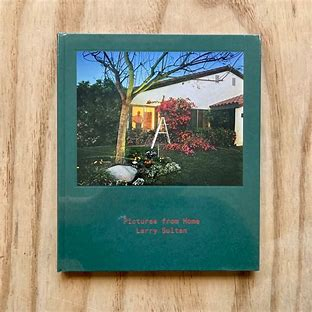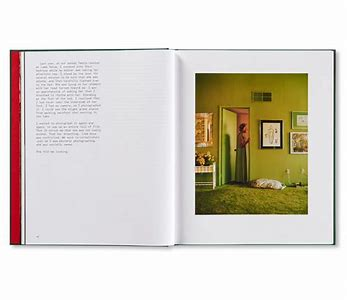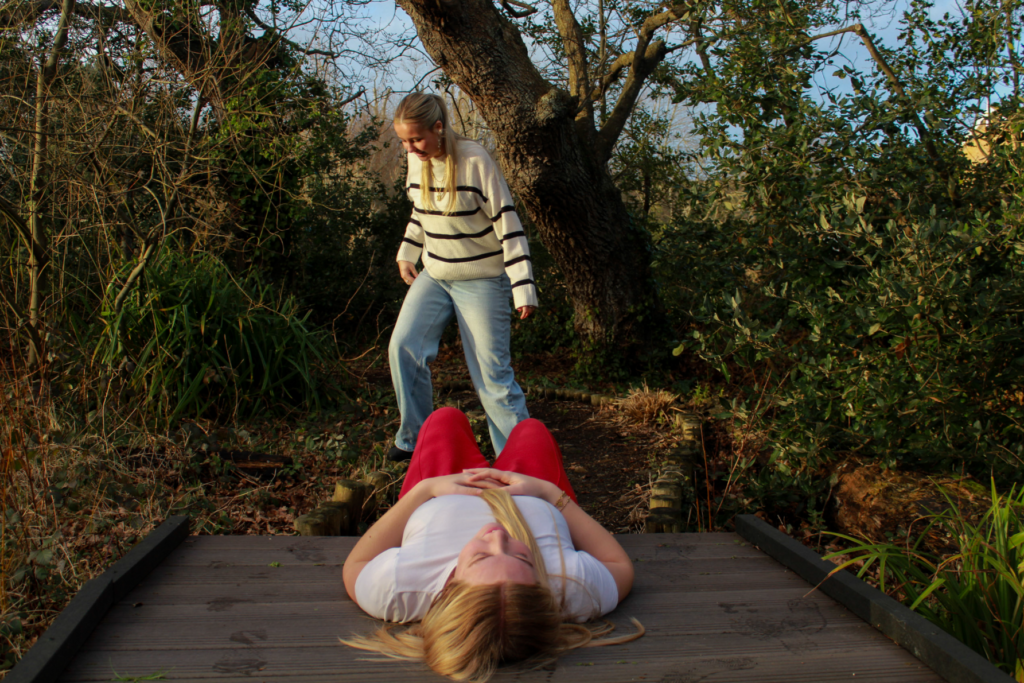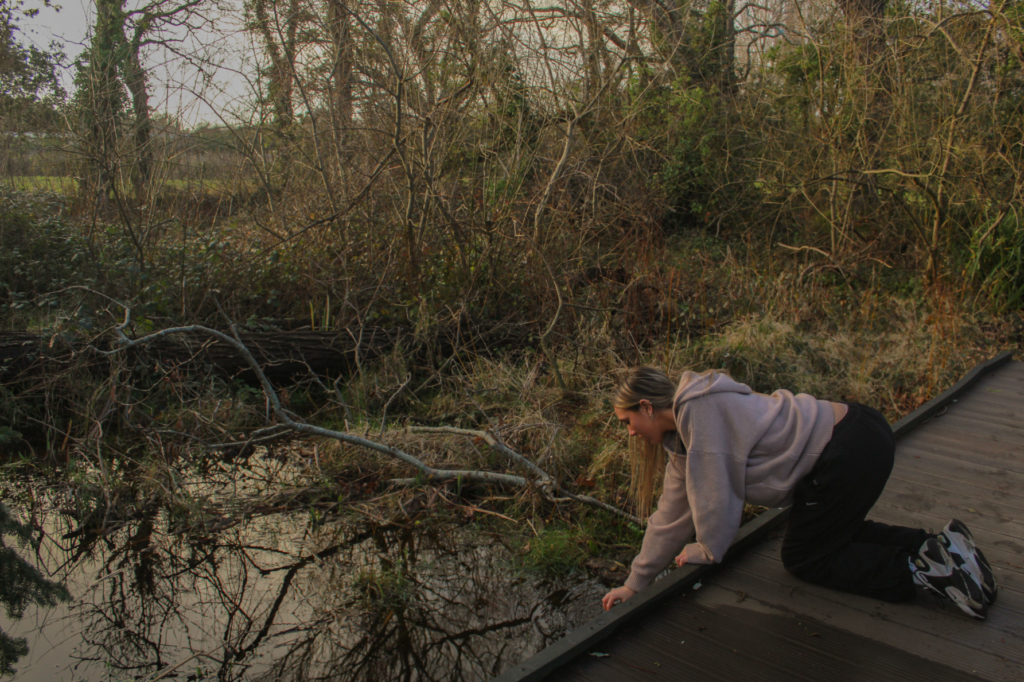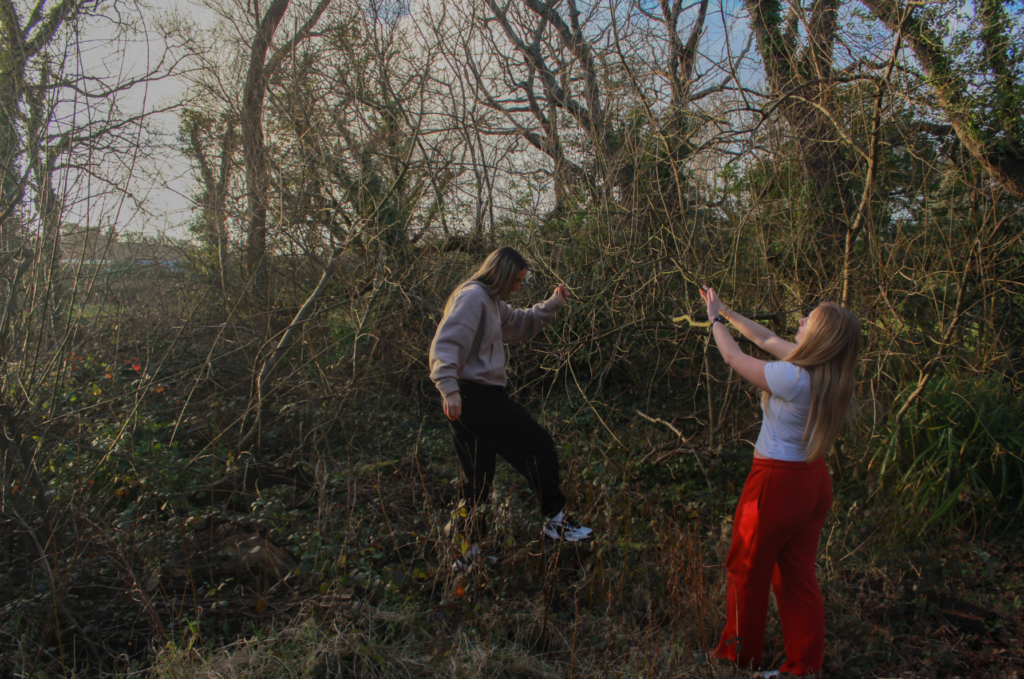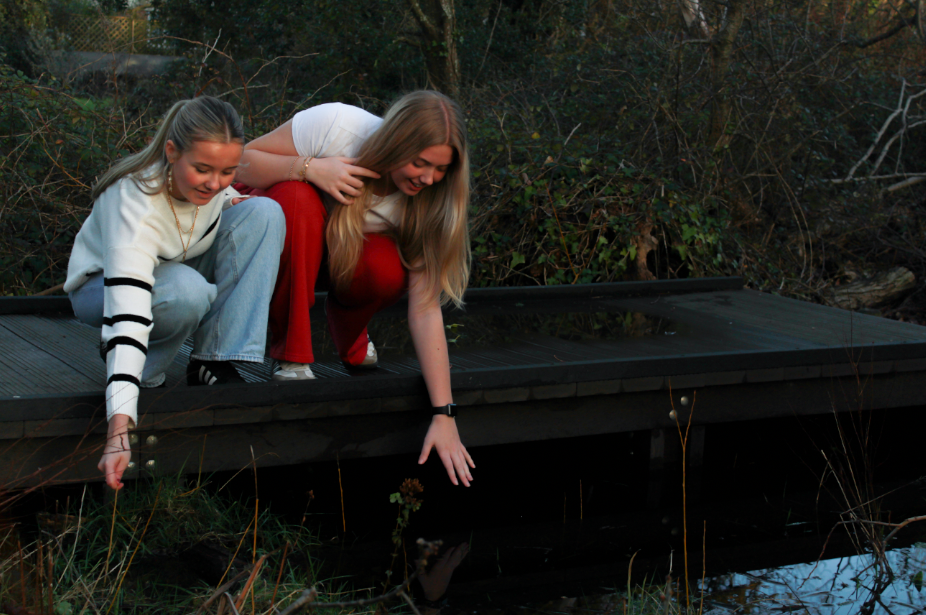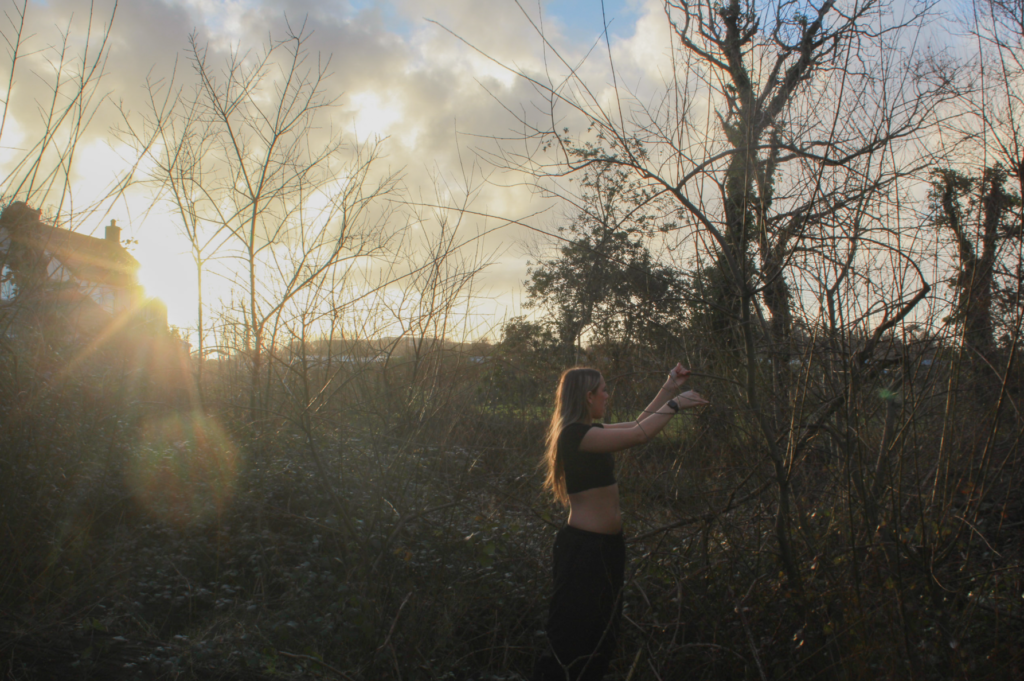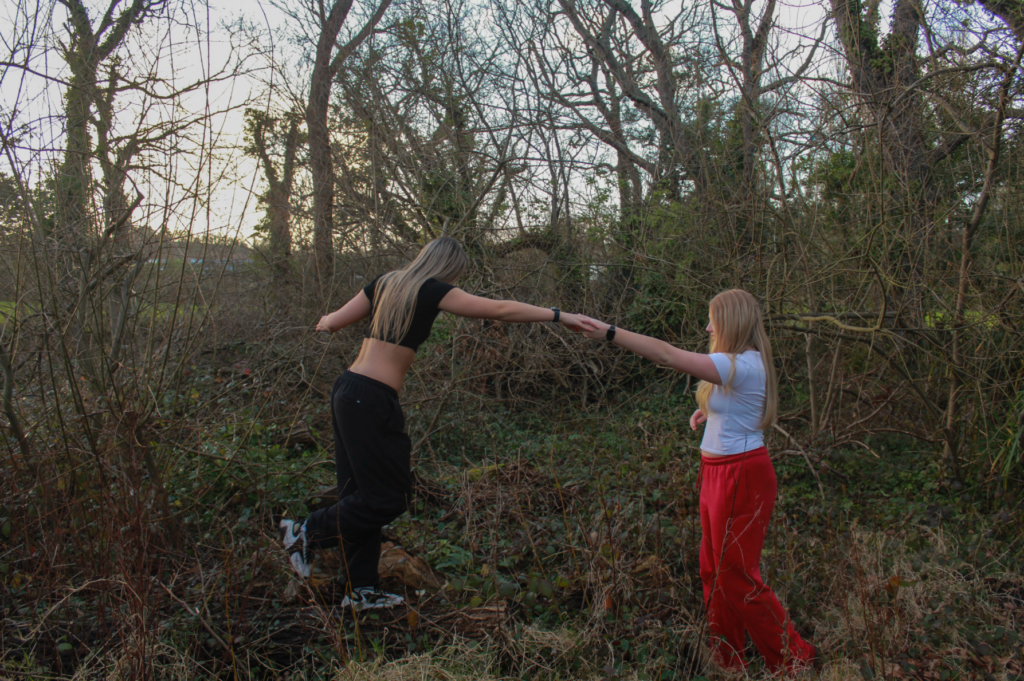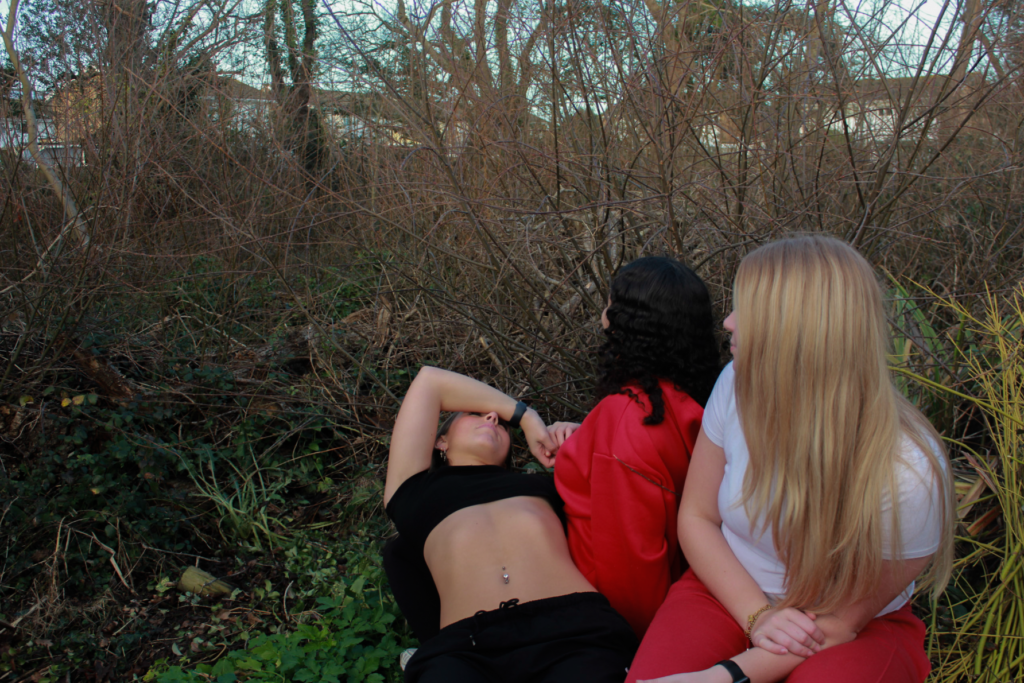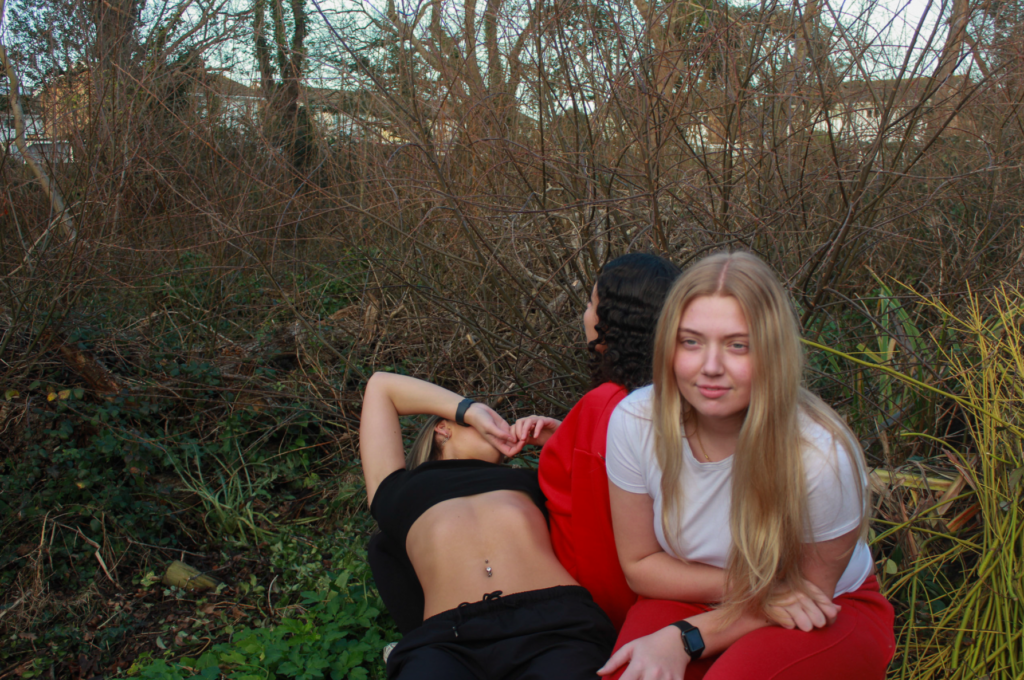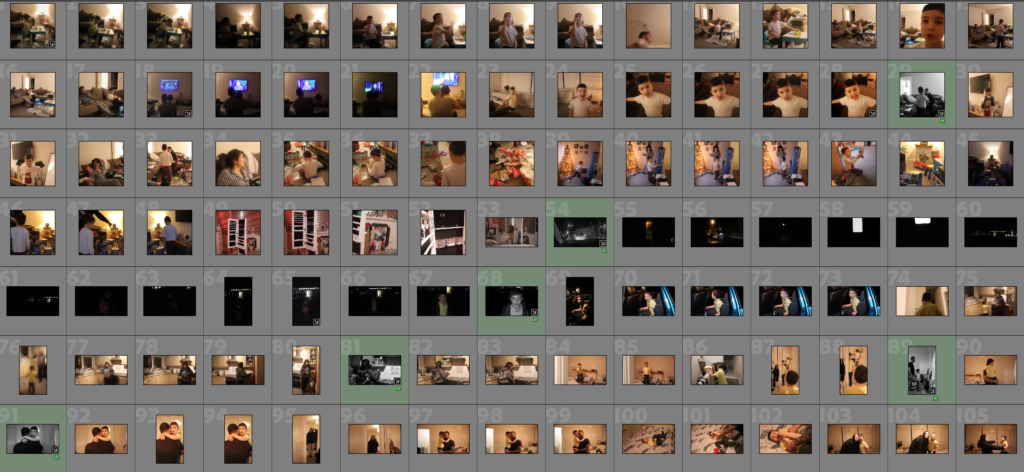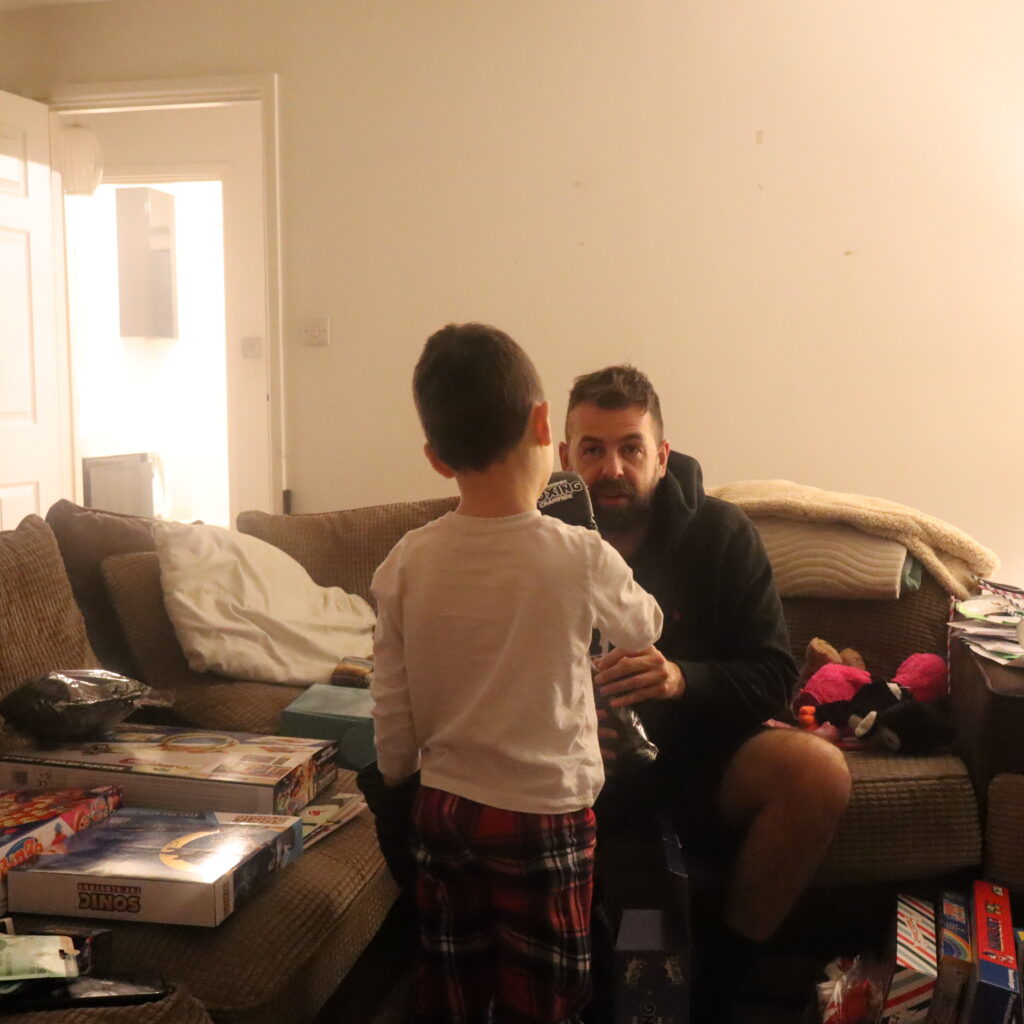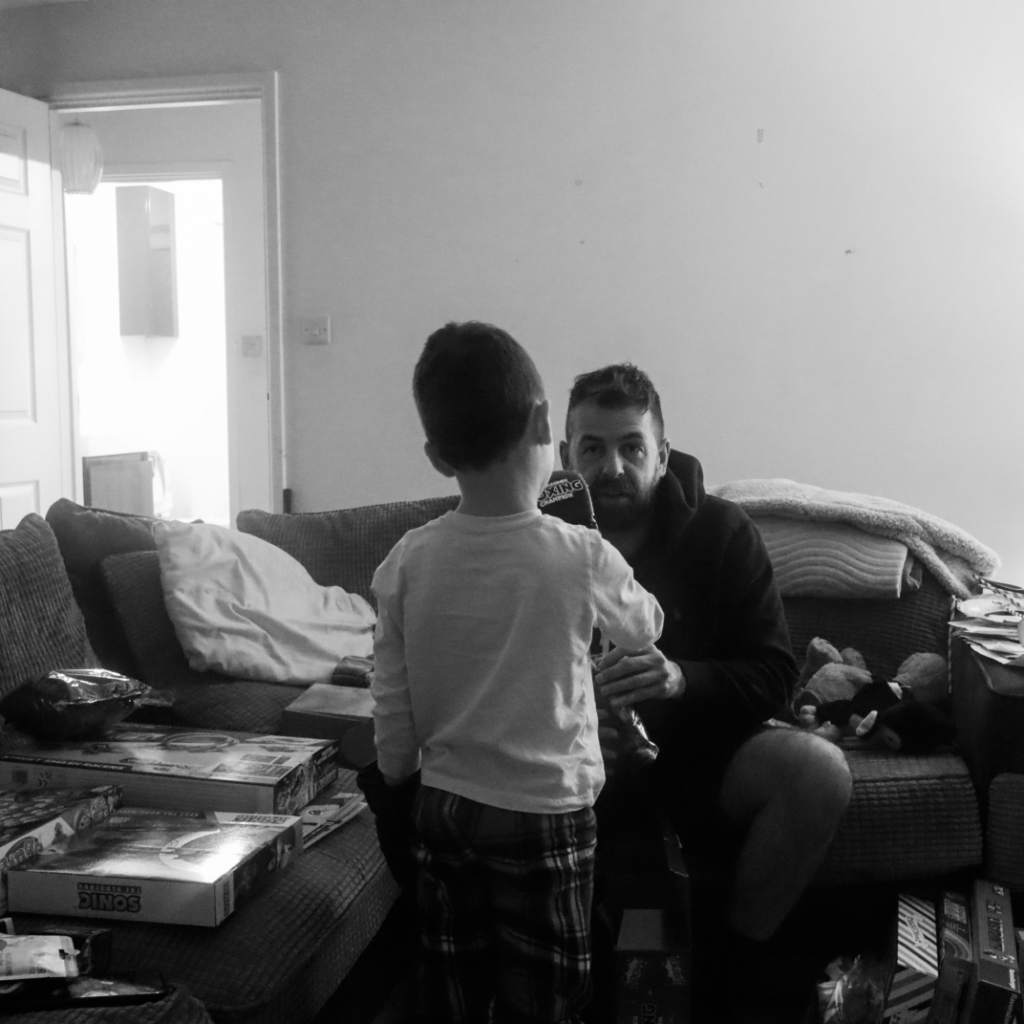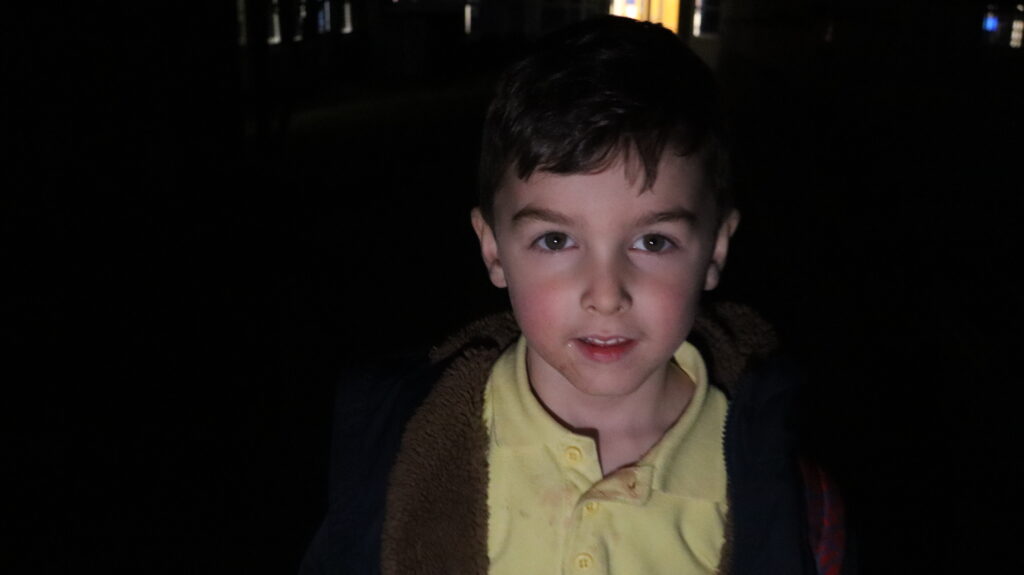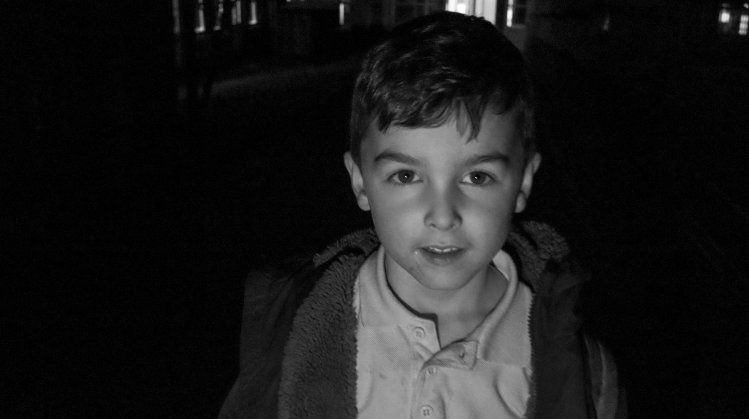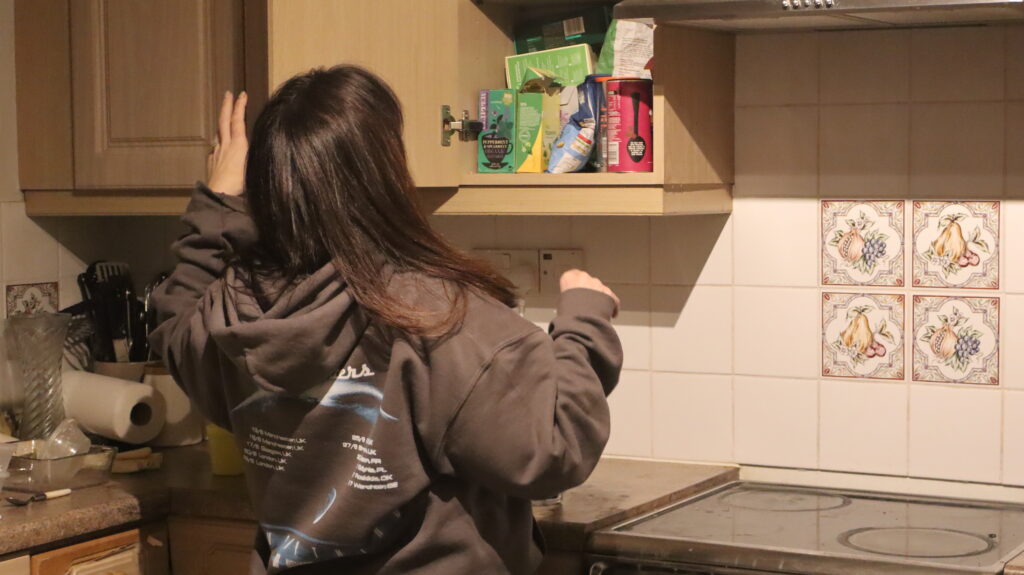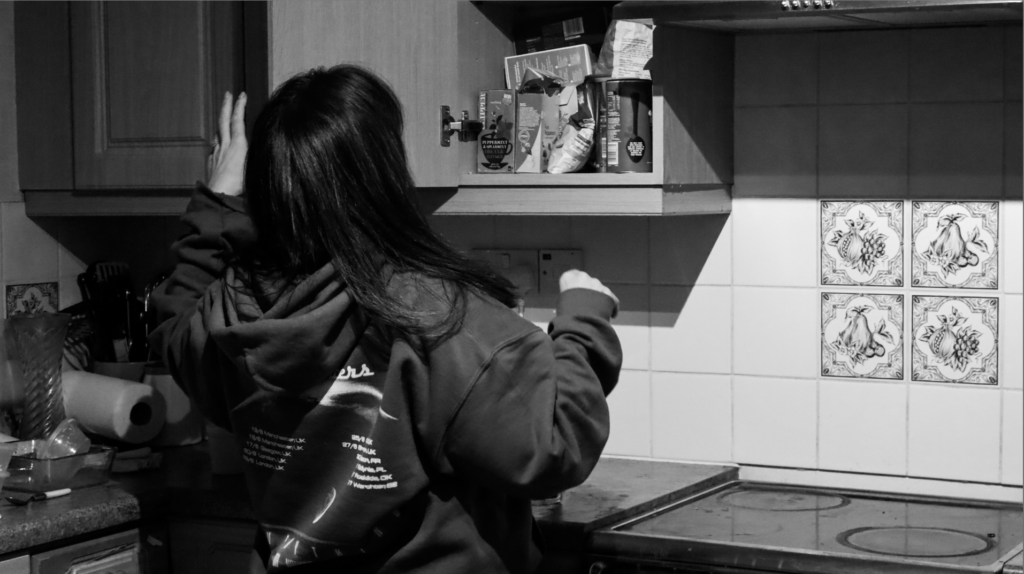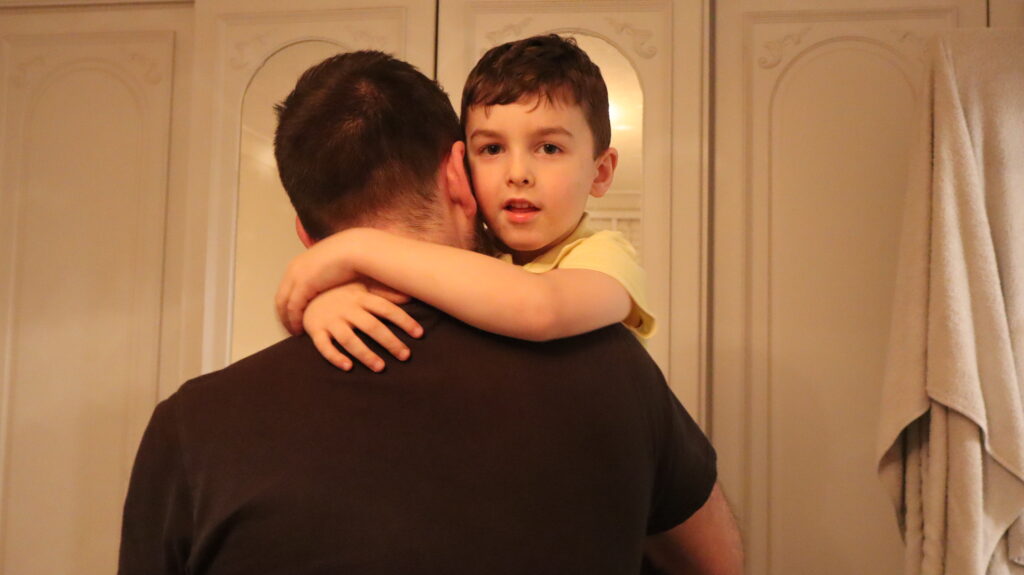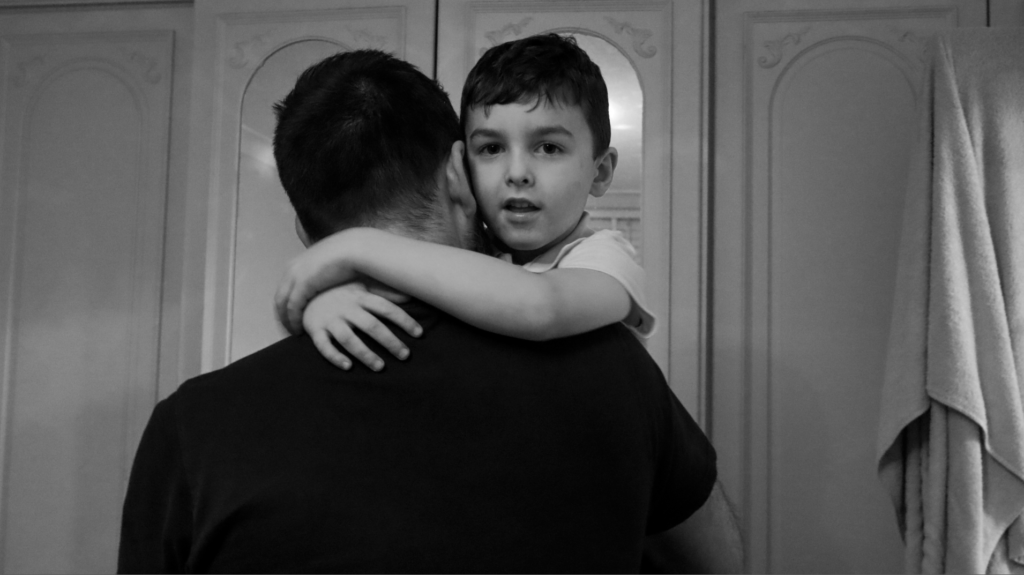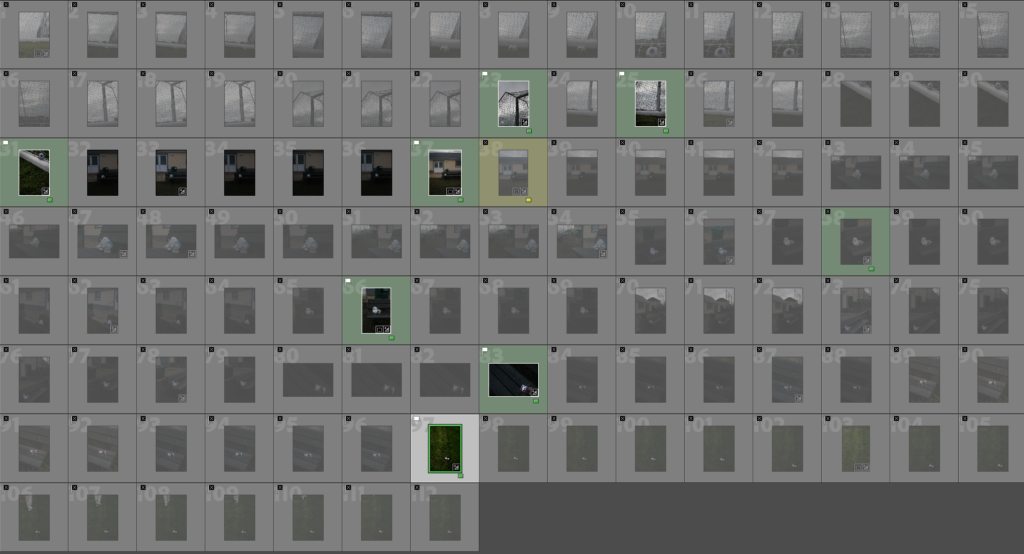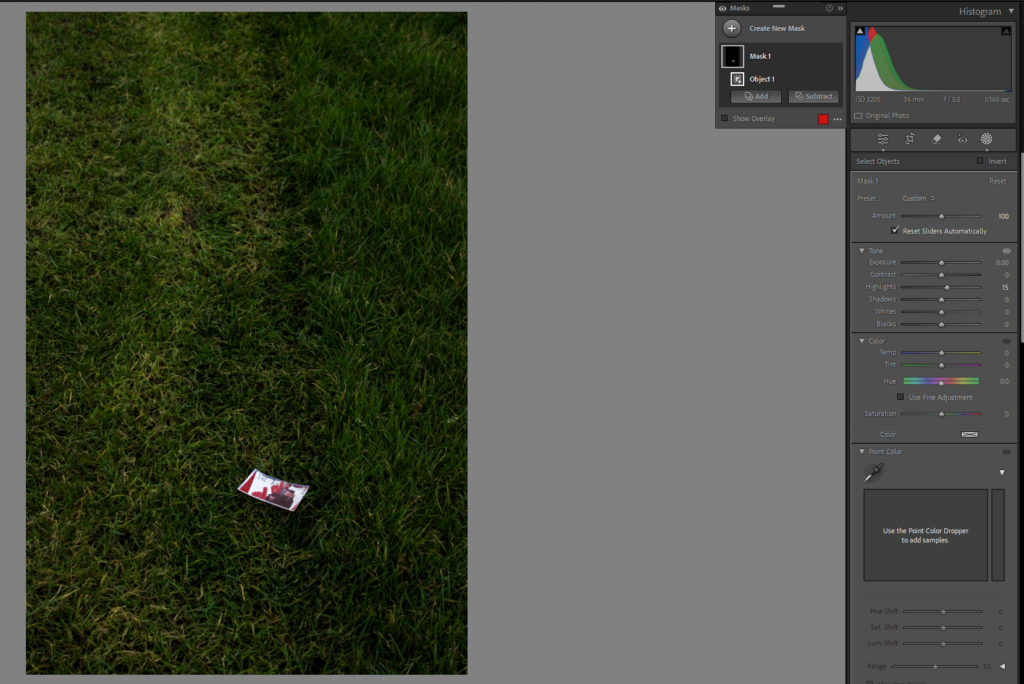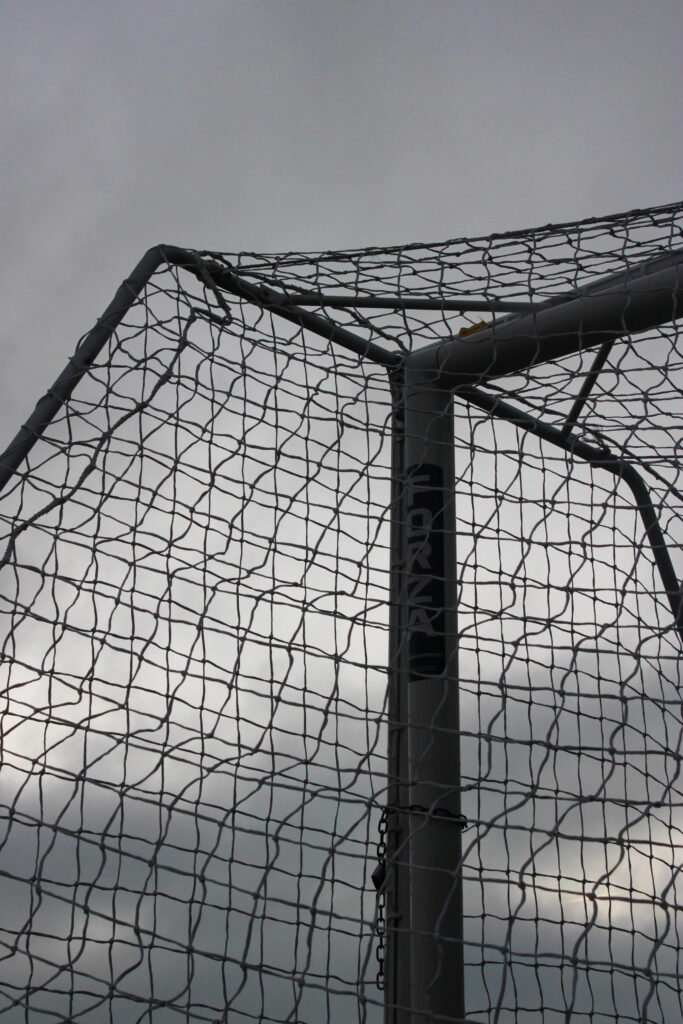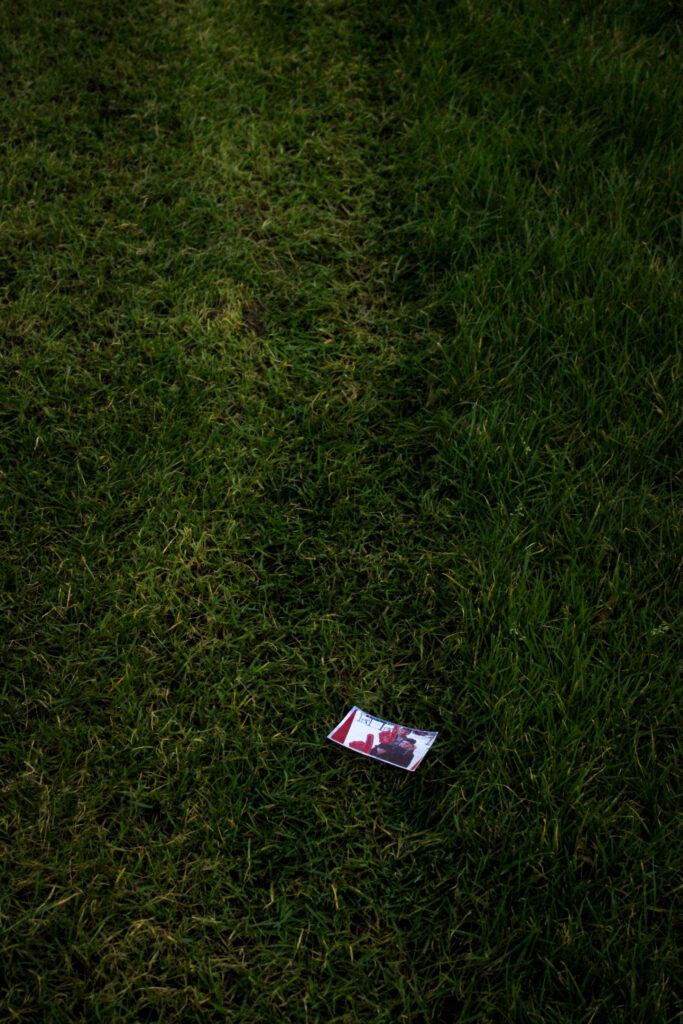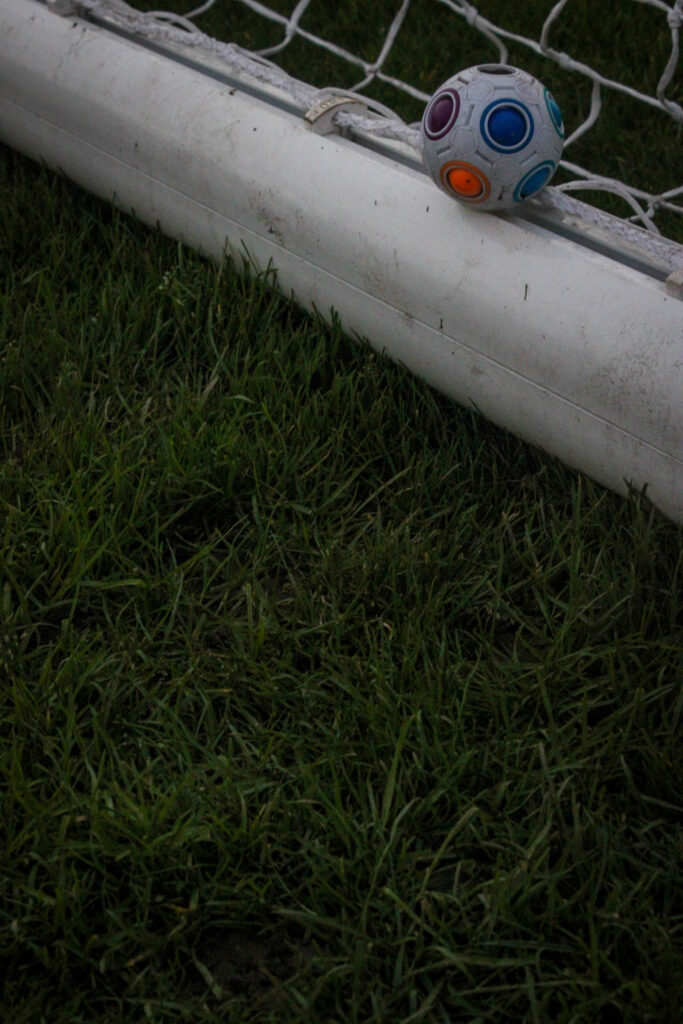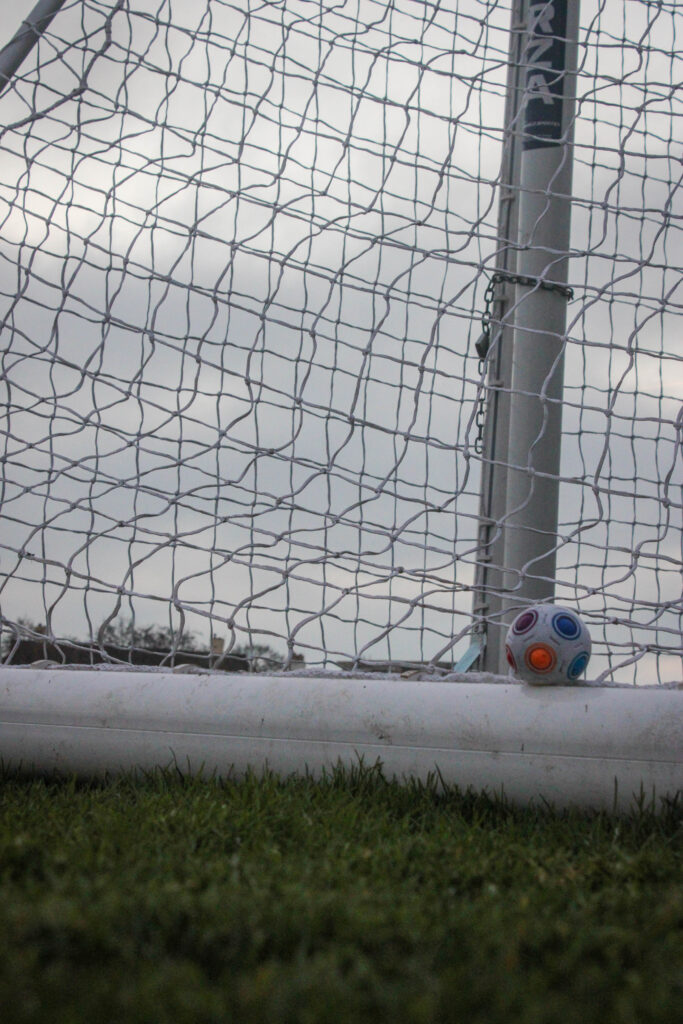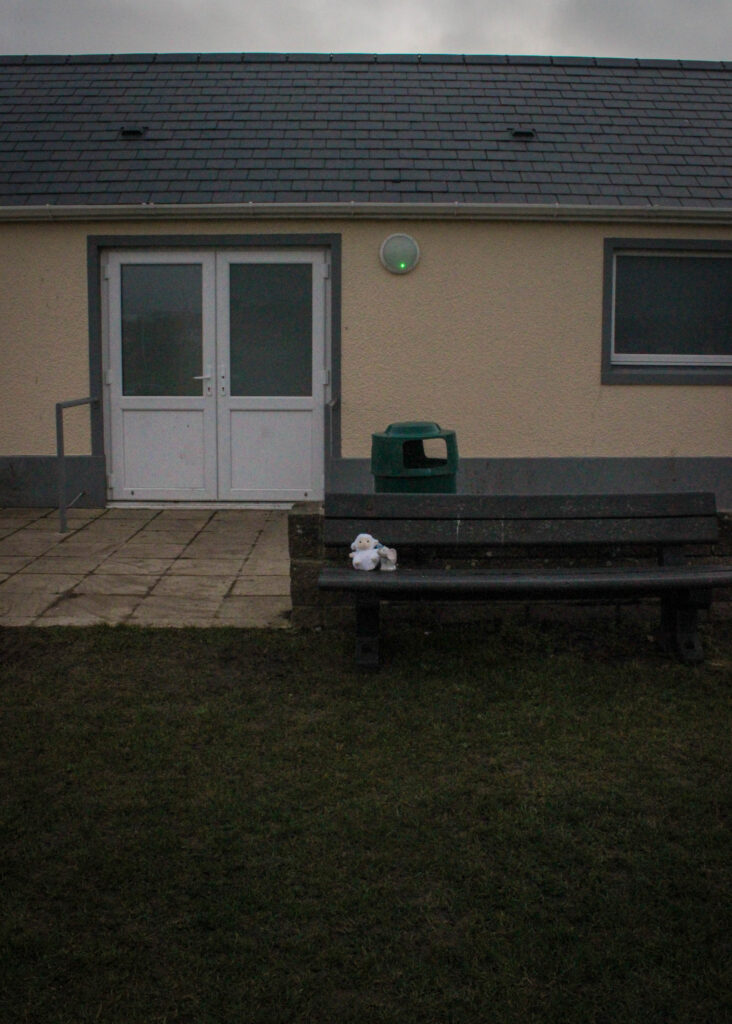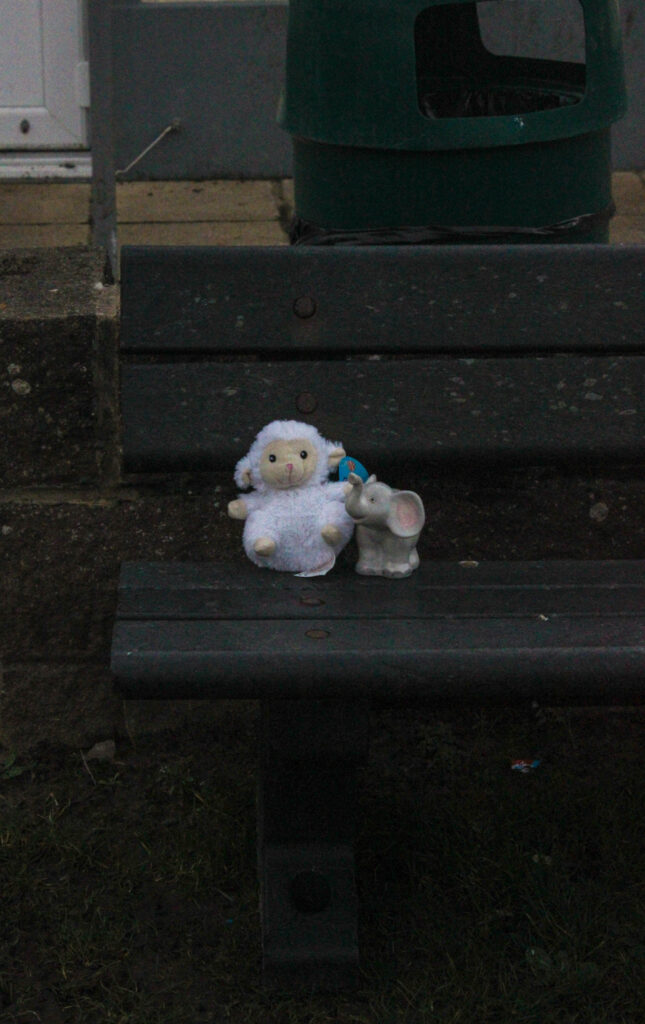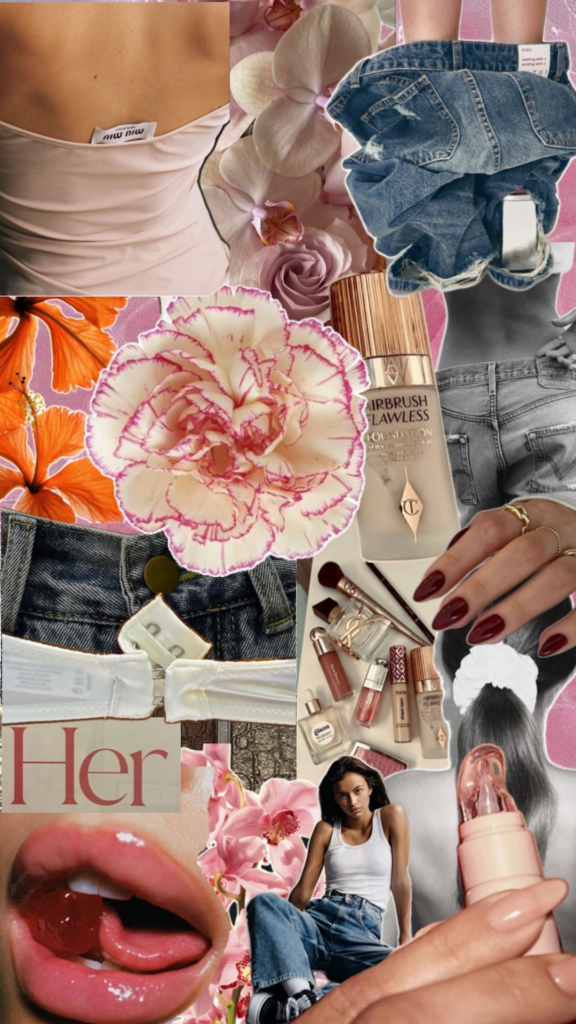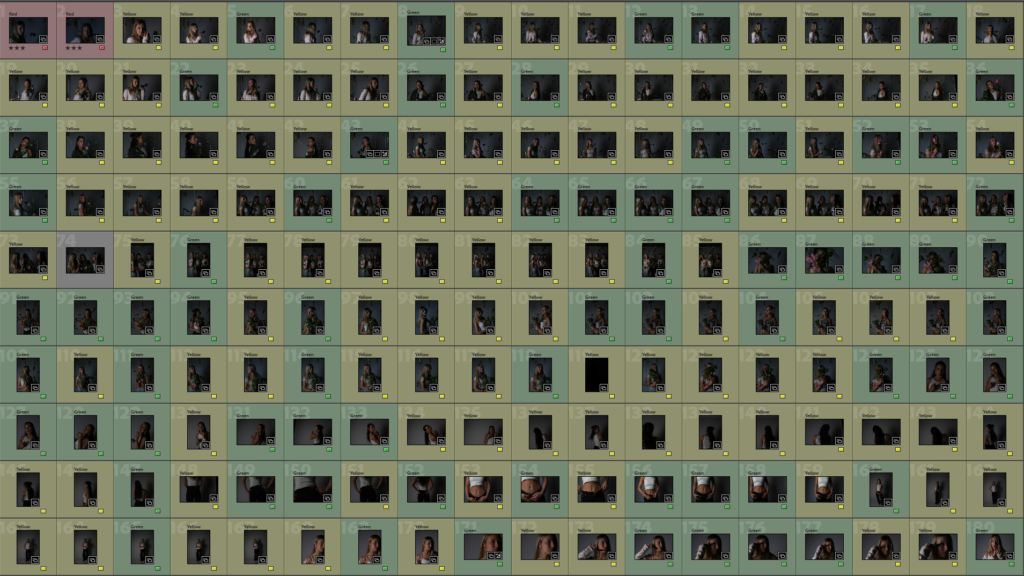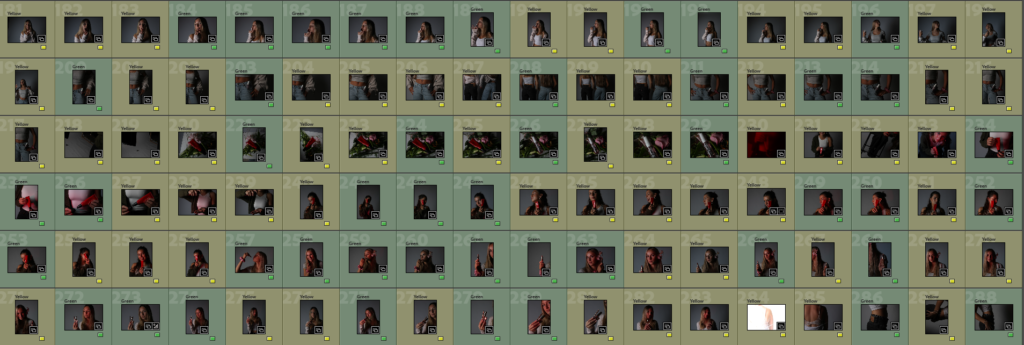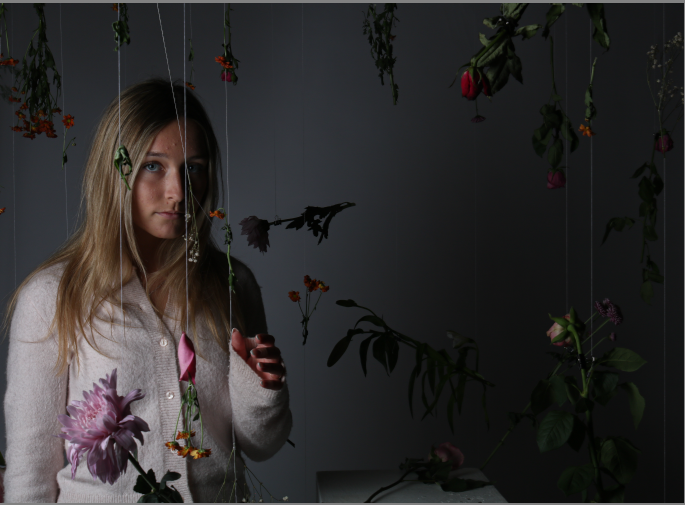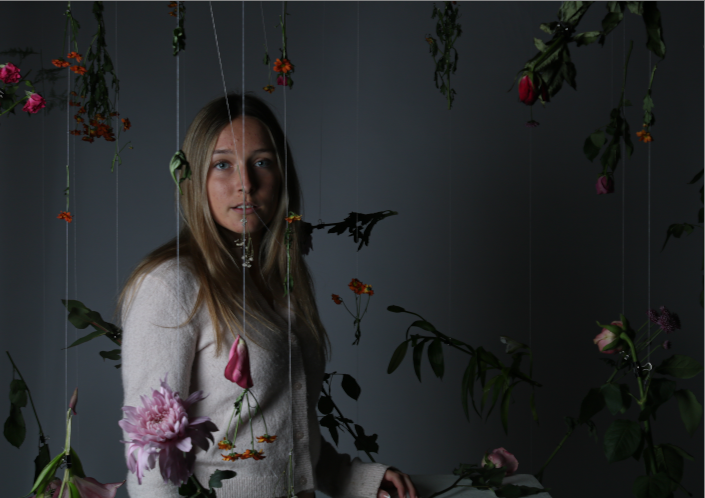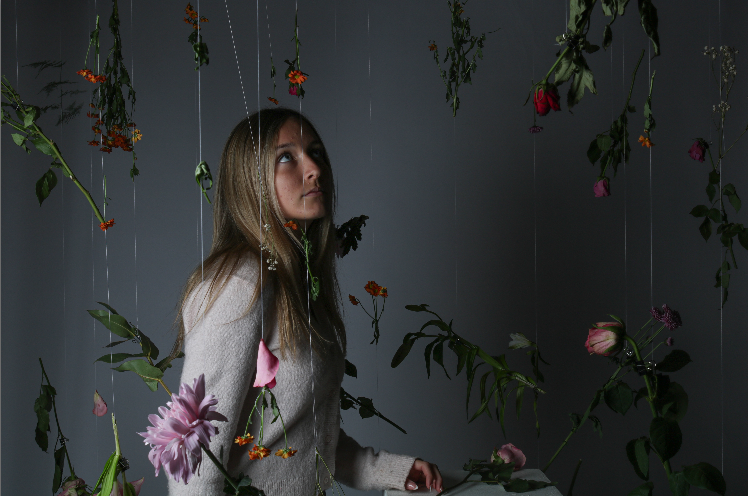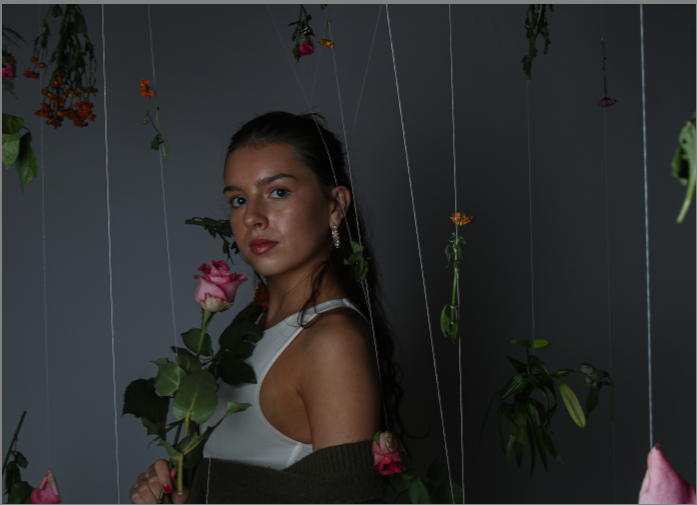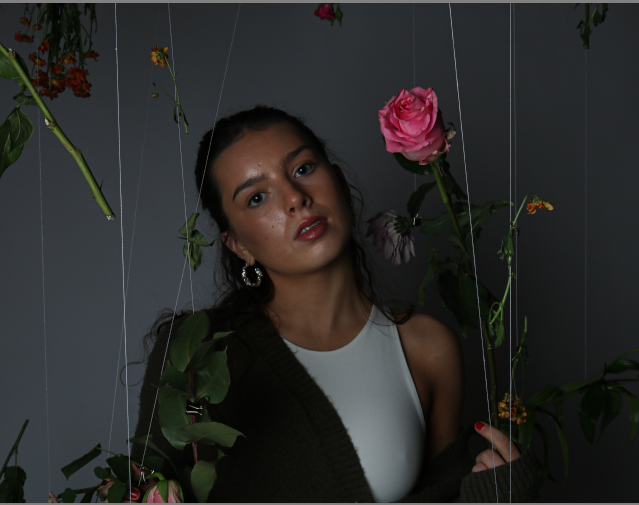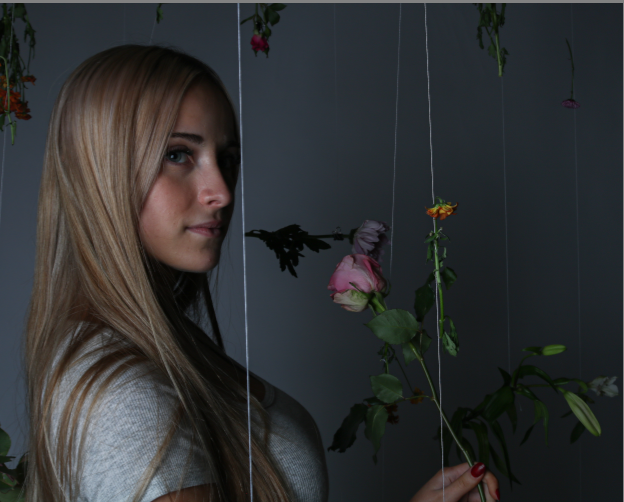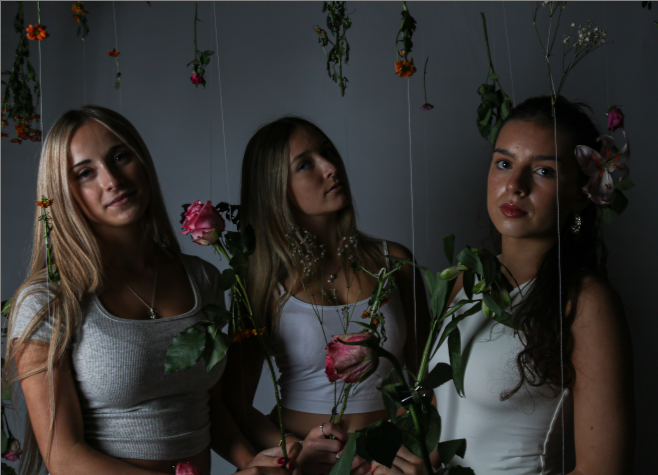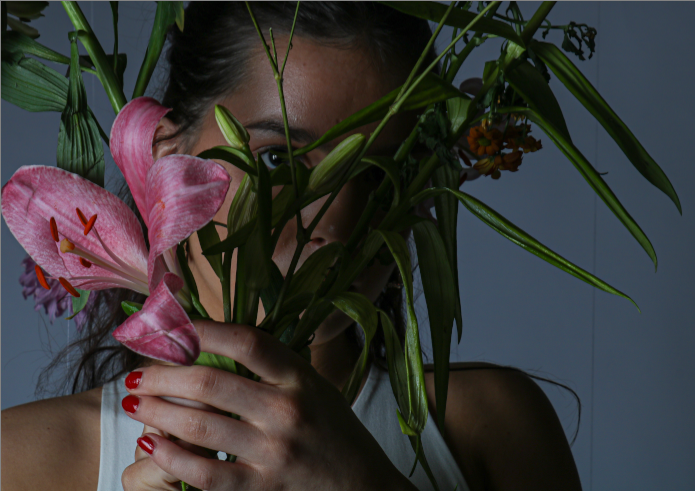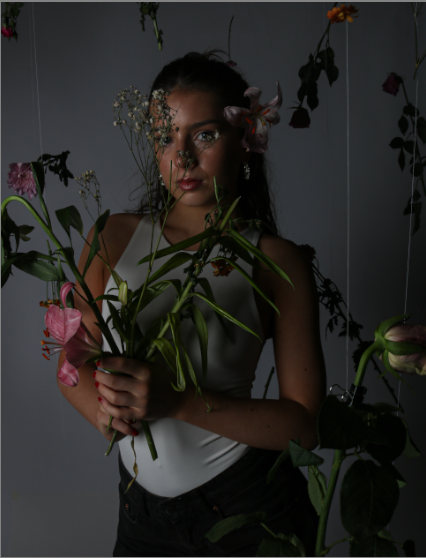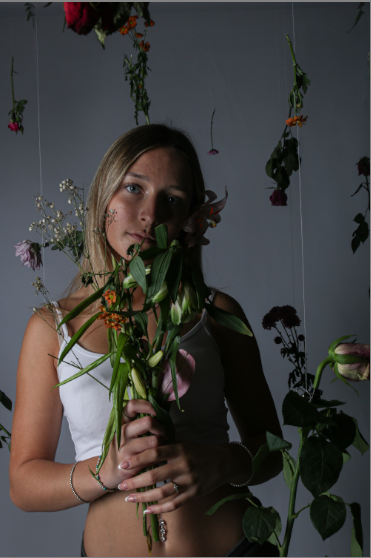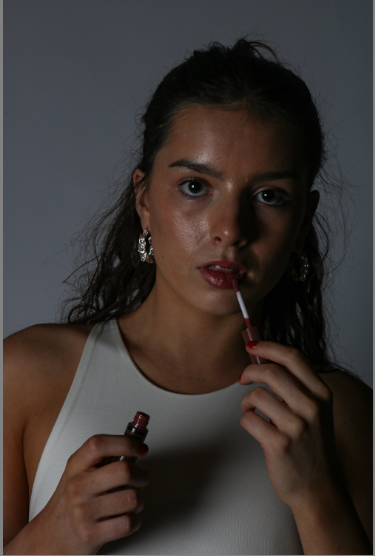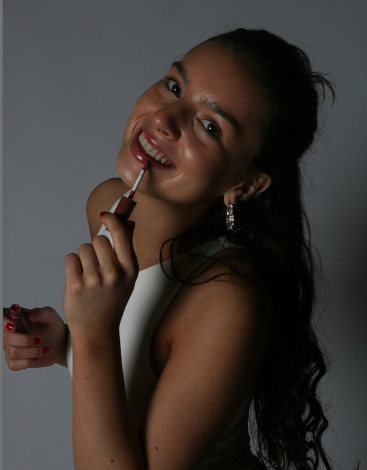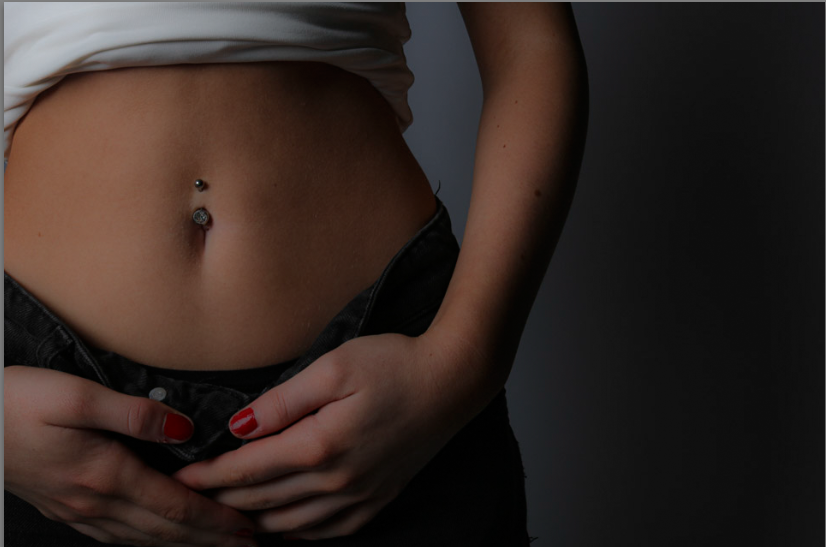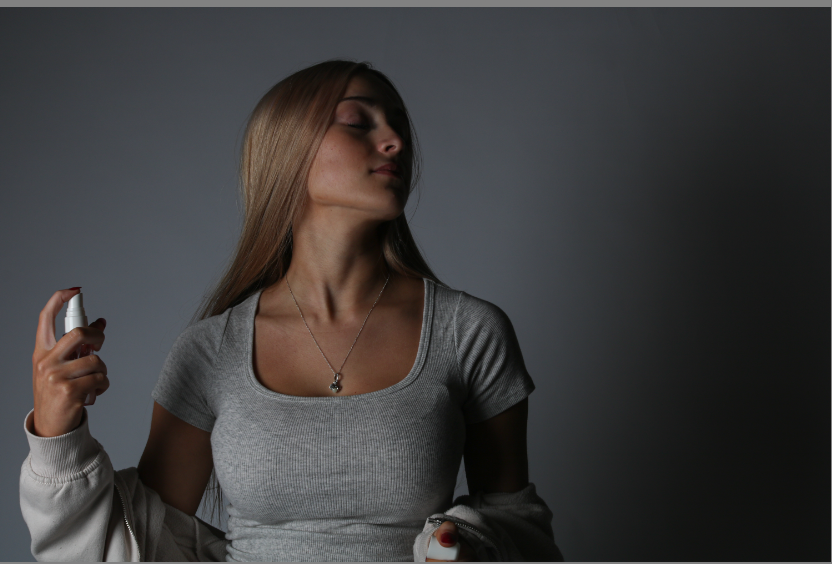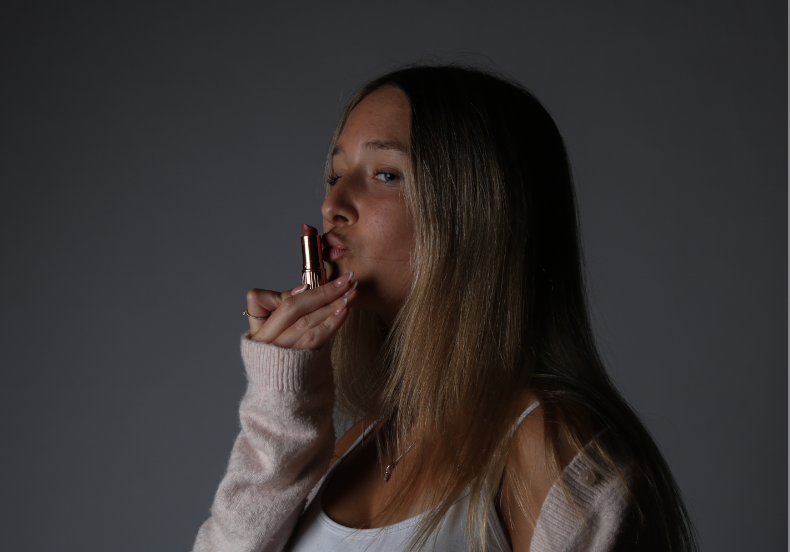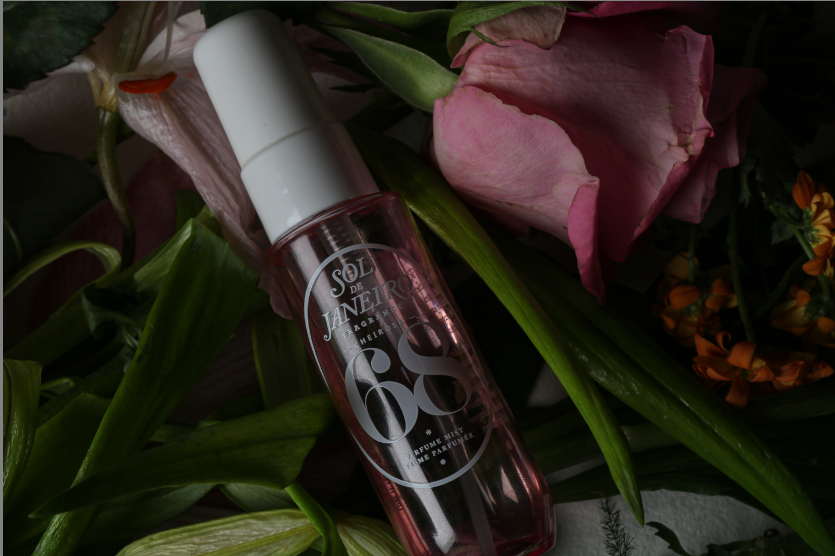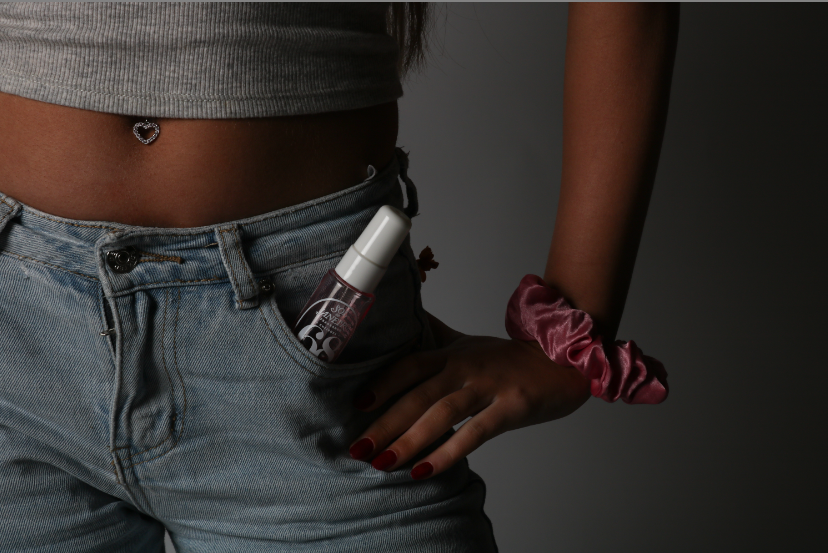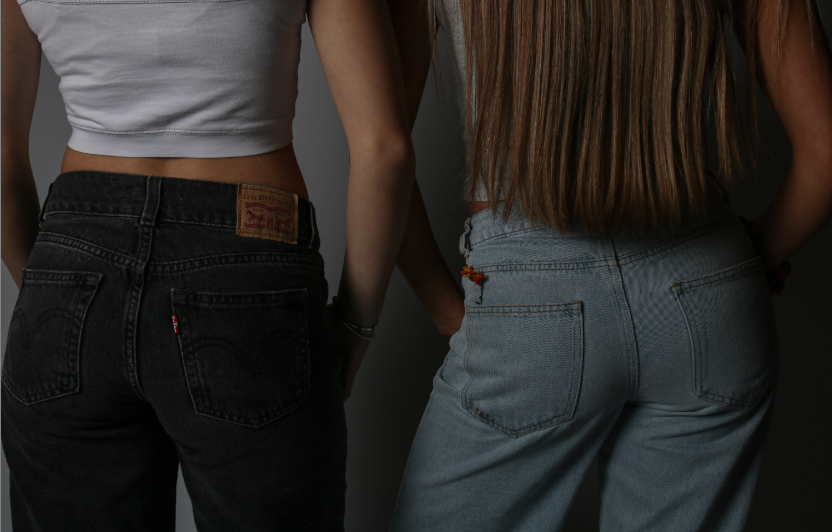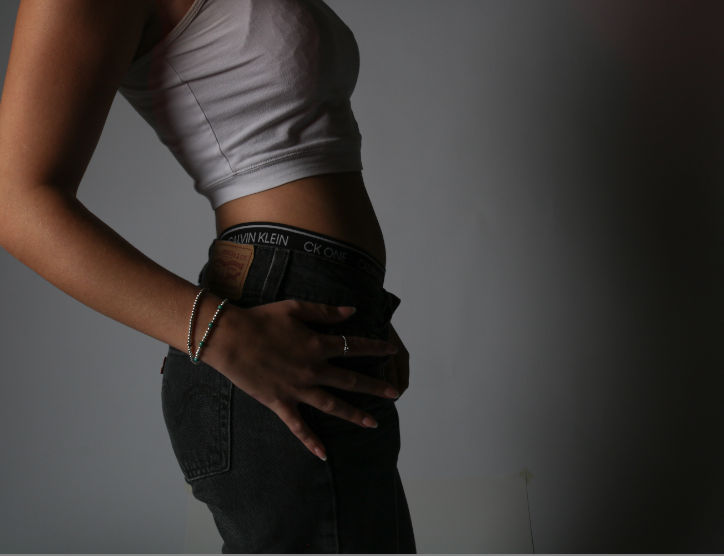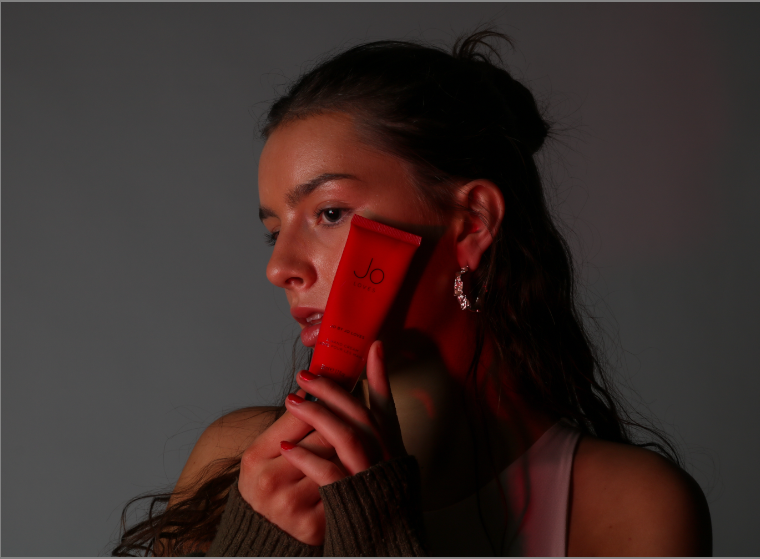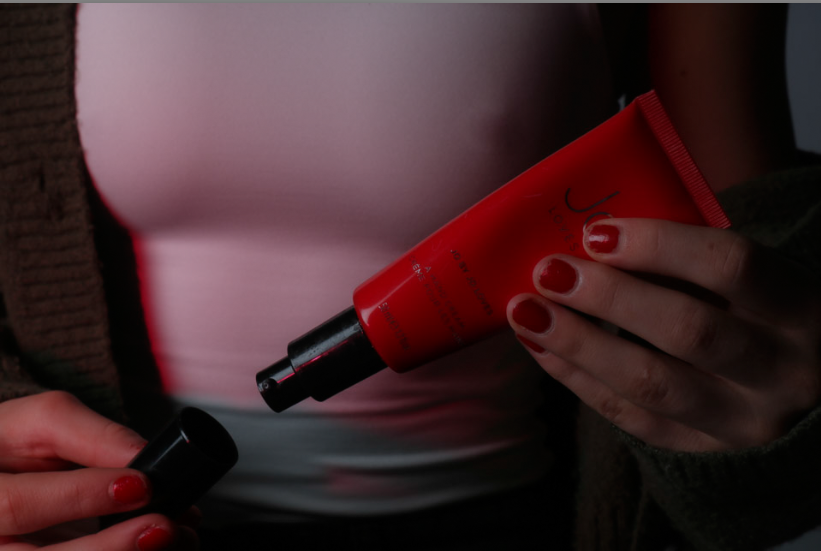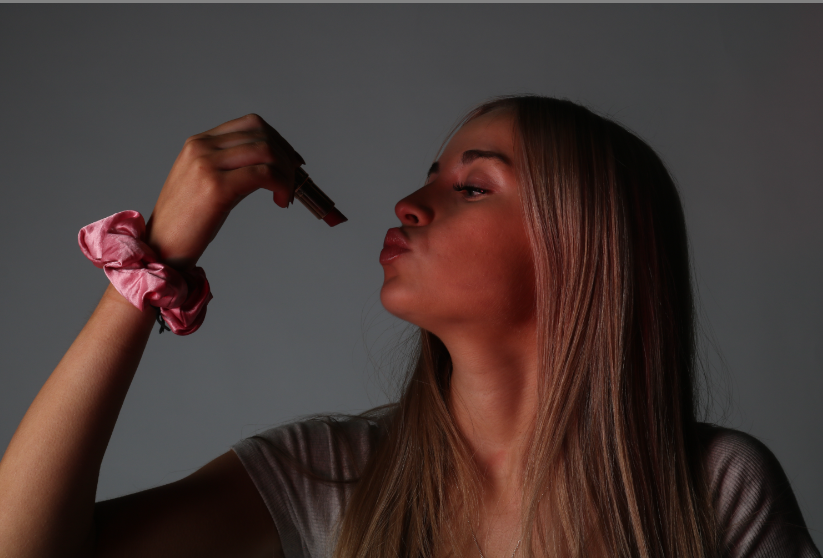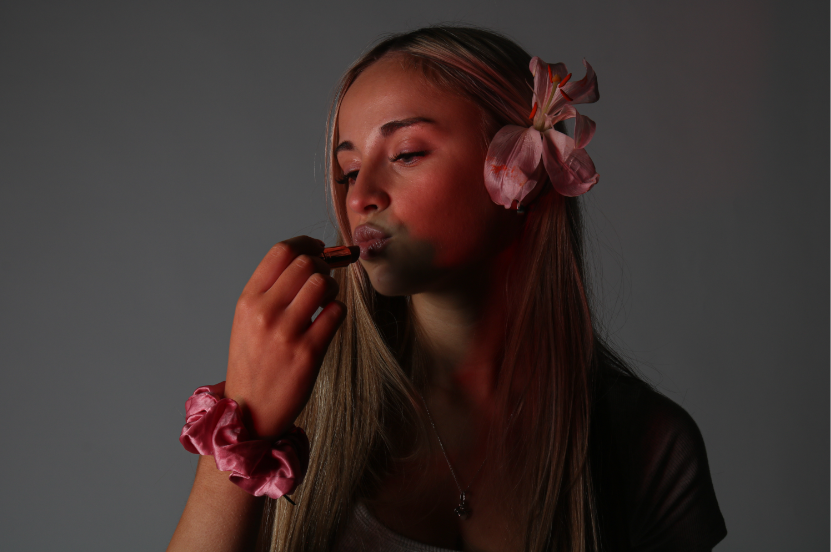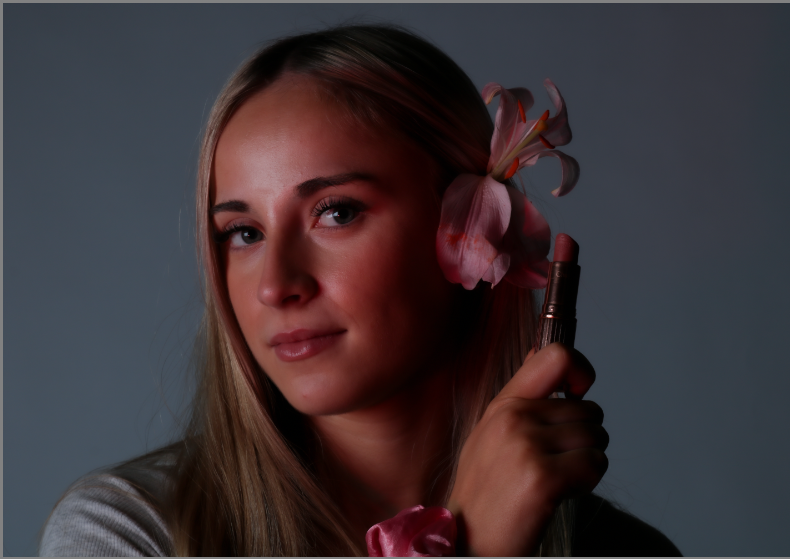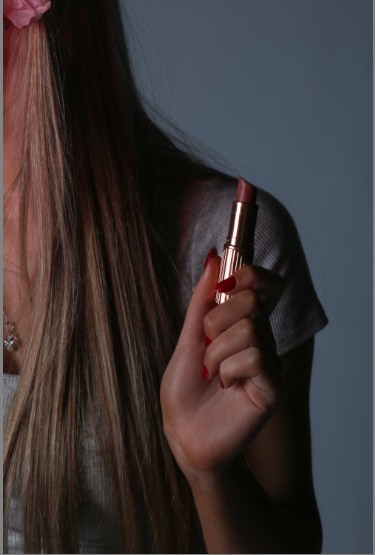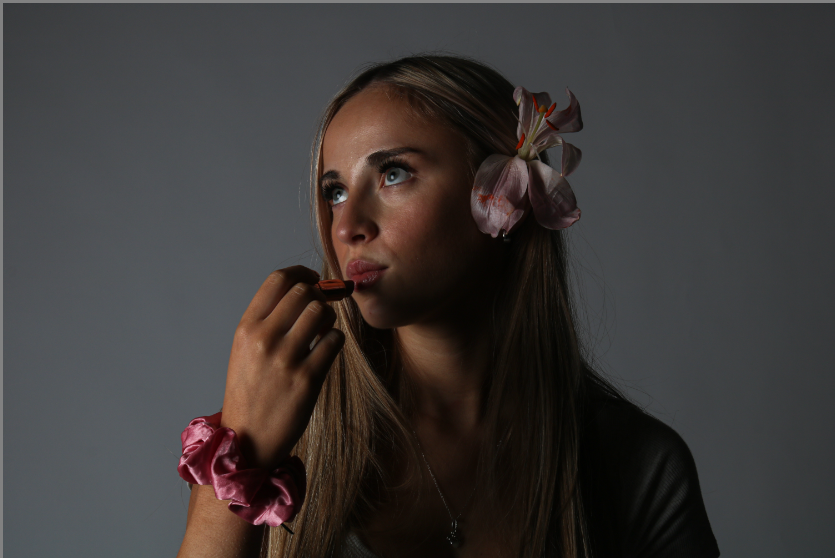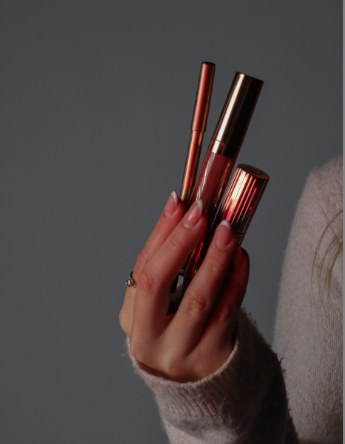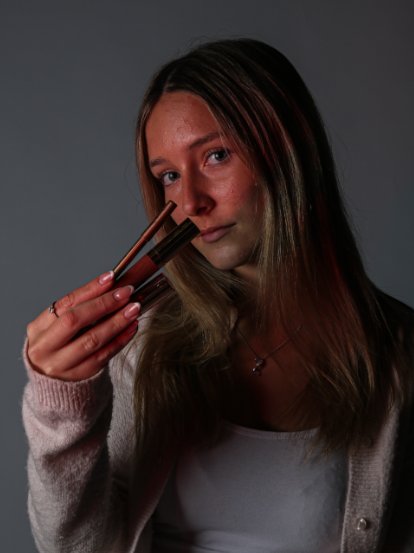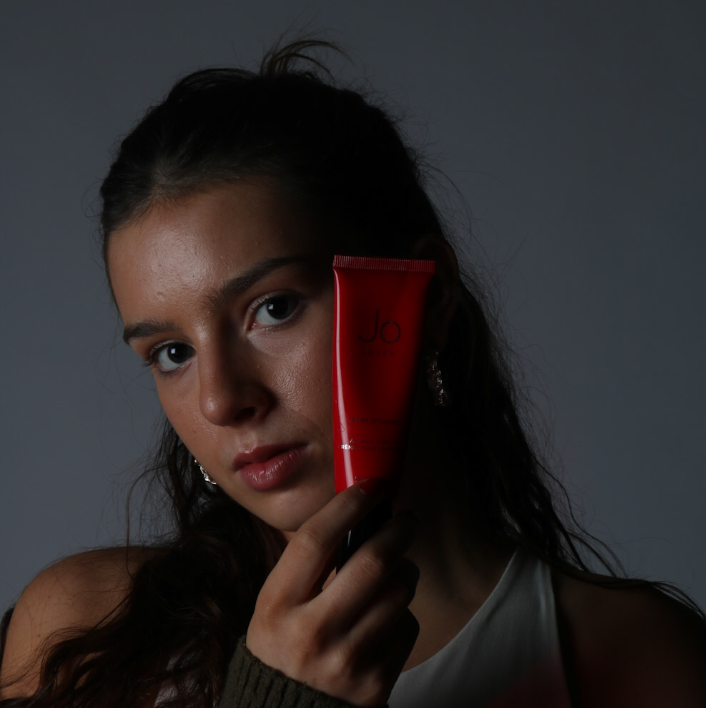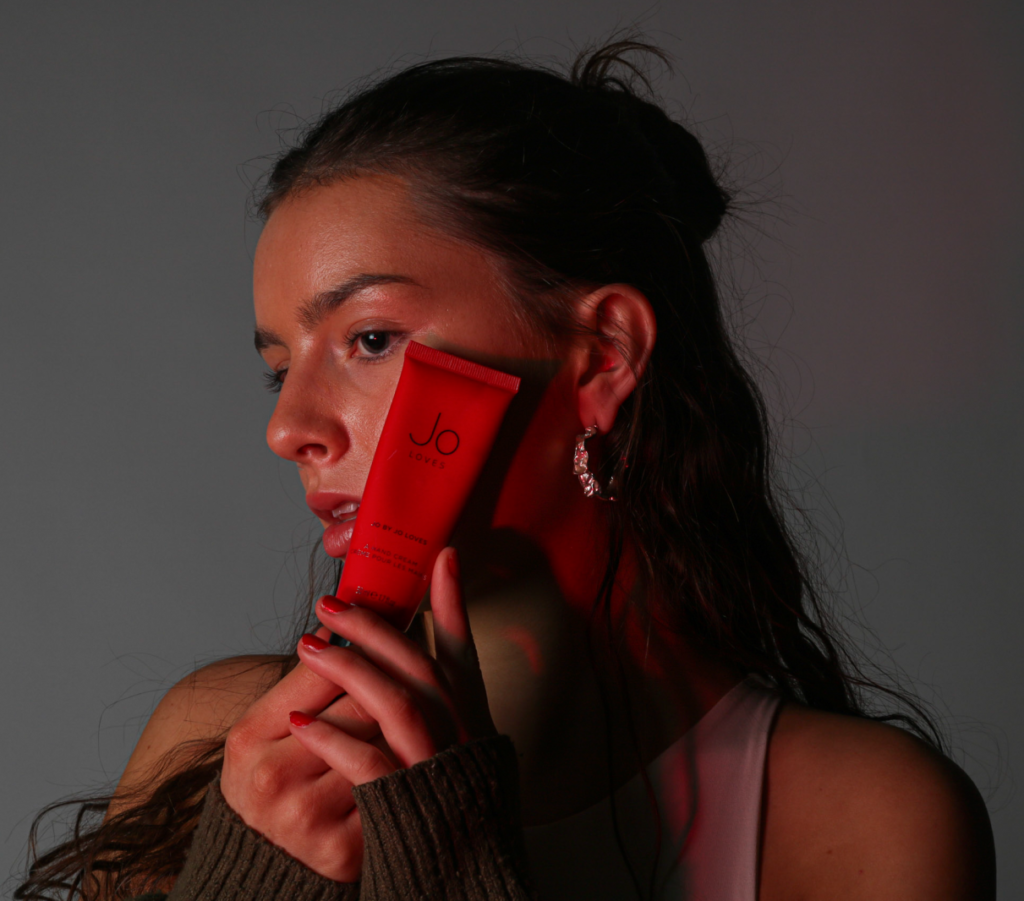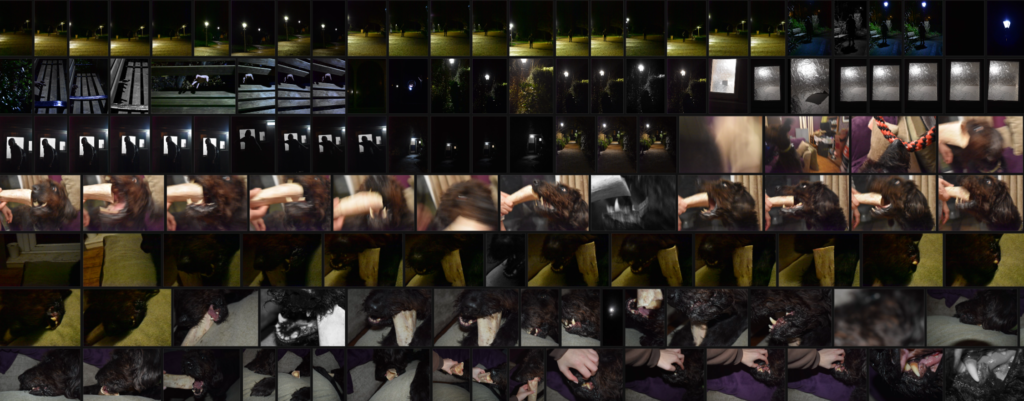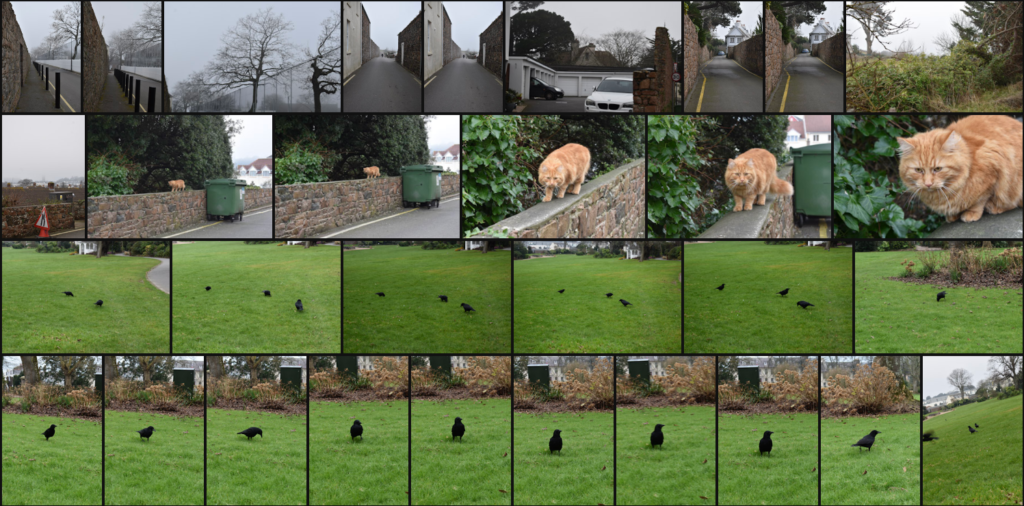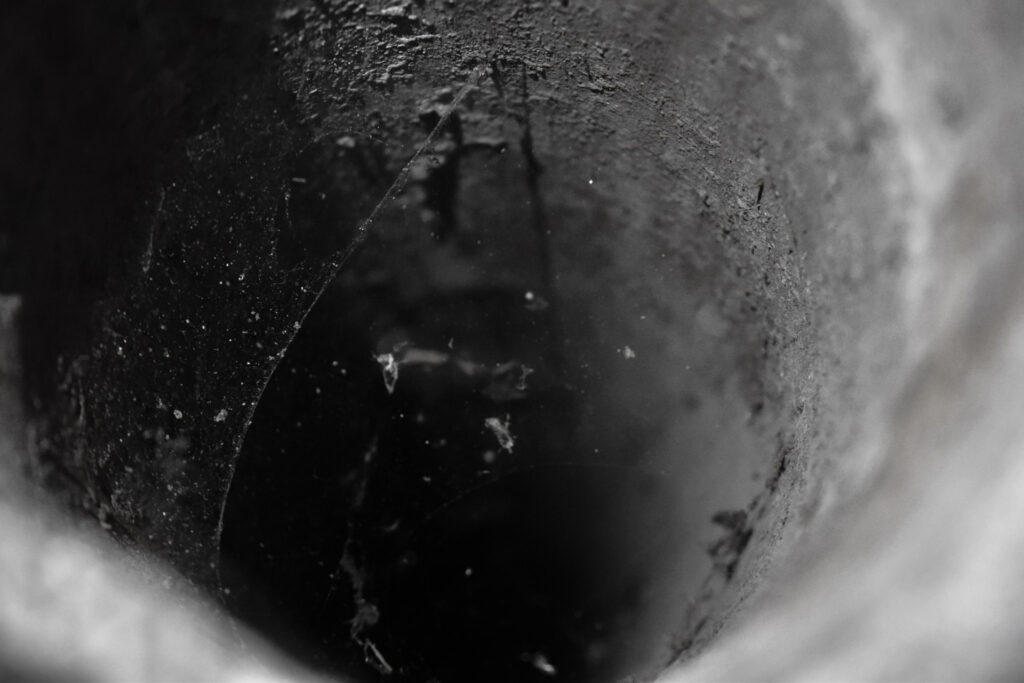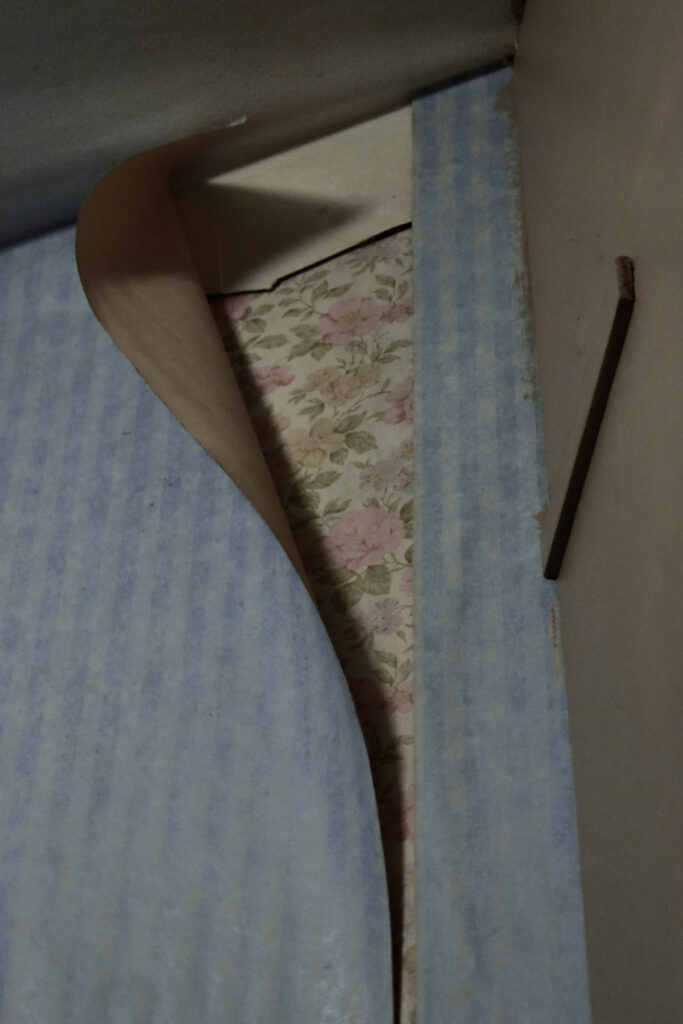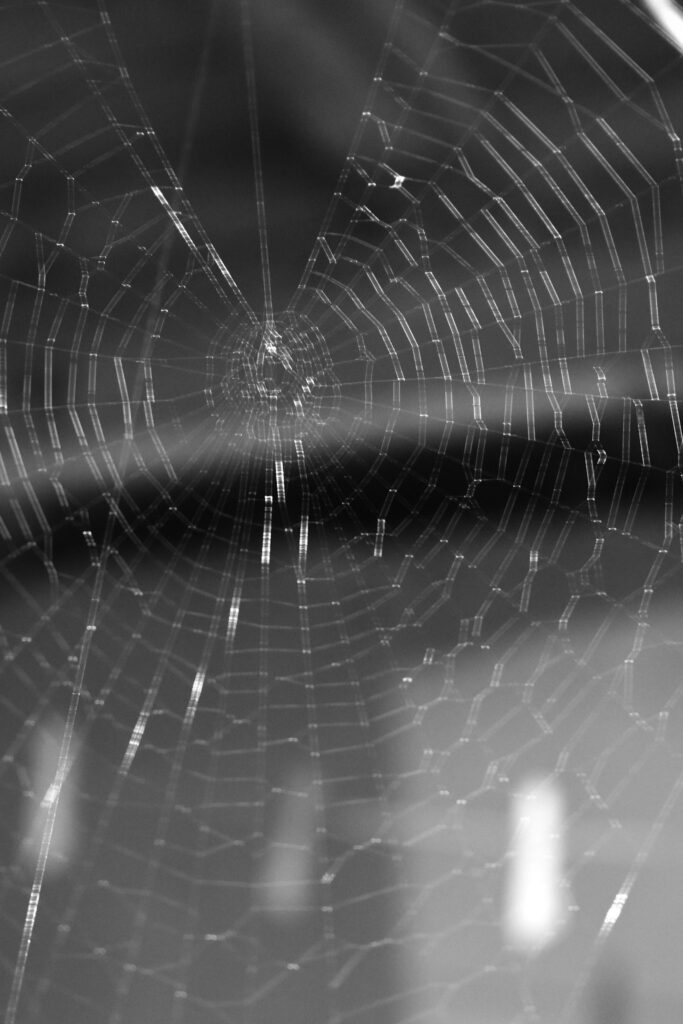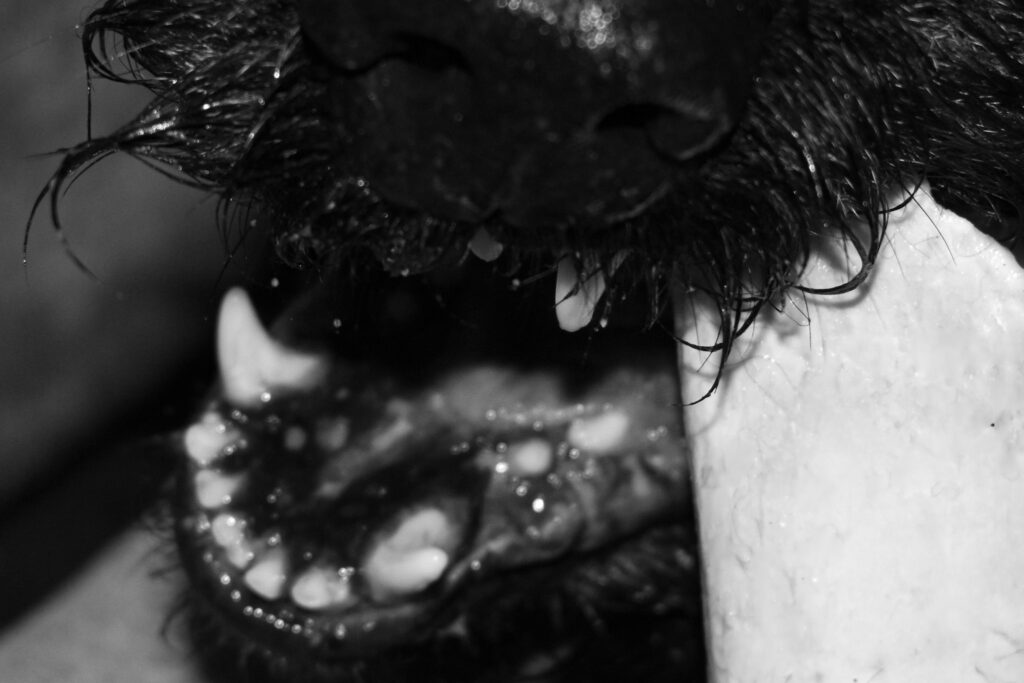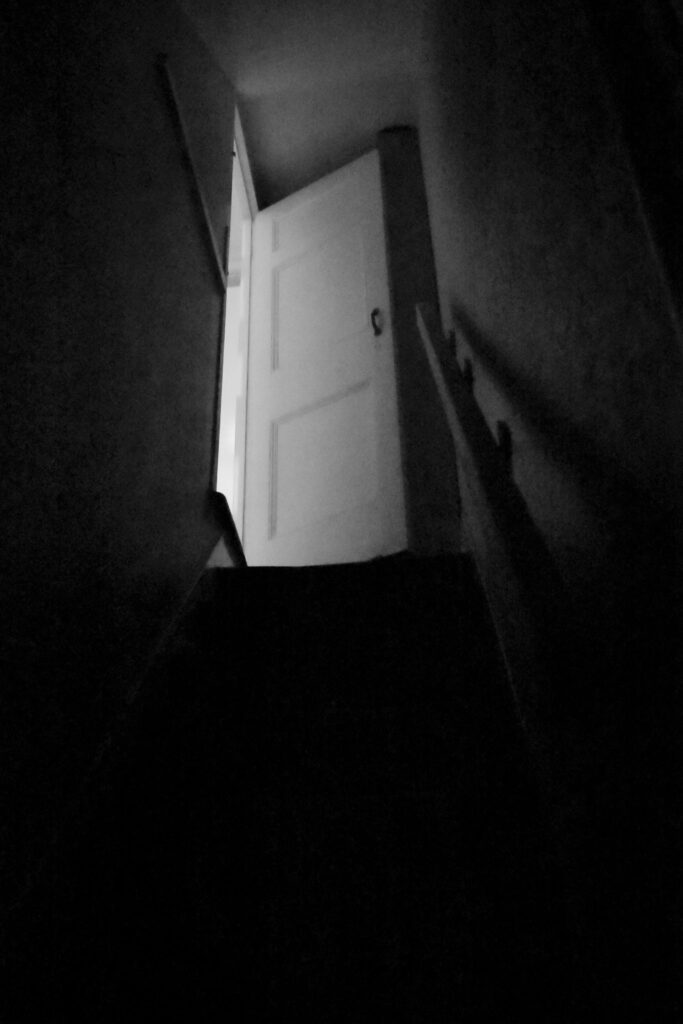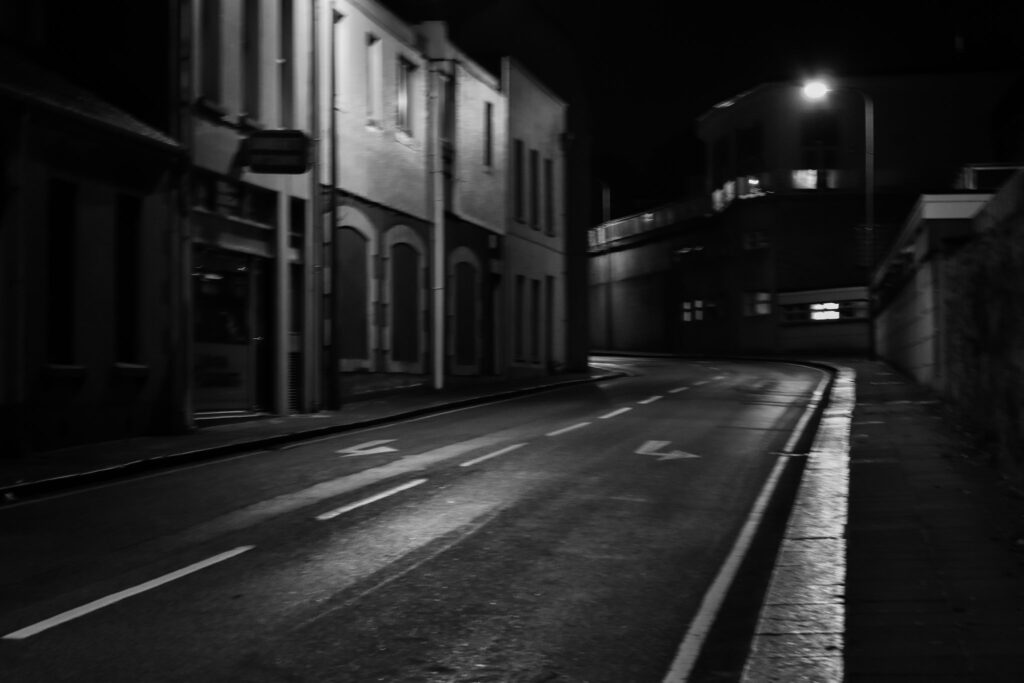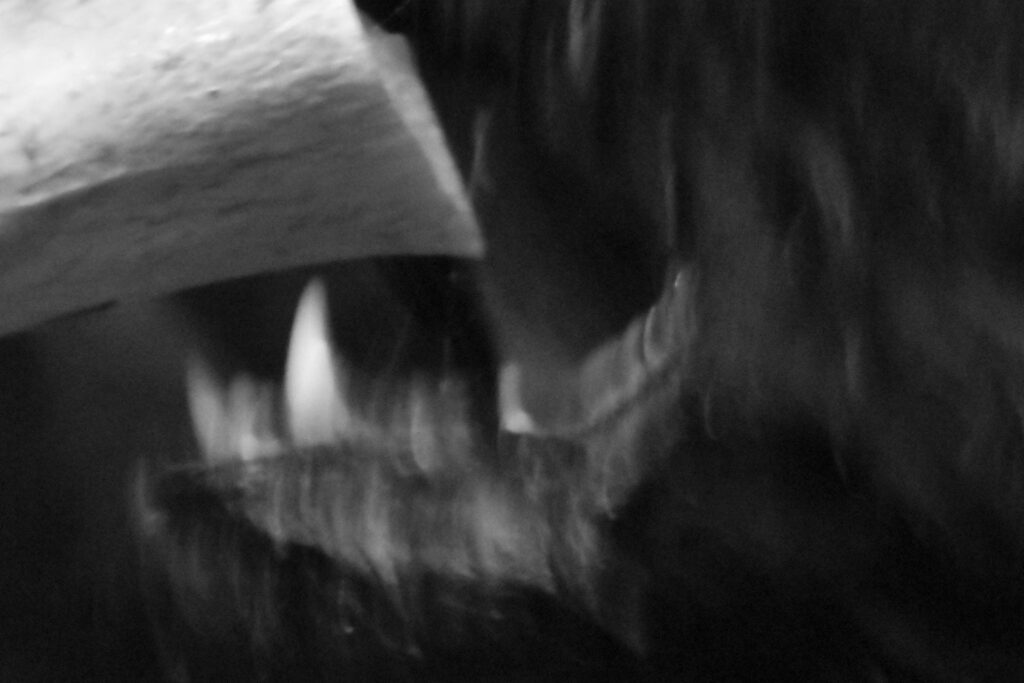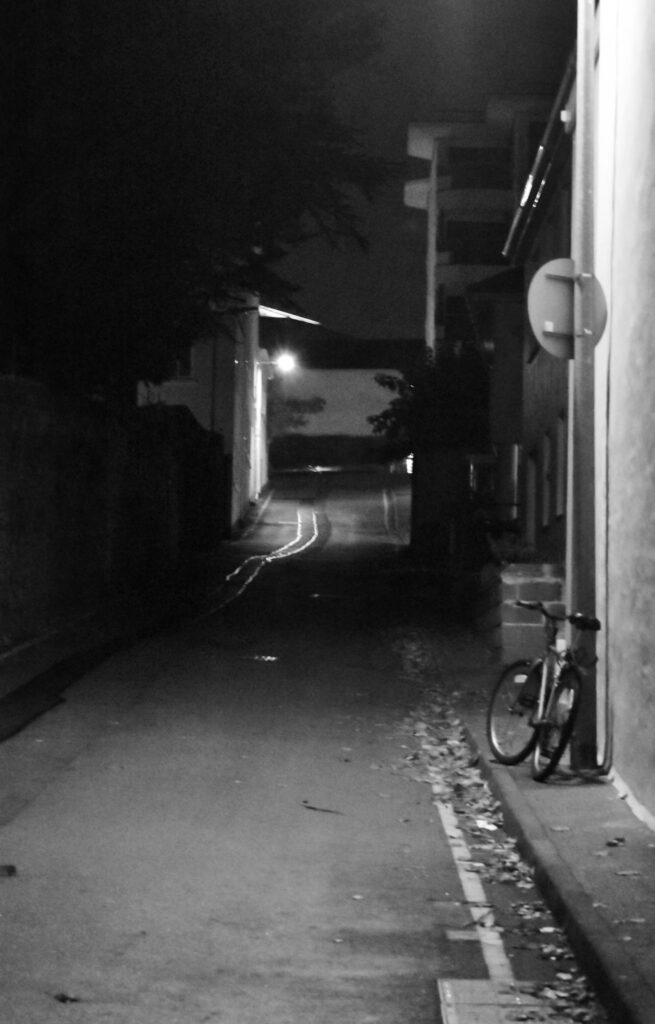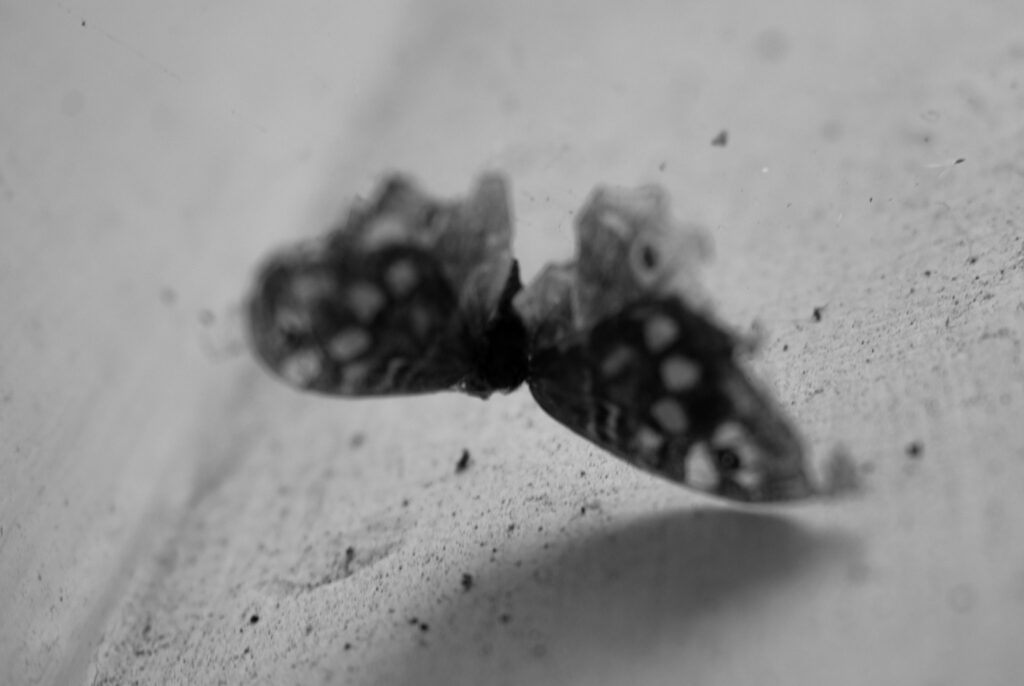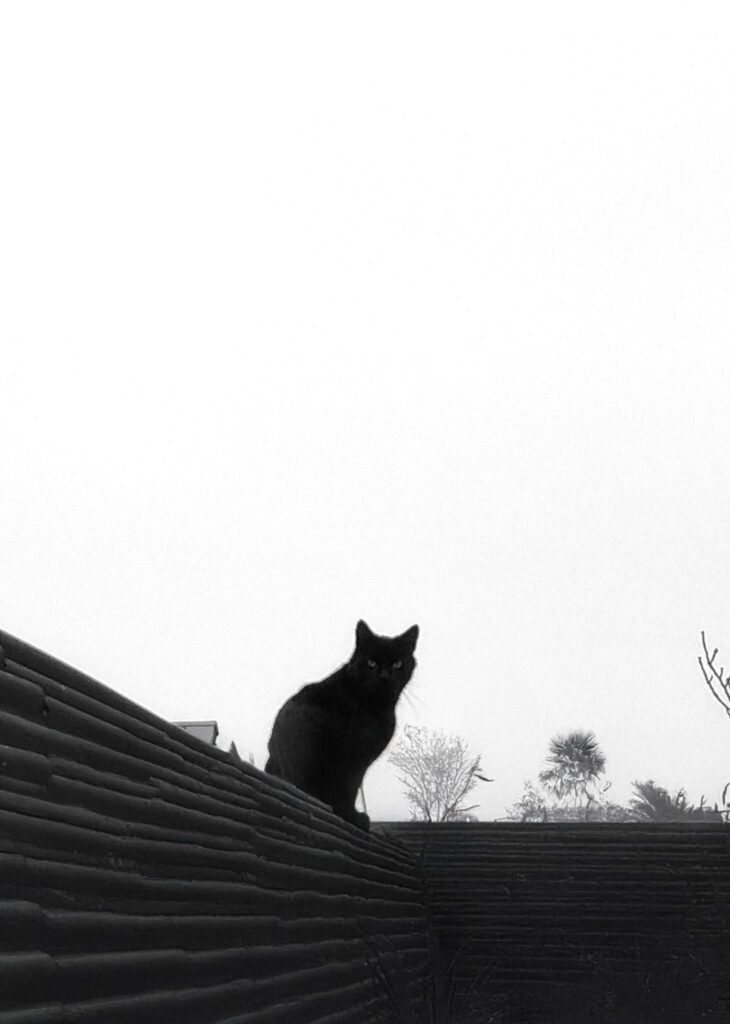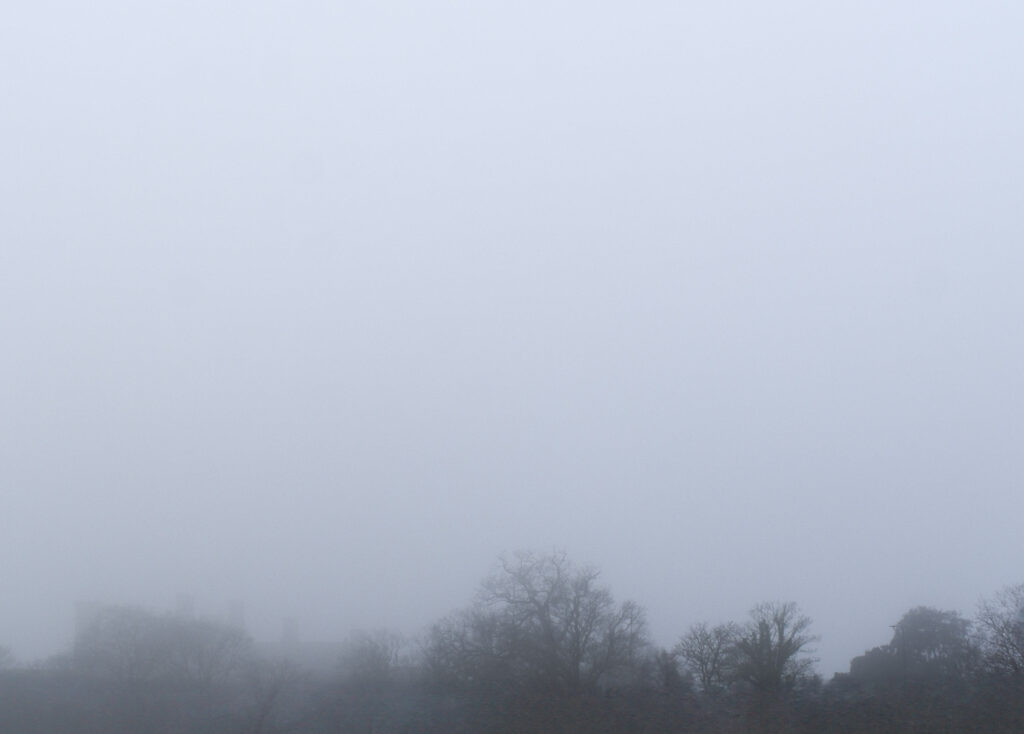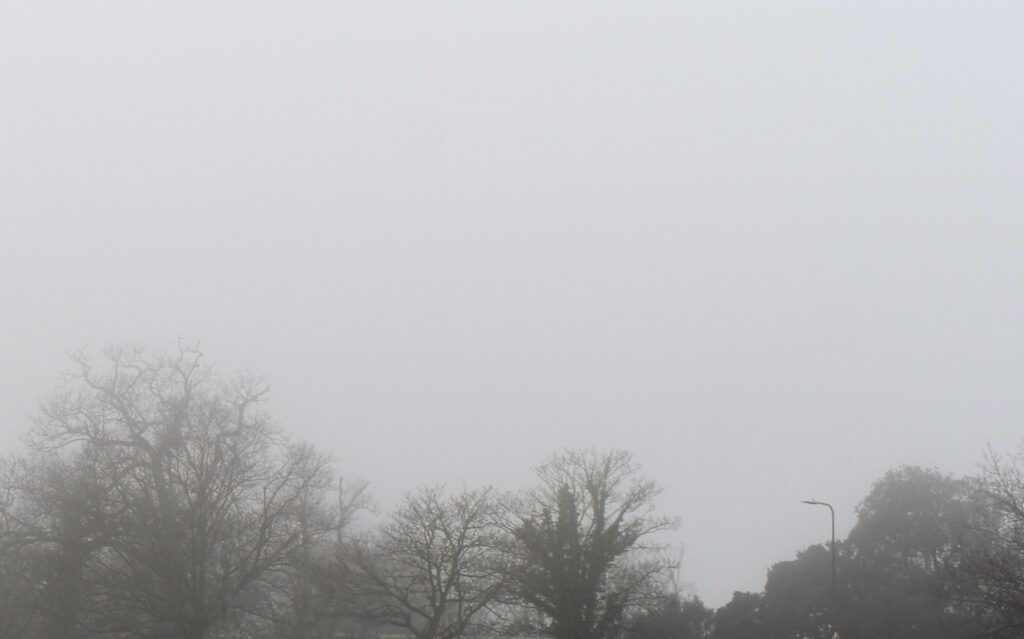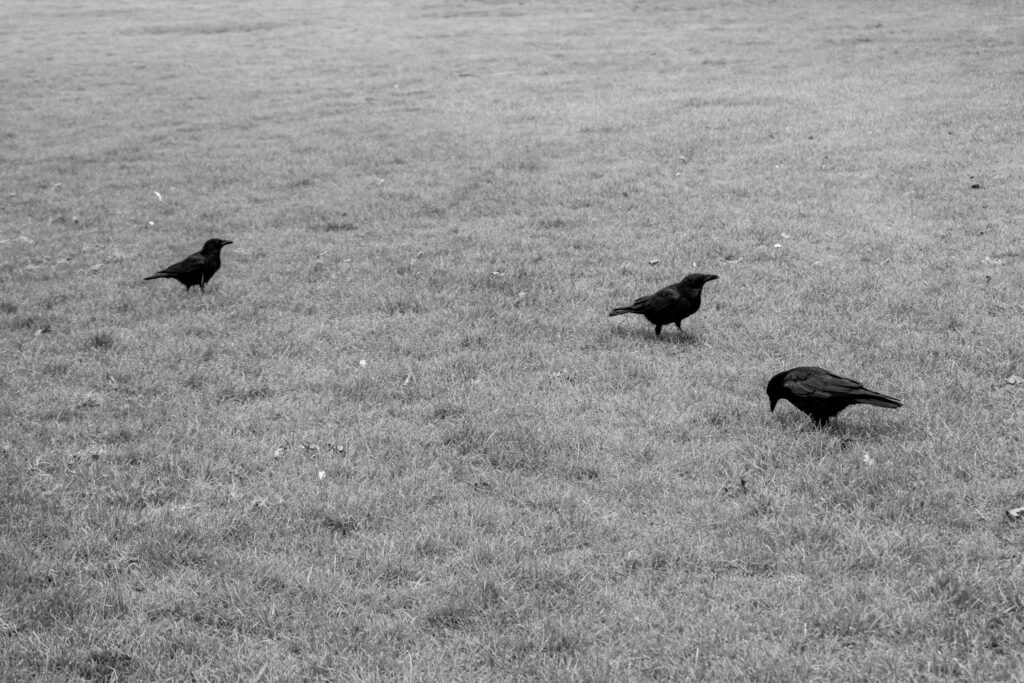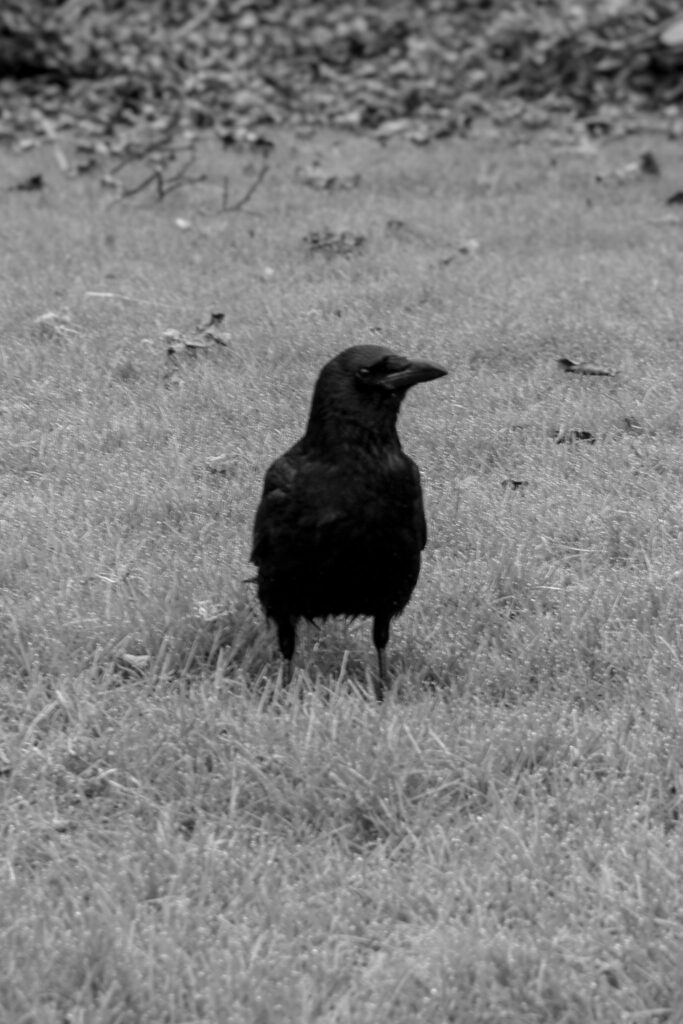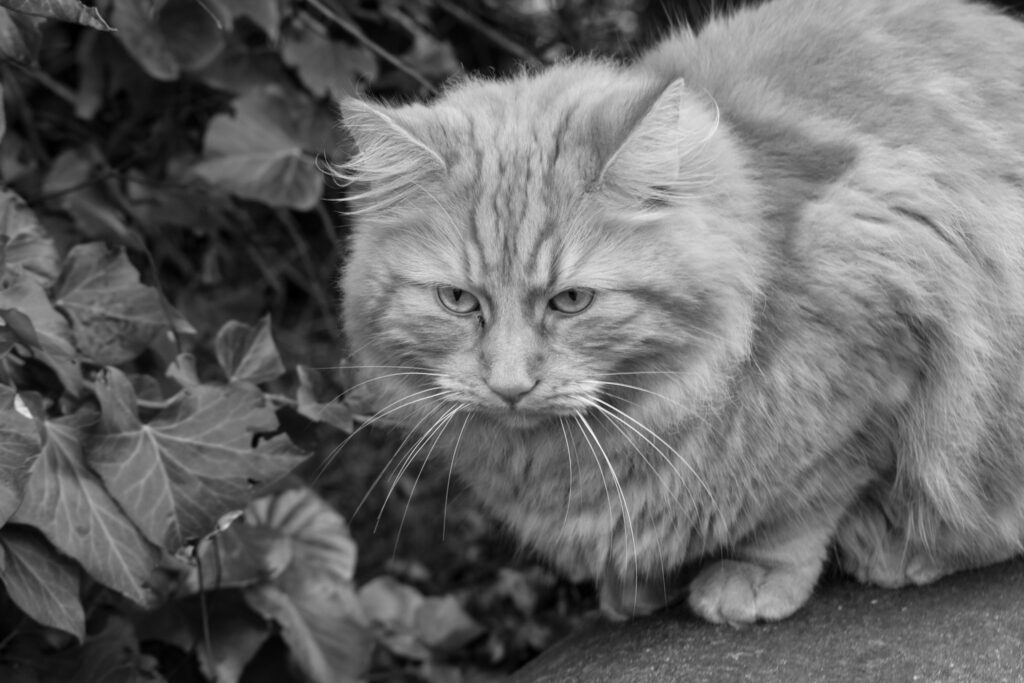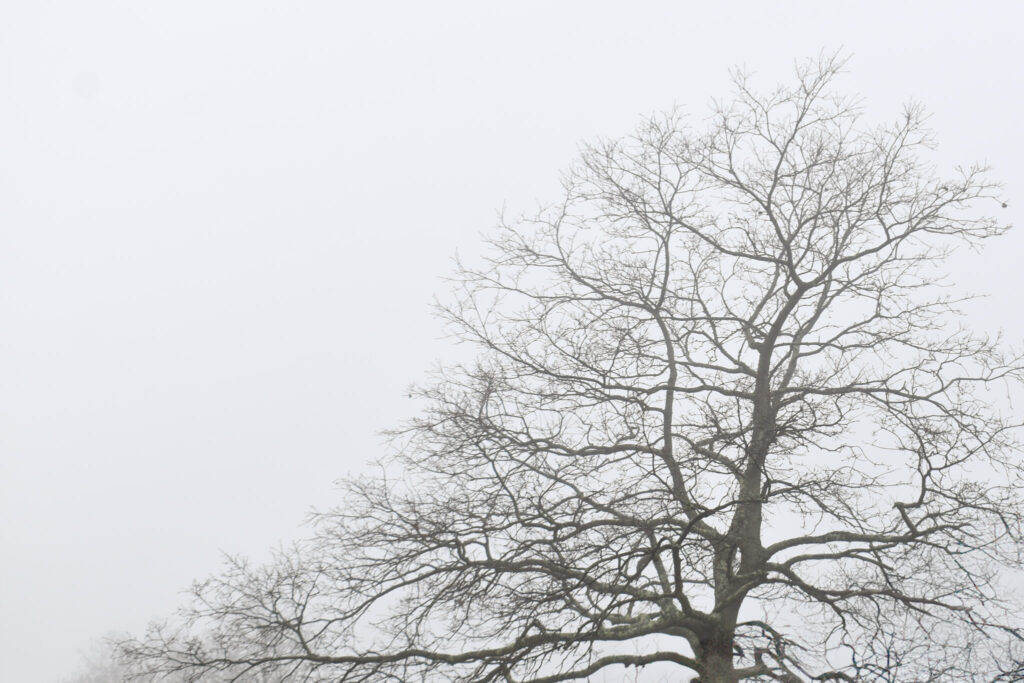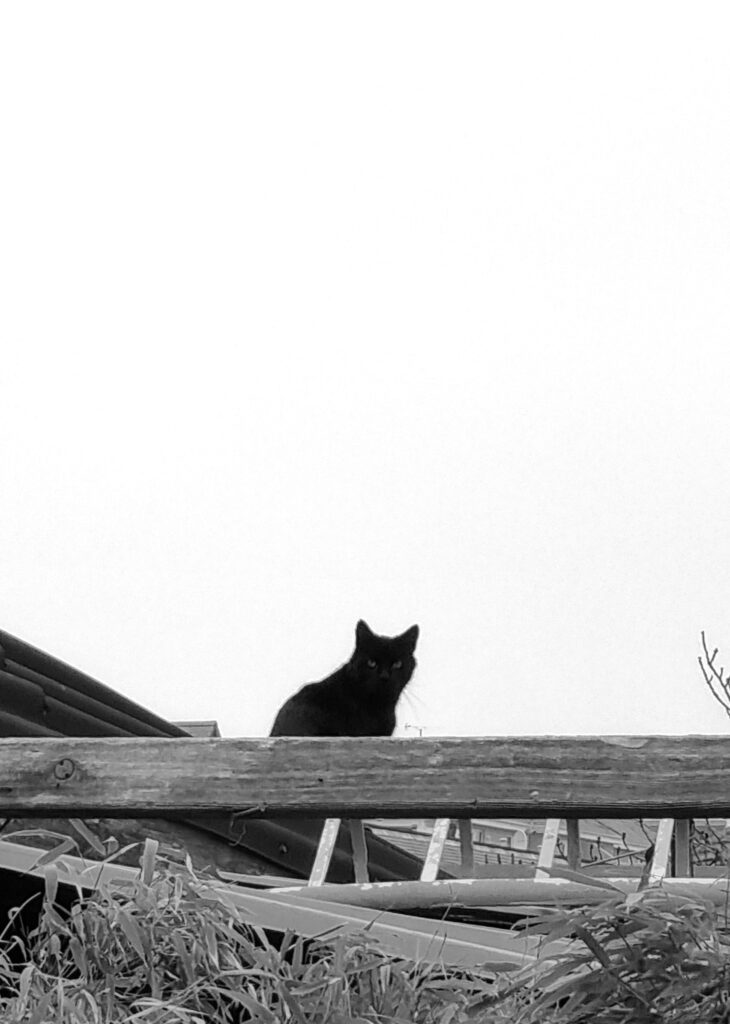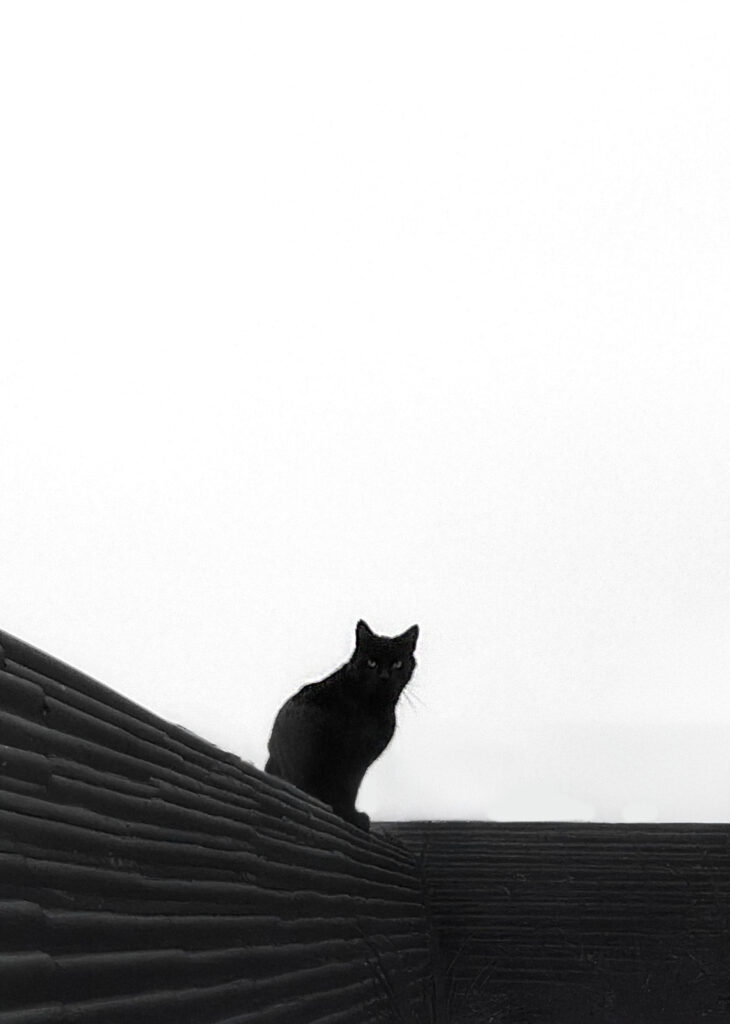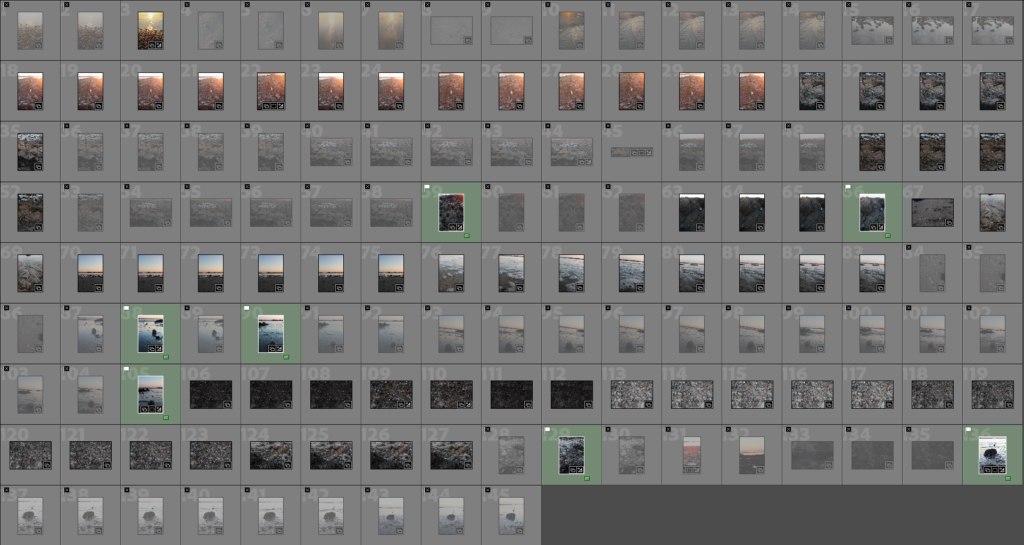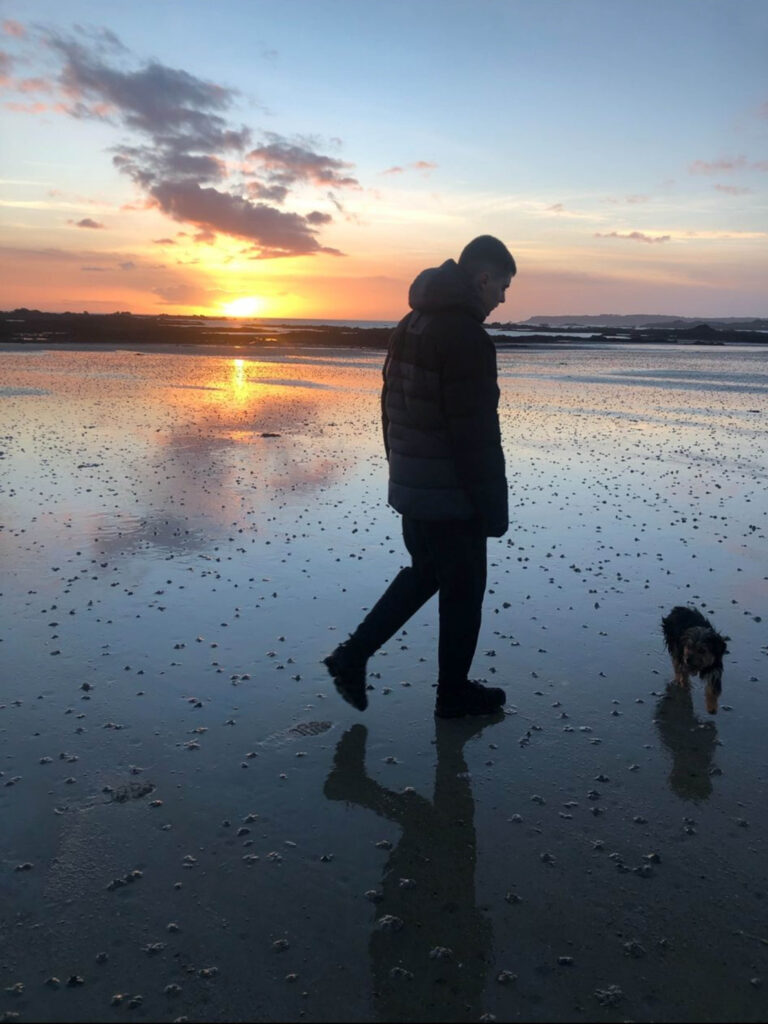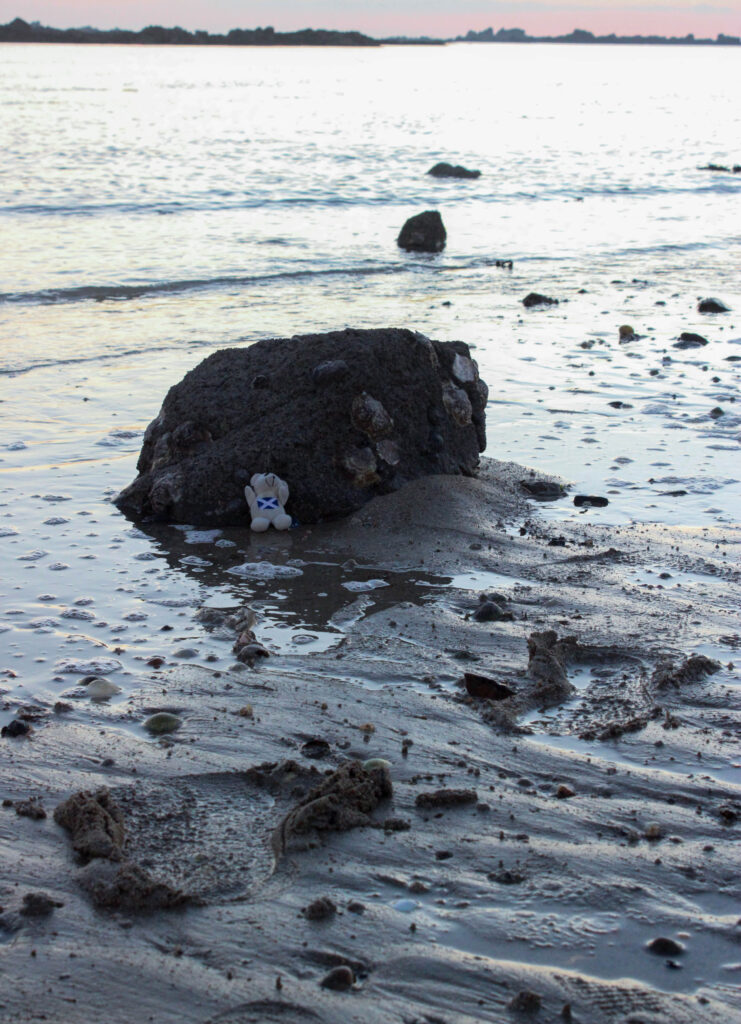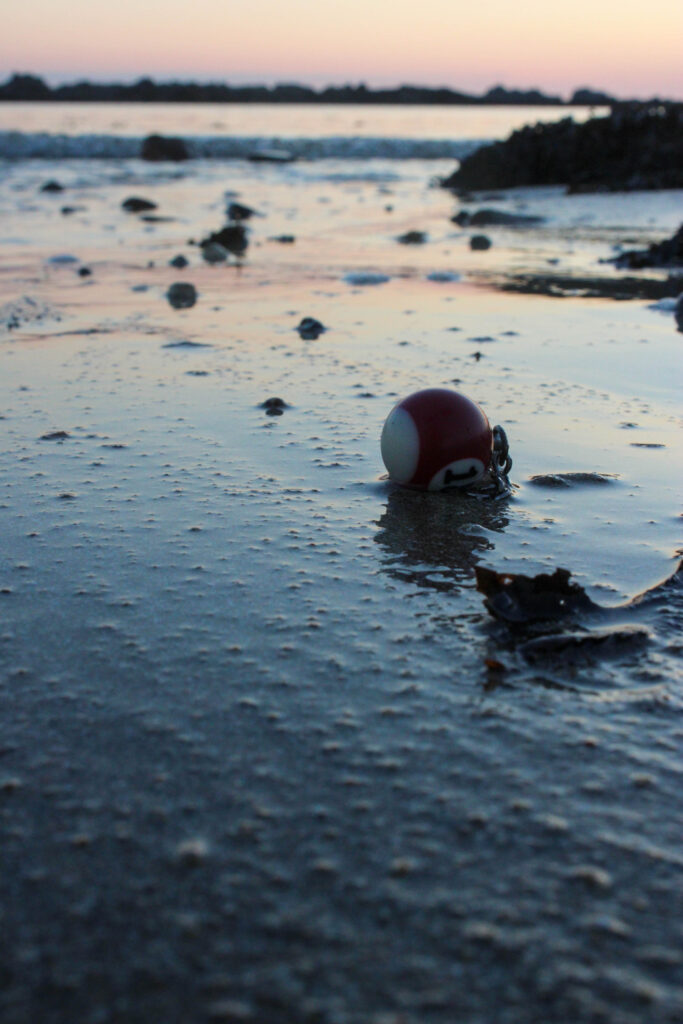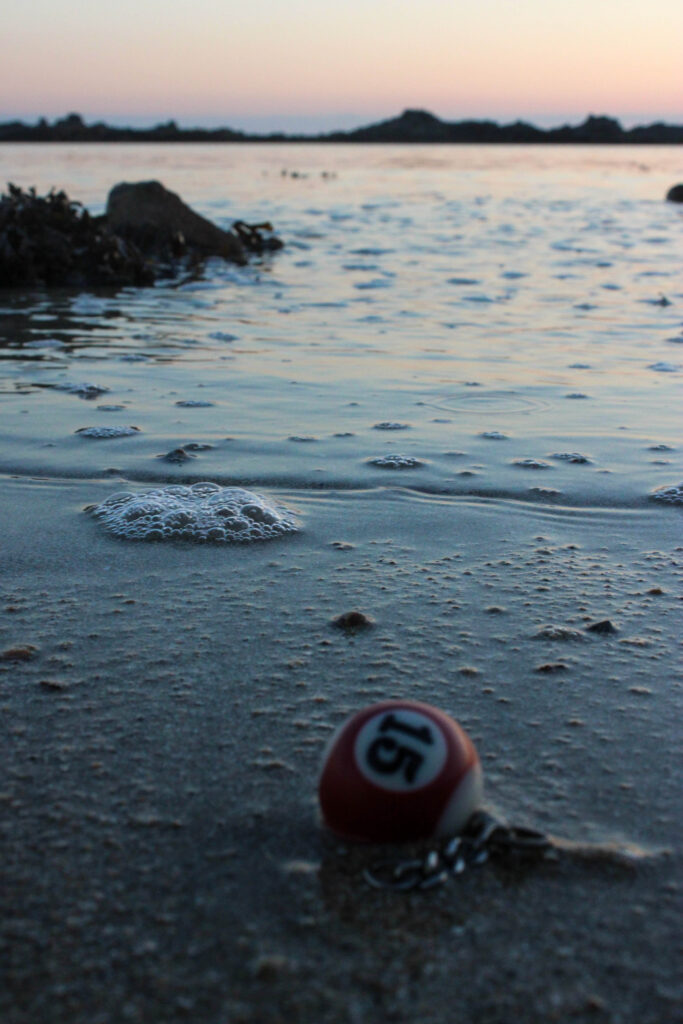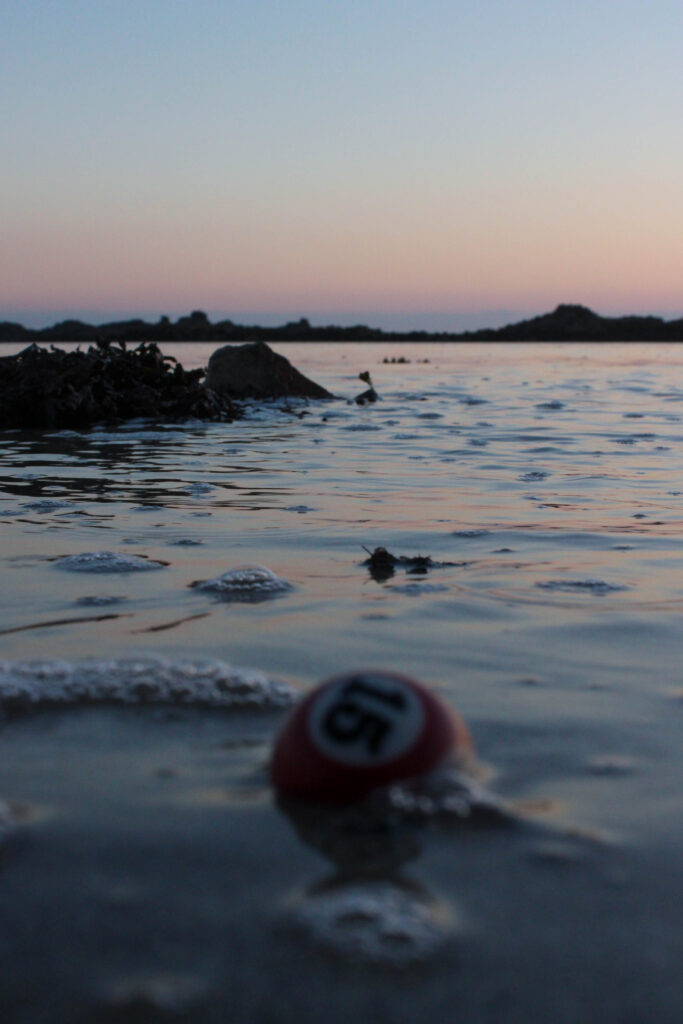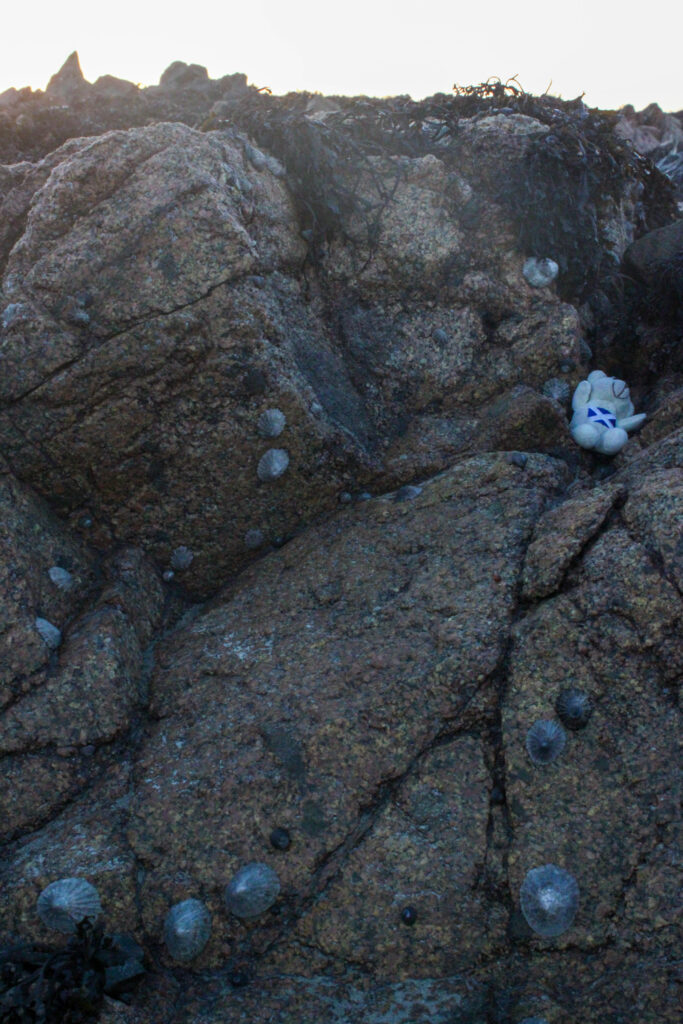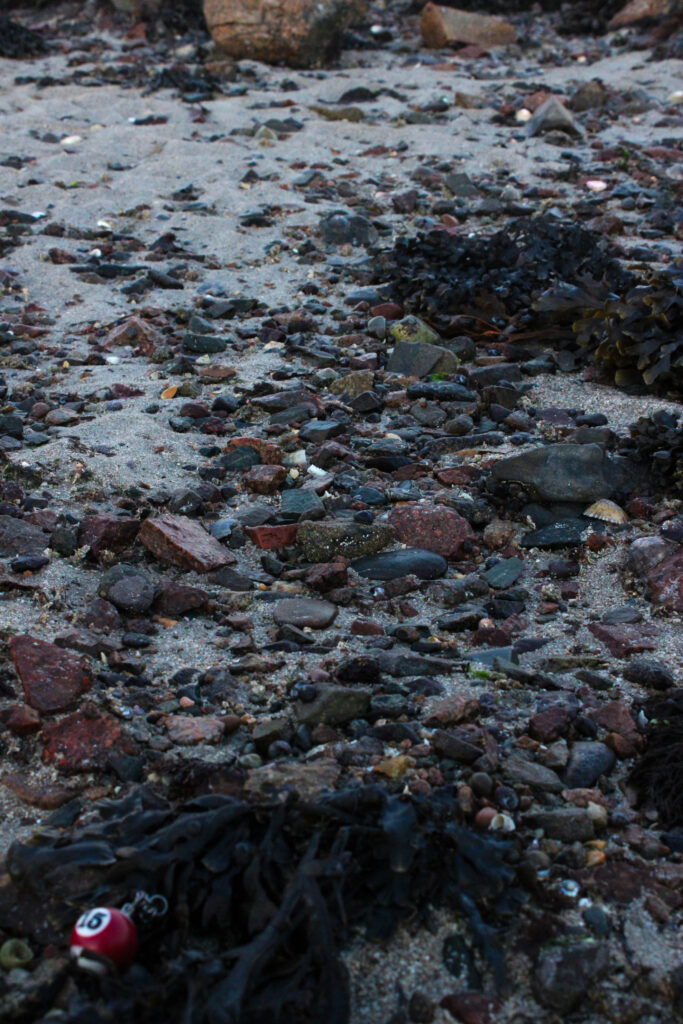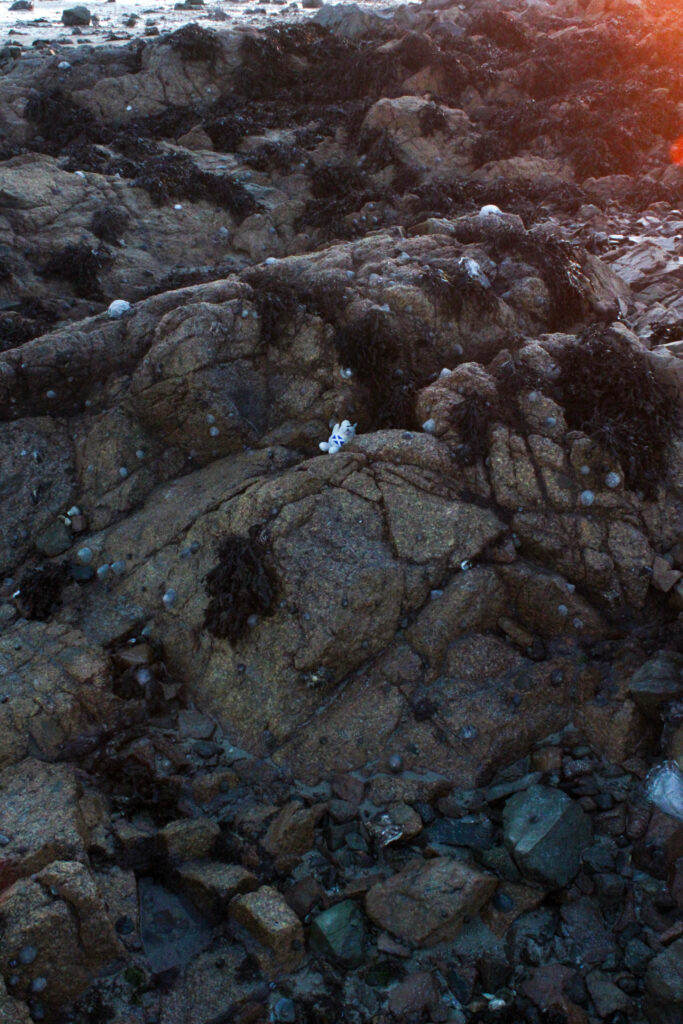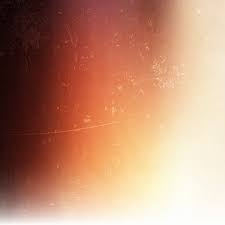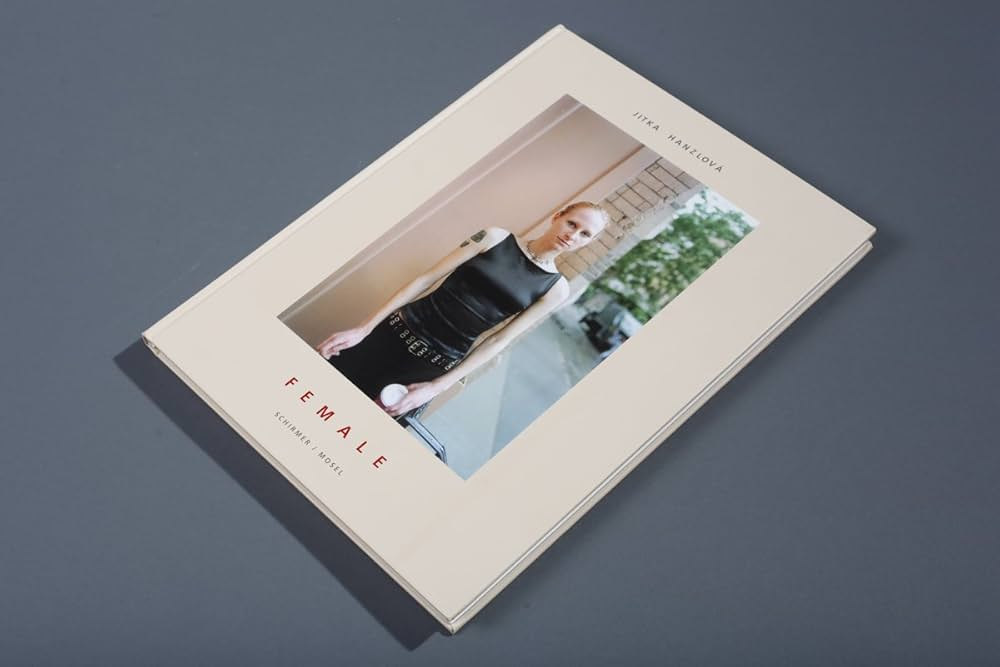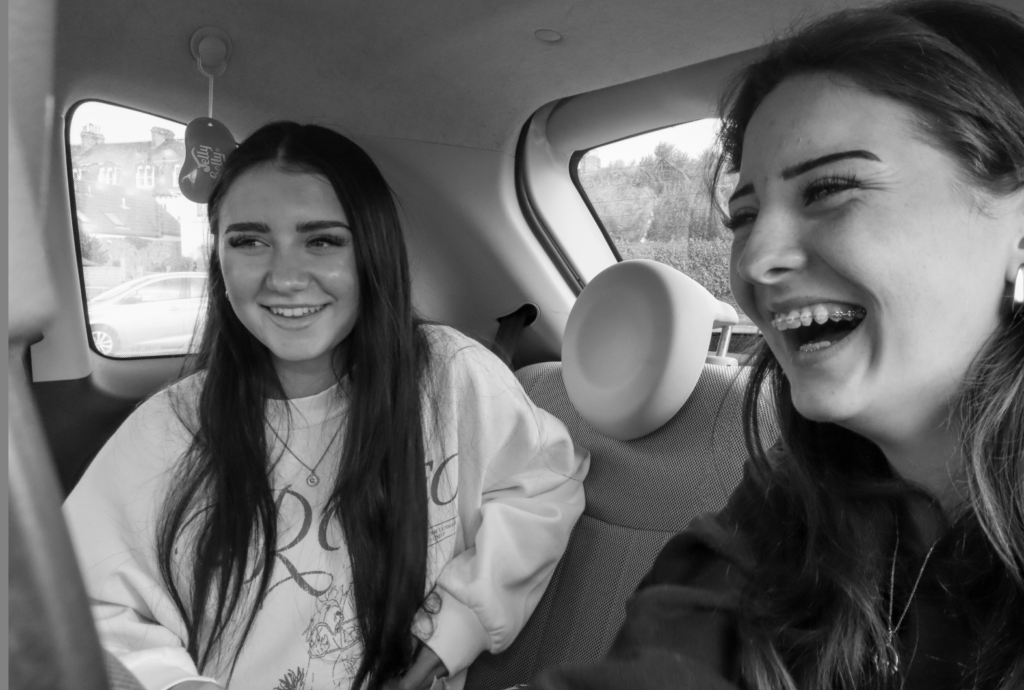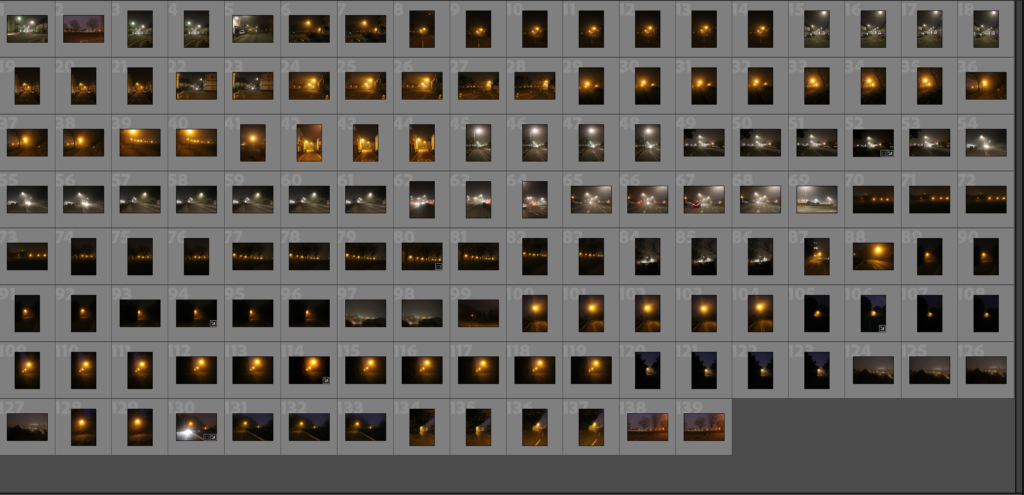
This was the initial contact sheet of every photo, for this photoshoot I went out in the early morning to capture the morning fog, as I want to explore how the mist/fog creates a dreamlike, unreal setting which alters the general landscape. When I went to capture this photoshoot, I had arrived at the originally planned location just as it was starting to become light outside, capturing the indistinct changes in how the location looked under the elegant smog. The morning fog not only dispersed the light, but also created this interesting beam effect around the lampposts within frame, making this the focal point in the majority of the images captured during this photoshoot. The beam of light poking through the fog added an unearthly quality to the setting, highlighting the sense of mystery and the transformation. The sense of loneliness is also found in this photoshoot, as I purposefully chose a time when few people would be out. the photographs show the empty, quiet landscapes with no signs of life which added to the feeling of abandonment and solitude, both being the emotional impacts I intended to showcase in my project. This photoshoot was shot handheld, using a high ISO to keep a faster shutter speed in the low light, I did this as a long shutter speed would often capture a moving car or people, taking away from the sense of solitude I was trying to convey. Even though using a high ISO meant that grain would be seen in my images, I find that the grain improves and highlights the overall mood I was intending for. The slight grain found within the images compliments the foggy, dreamlike sense of the morning as well as the contrast between the warm light and the cool fog. Overall I took 139 photographs during this photoshoot.
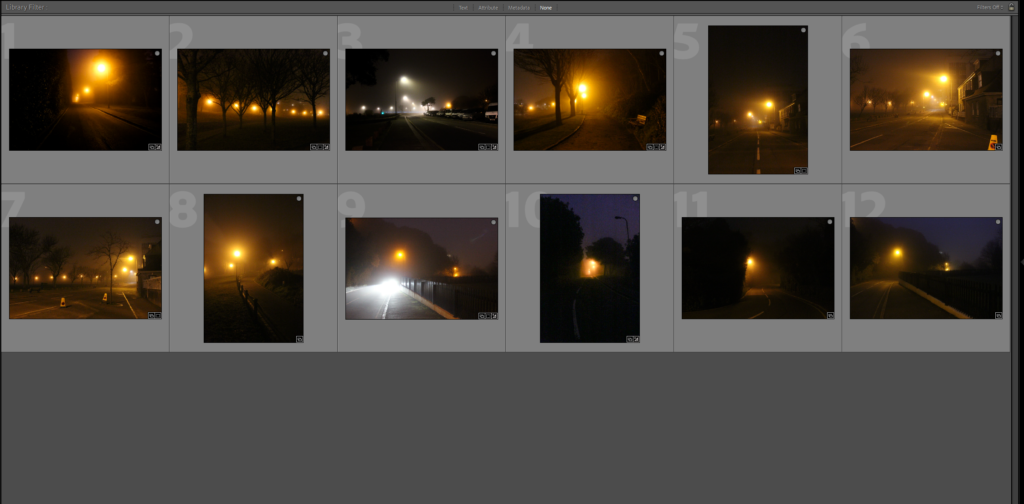
From the 139 photographs I captured during this early morning photoshoot, I selected 13 final images which I find best fits and showcases the themes and mood I am aiming for with this project. The process I went through to select these images, required me to review each image and focus on the ones that caught the interplay of light, setting and the feeling of loneliness I am aiming to acquire. I chose the photographs which highlighted the misty, unreal quality of the fog, the beam coming from the lampposts and the quietness which reflect the sense of isolation. These final images I have chosen show the emotional value and mood I hope to send throughout my photobook.
Final Image Selection – Unedited
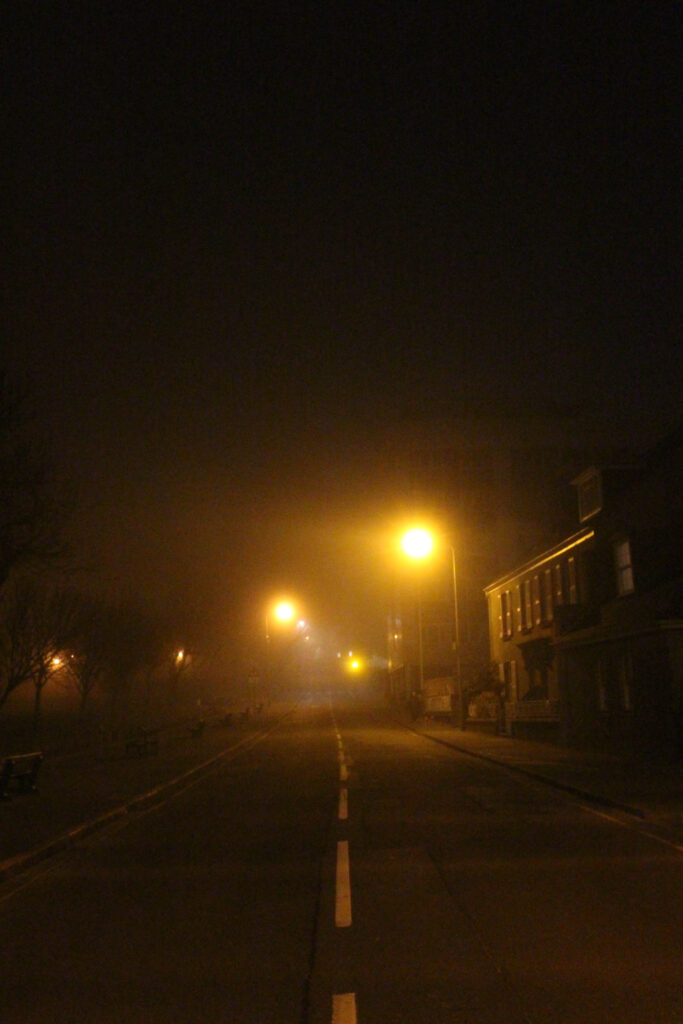
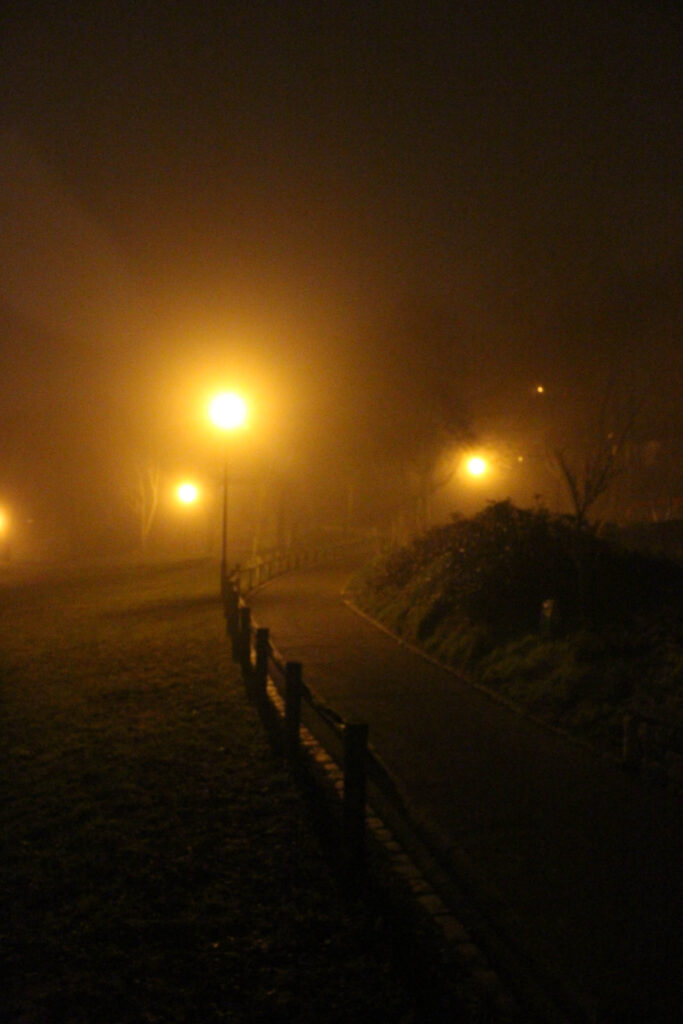
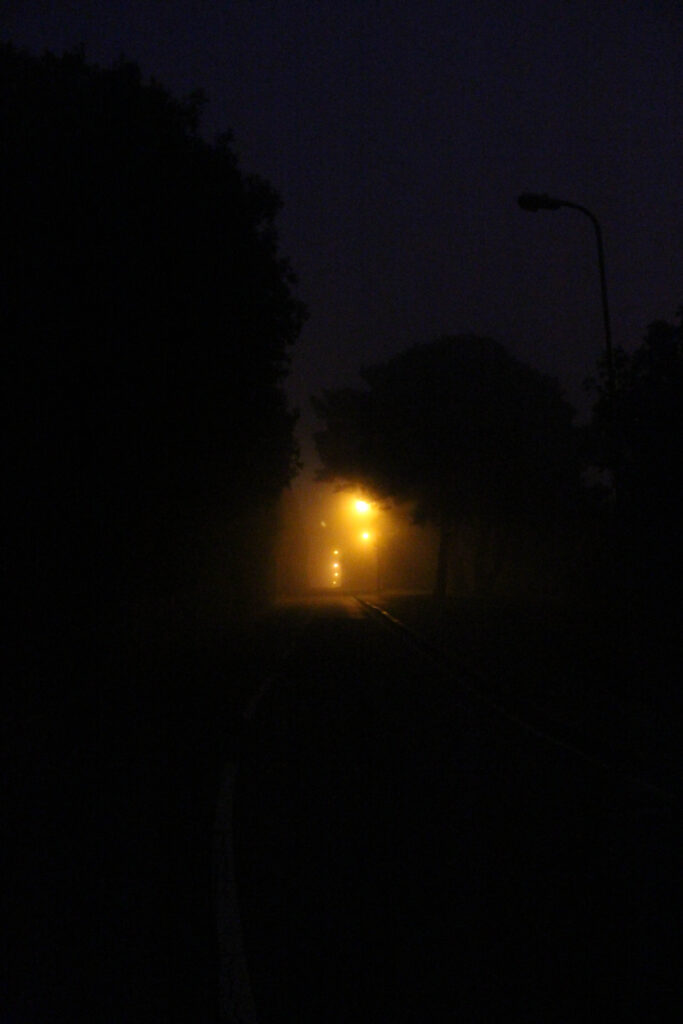
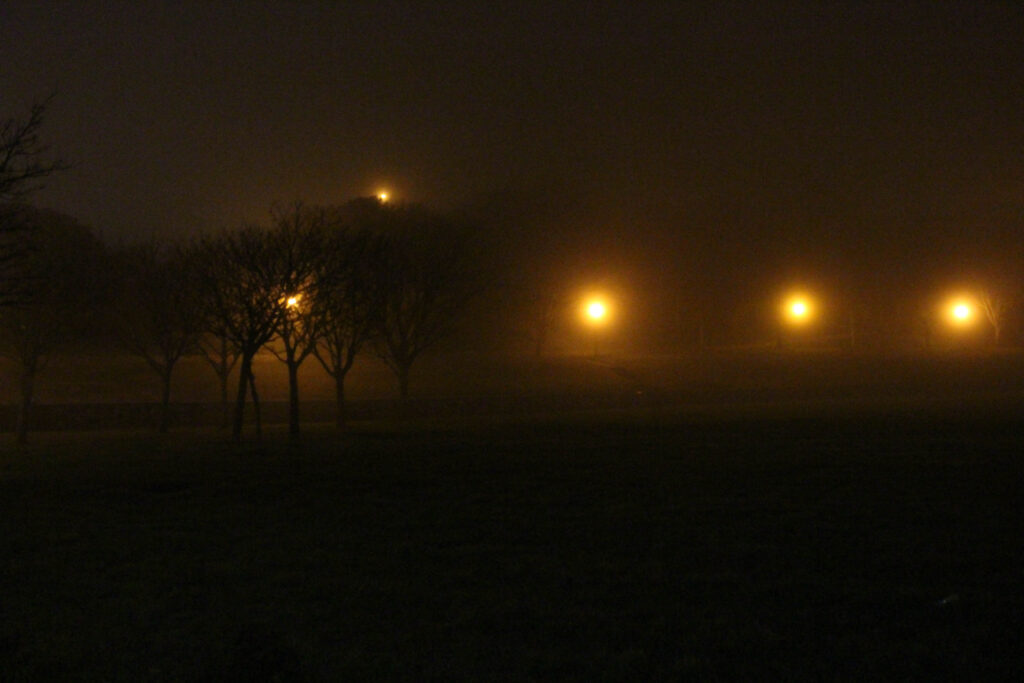
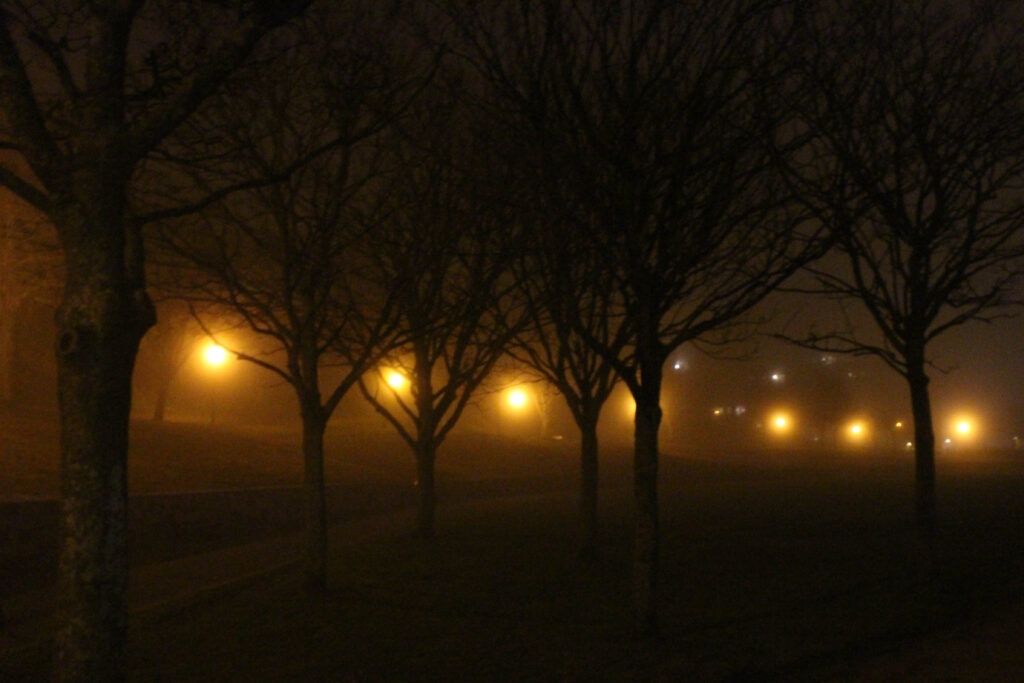
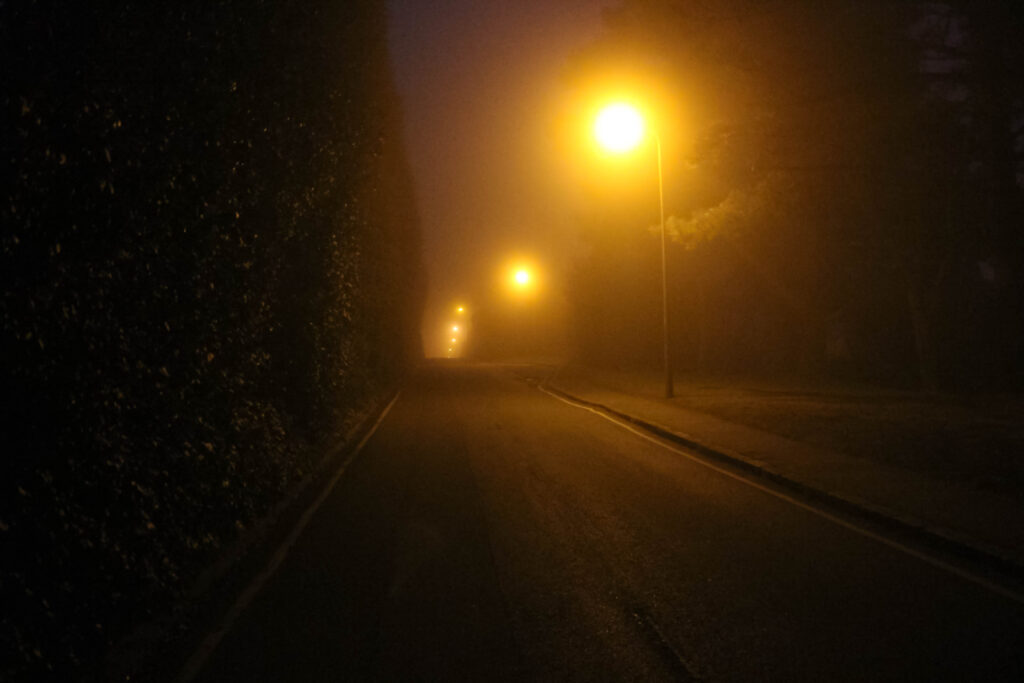
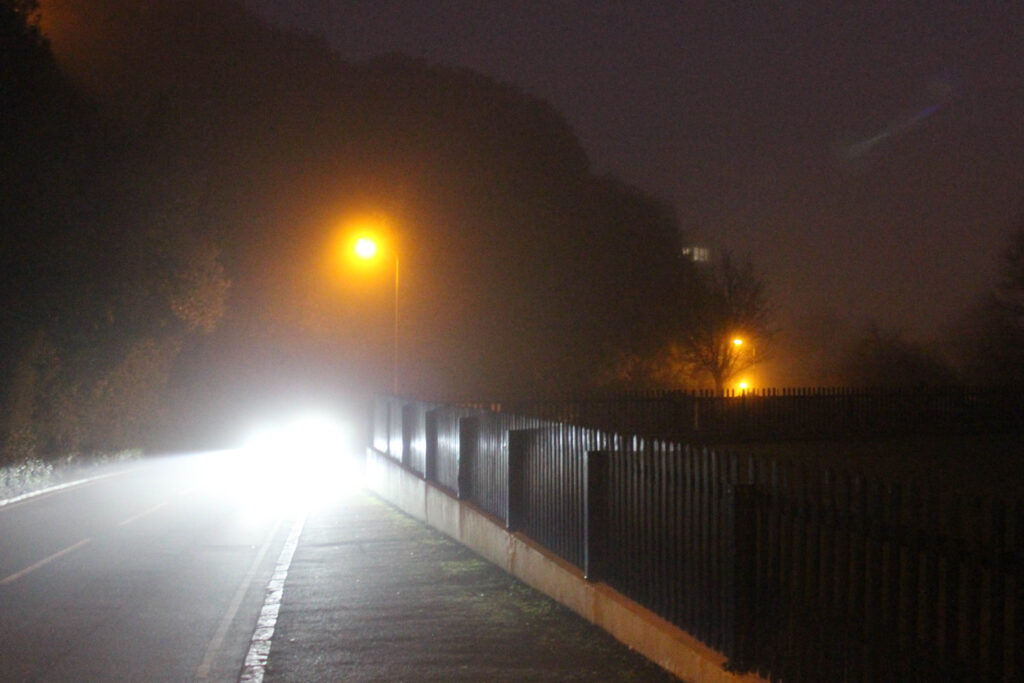
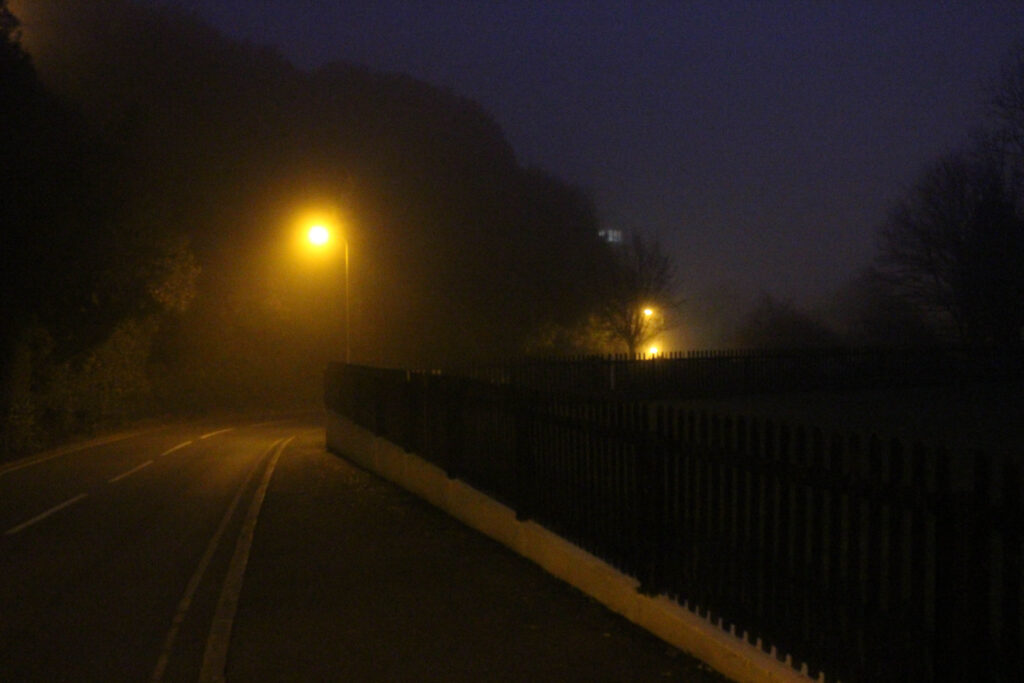

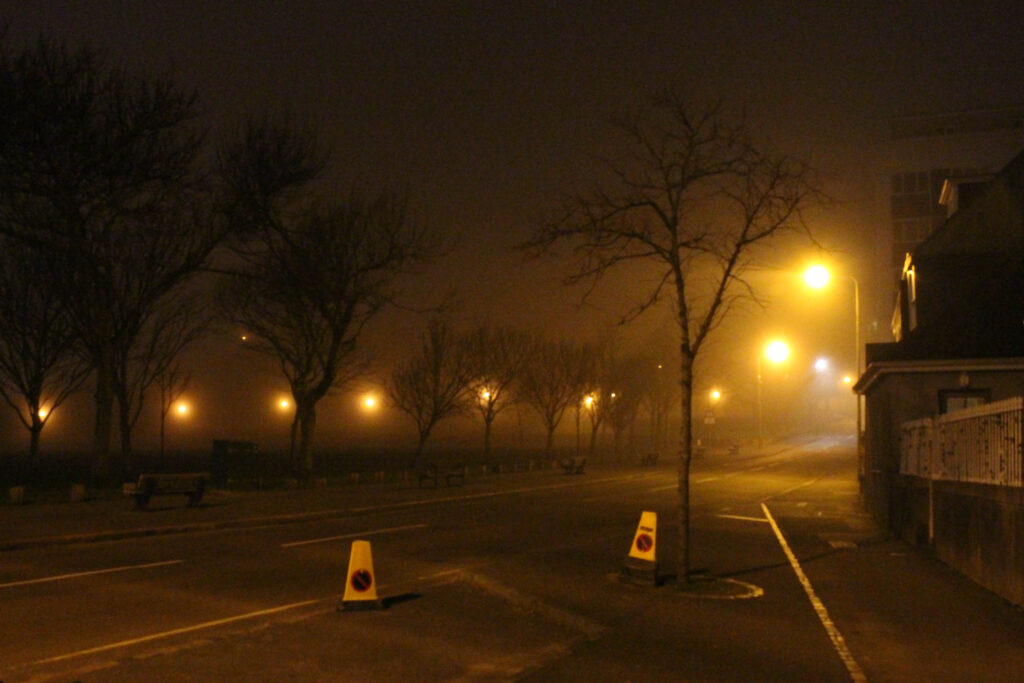
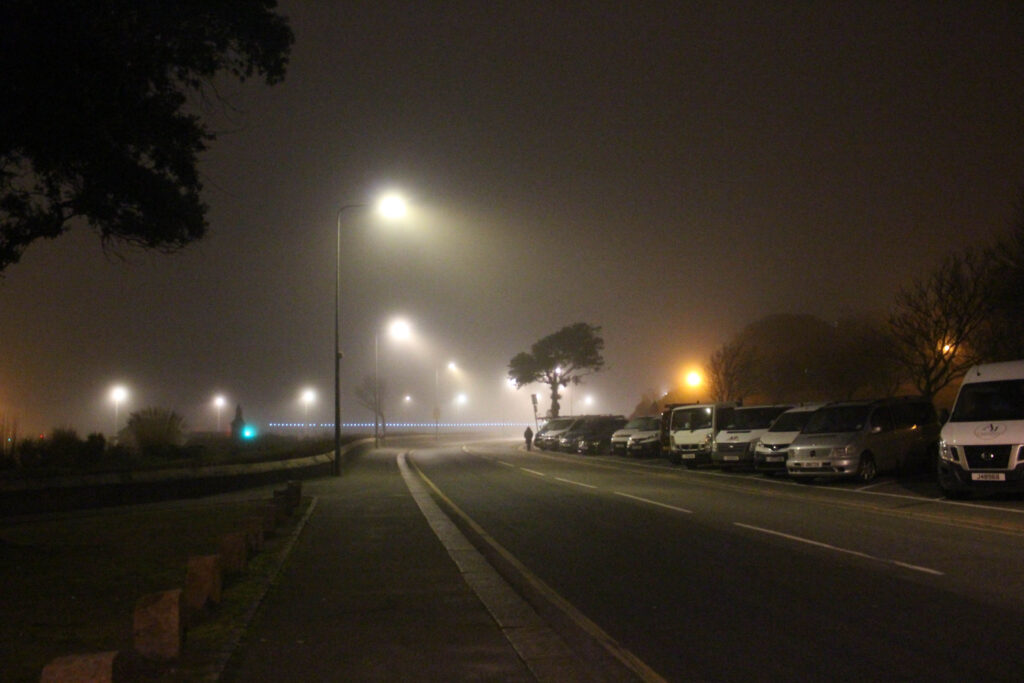
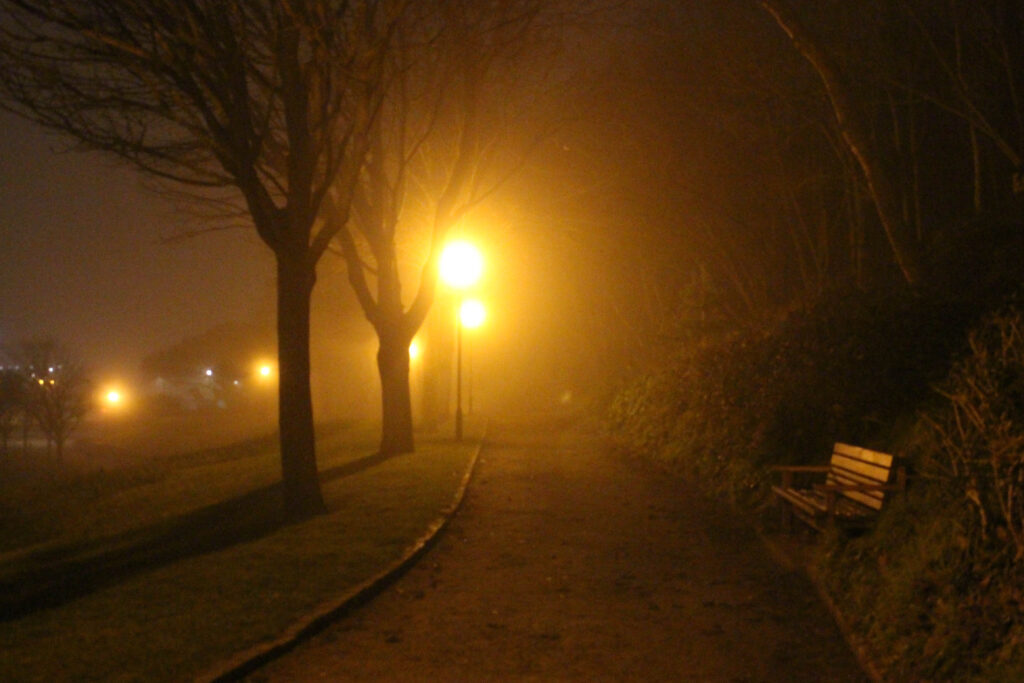
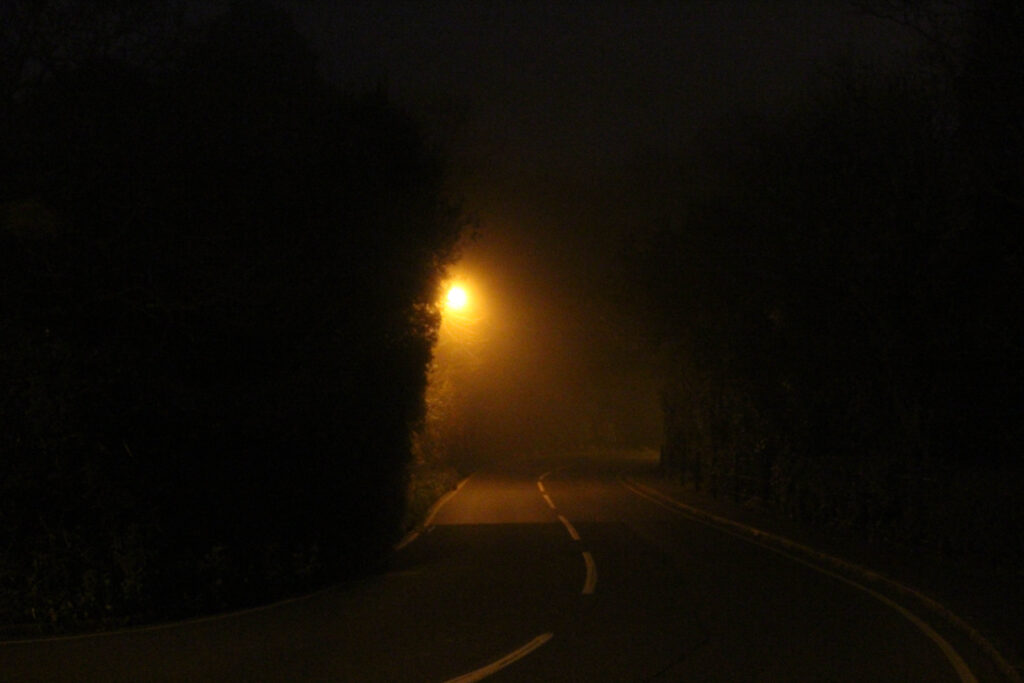
These images showcased above are the 13 final photos in their raw, unedited state. These raw photographs show the contrasts, textures and the overall mood created by the darkness and the cloudy mist. Even though the photos already show off the emptiness, loneliness and the surreal, dreamlike effect that I intended on, the next task i will do is subtle editing to these images, improving the tones, changing the exposure and just perfect the overall mood of the collection of photographs. Editing these images will ensure that they fit in with the overall theme/story of my photobook.
Final Image Selection – Edited
Once the 13 images were carefully chosen, I started editing them in order to enhance the overall mood and theme I am aiming for. My main target when editing was to highlight and show off the dreamlike qualities of the foggy morning whilst also improving the theme/mood of isolation. By altering the contrasts and highlights, I managed to find the perfect balance between the warm lamppost lights and the soft tones of the fog. Whilst editing I also brought out some miniscule details which might have gone unnoticed. These photographs below are the final, fully edited images for this photoshoot.
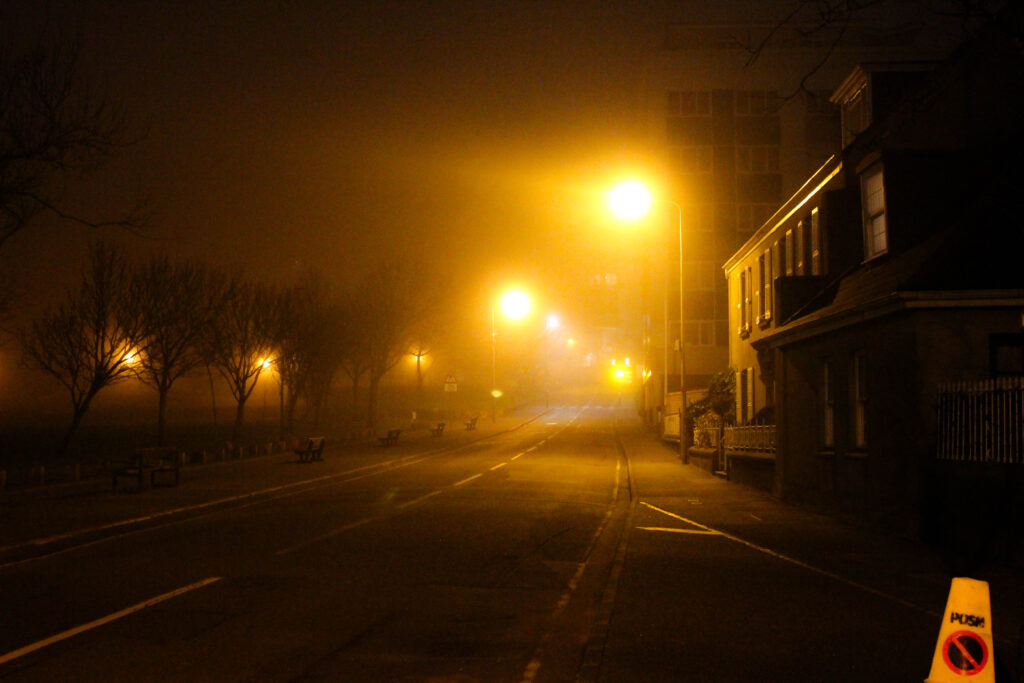
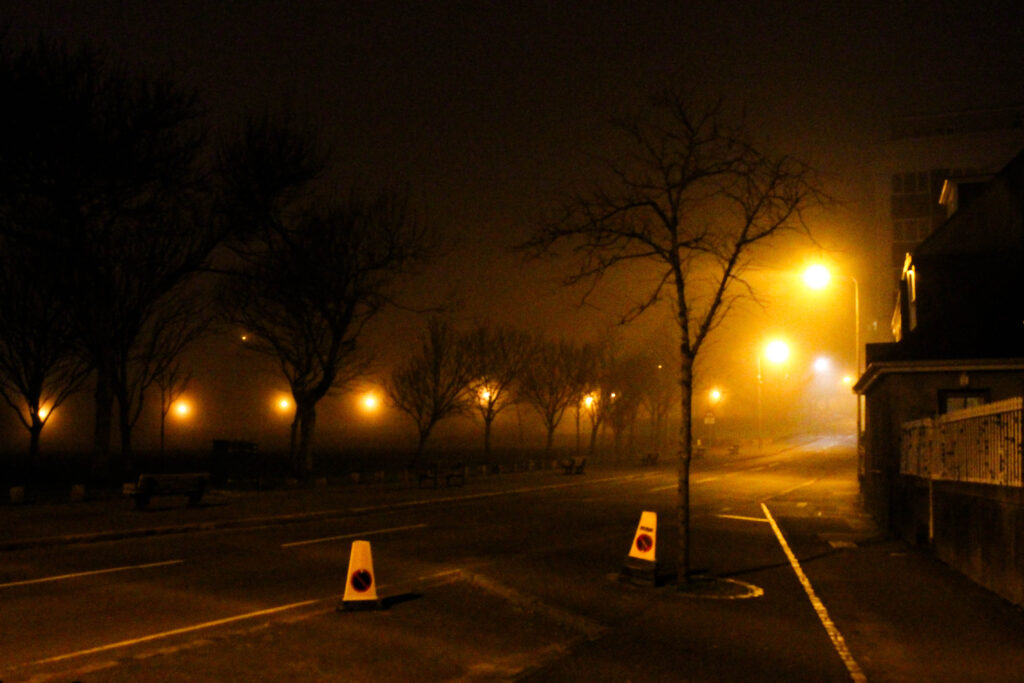
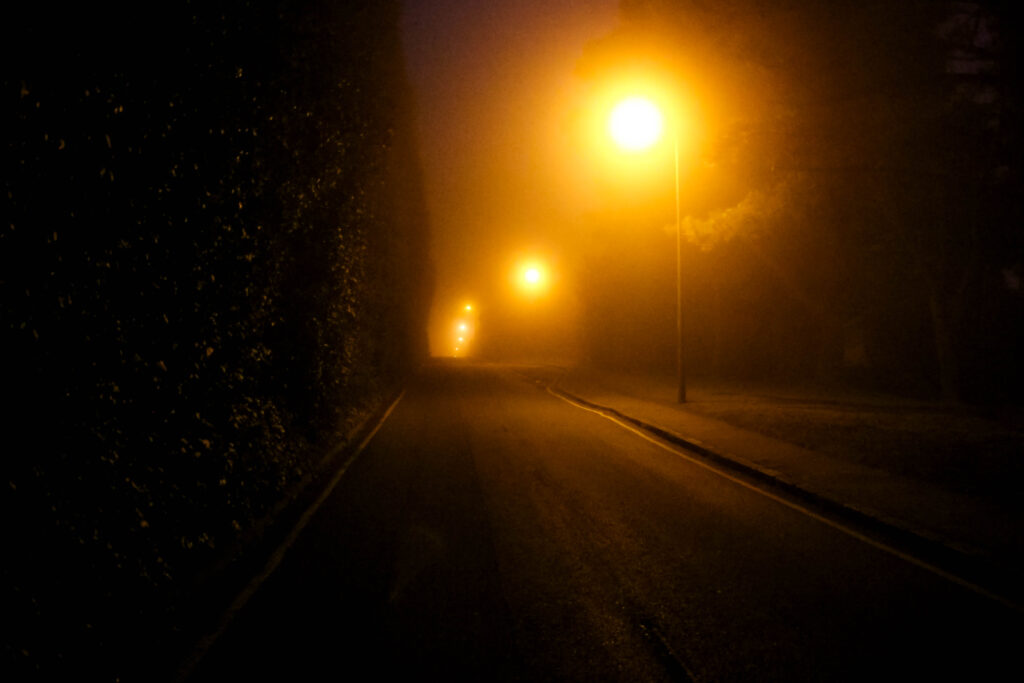
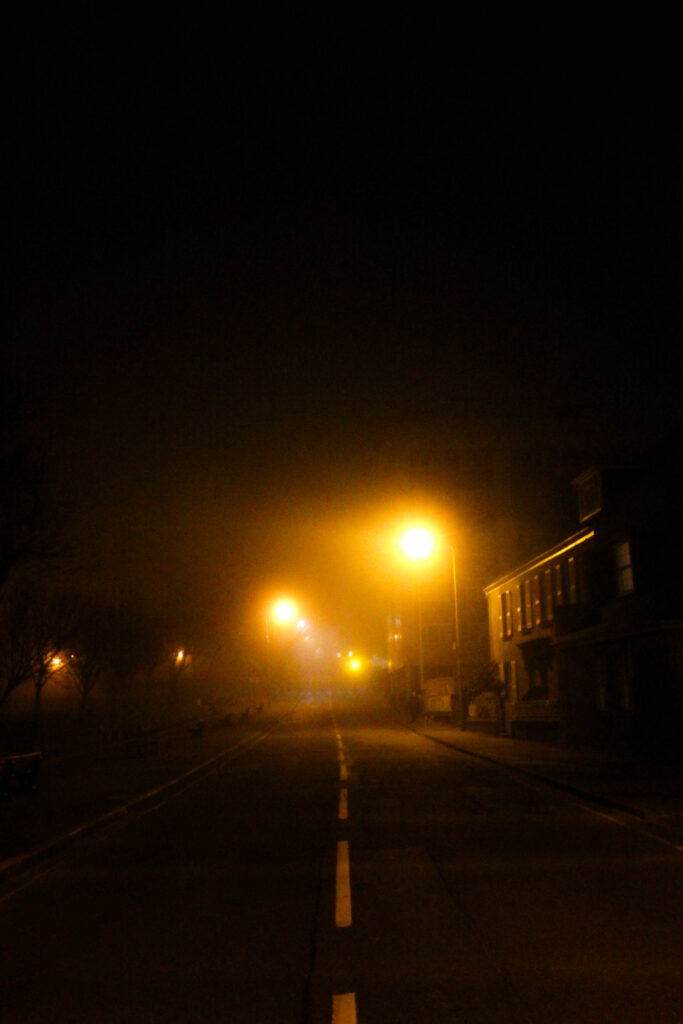
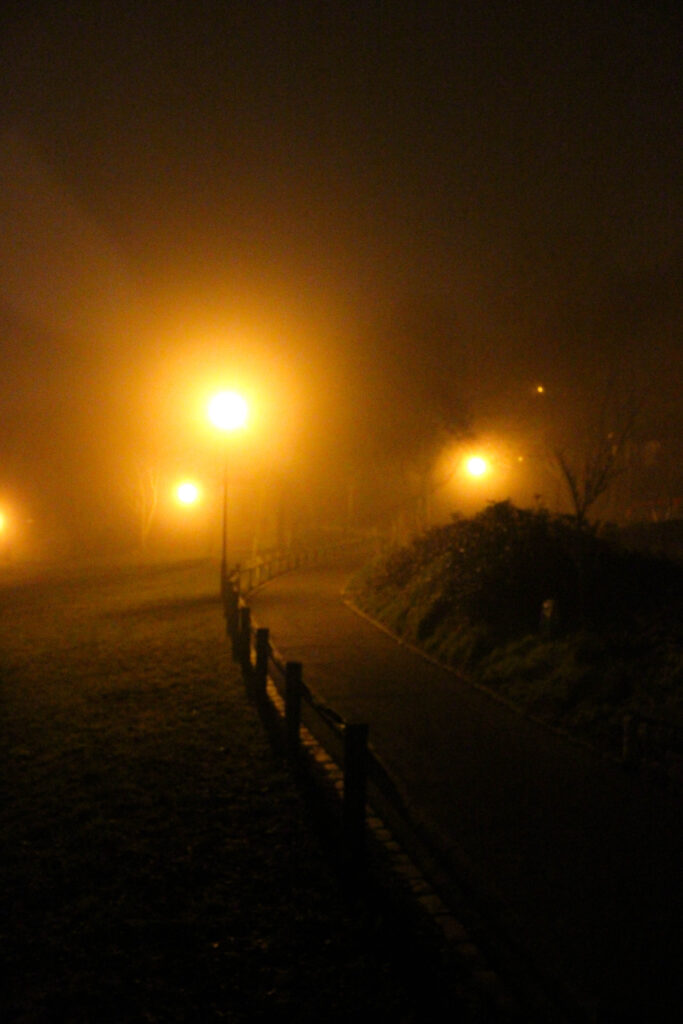
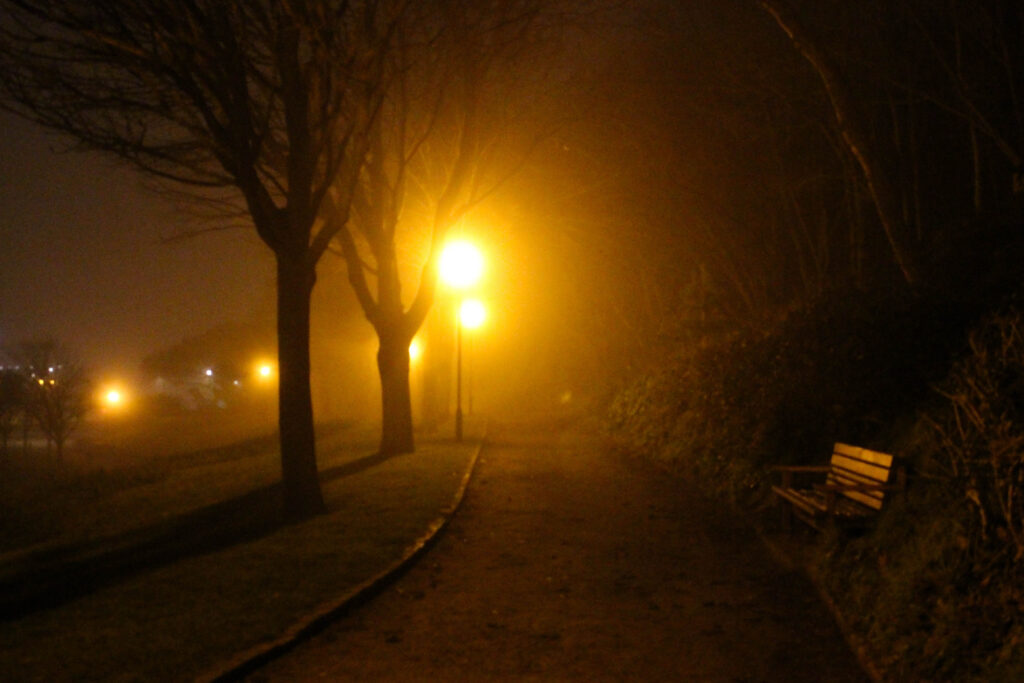
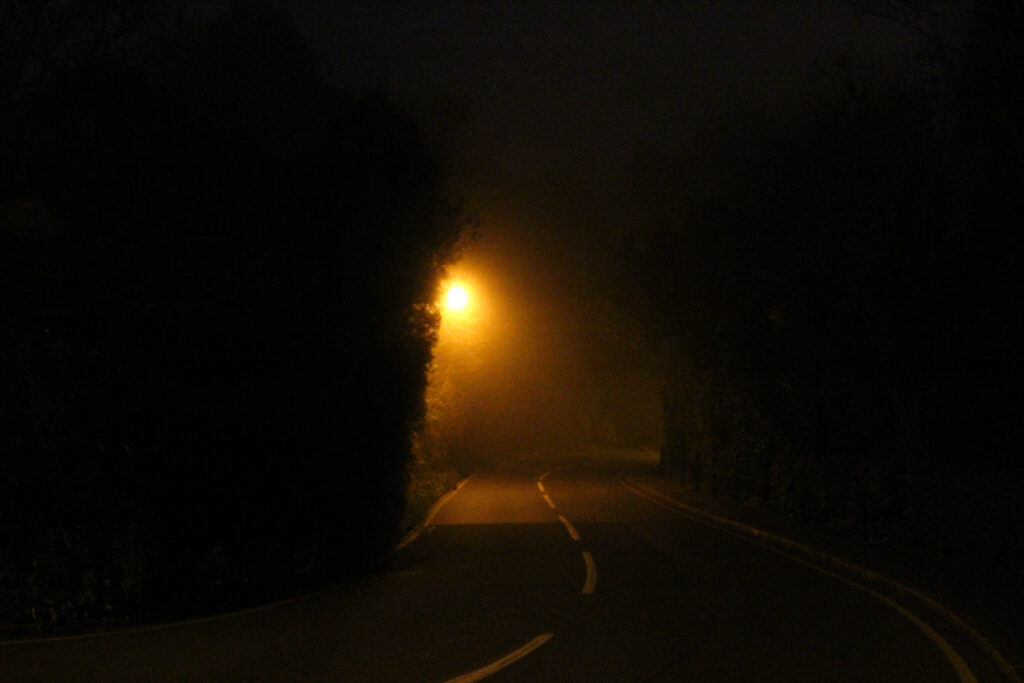
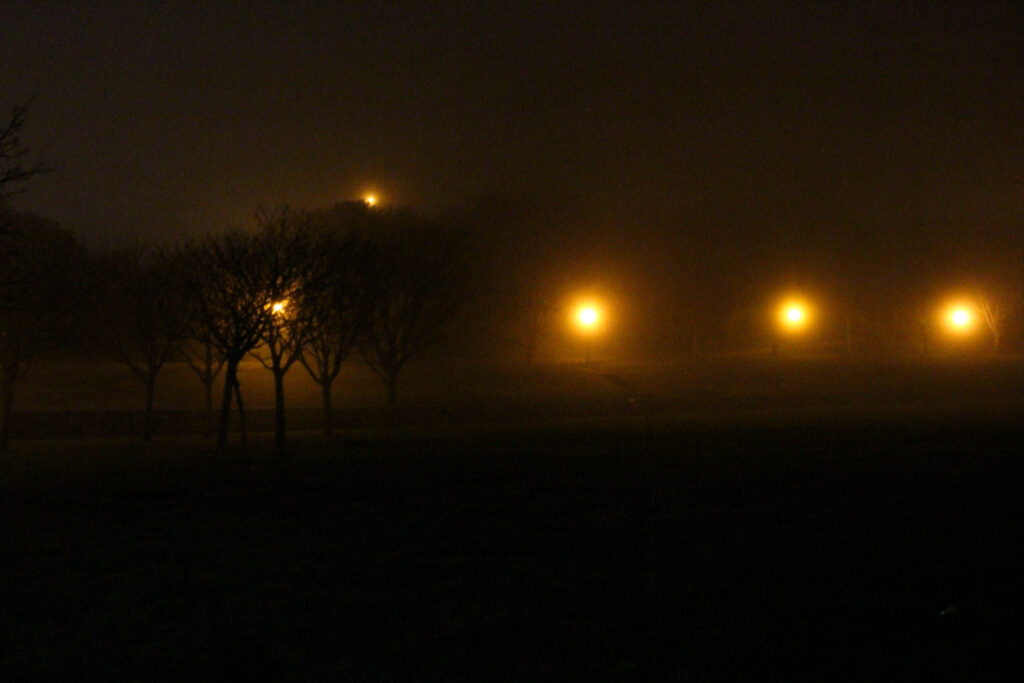
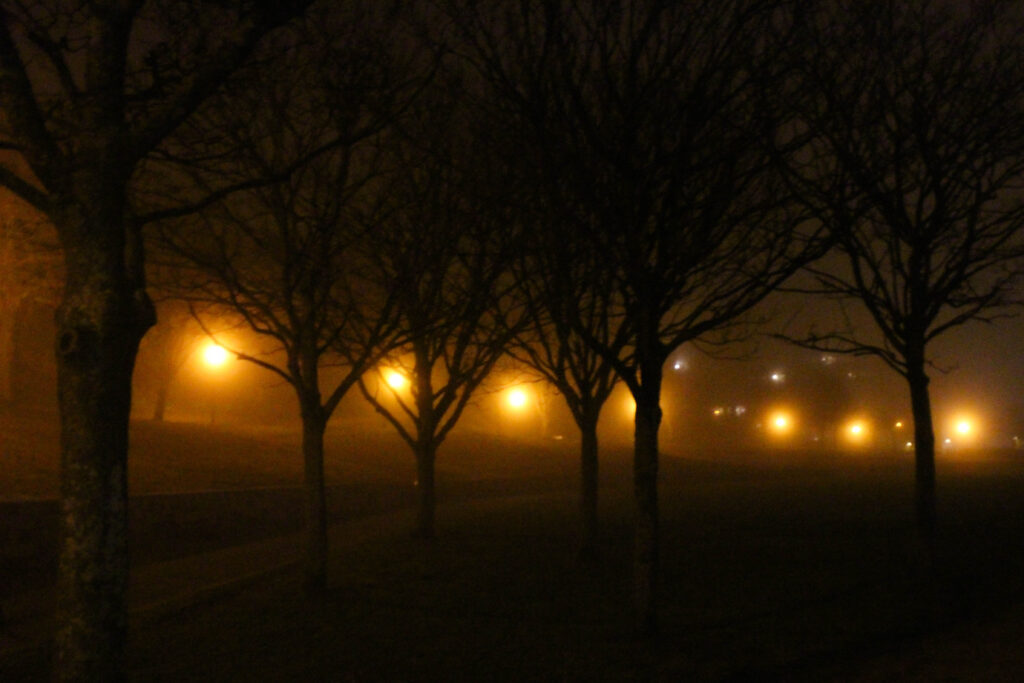
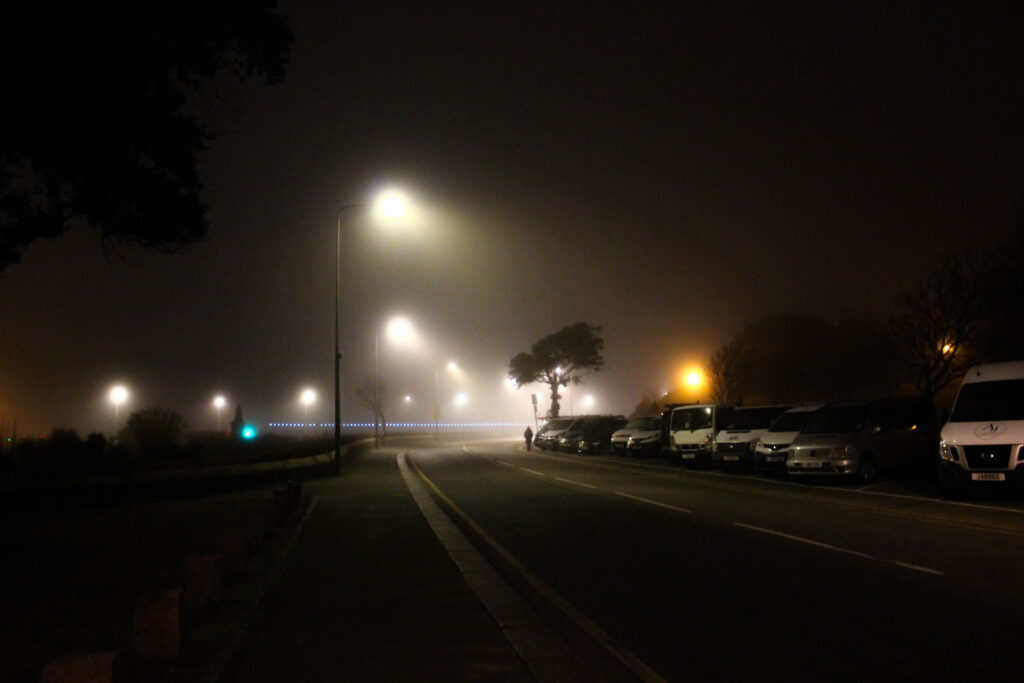
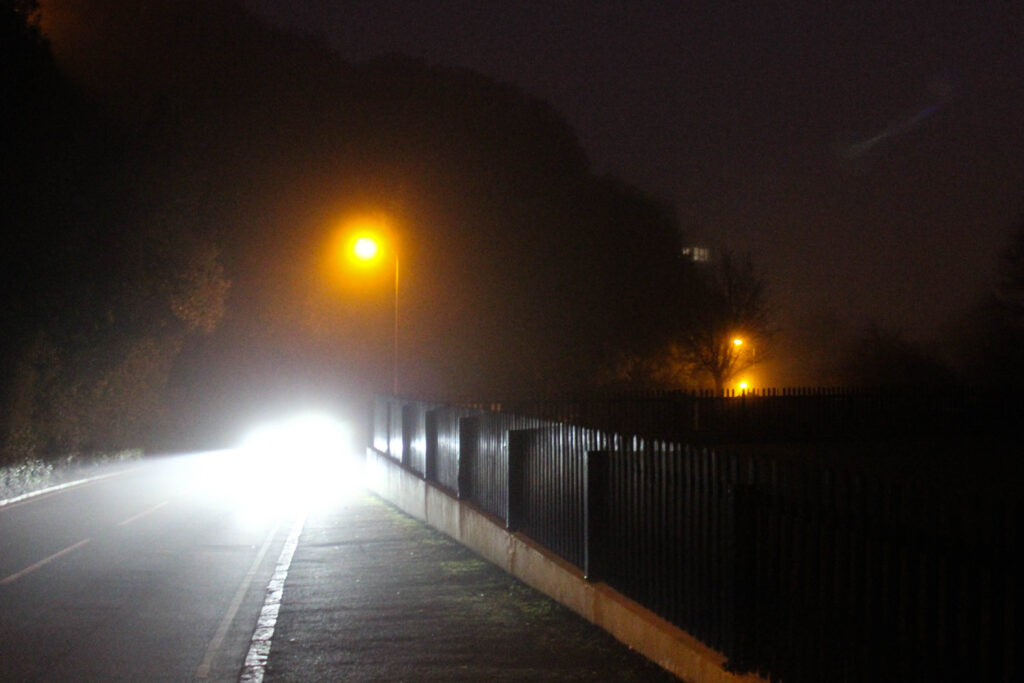
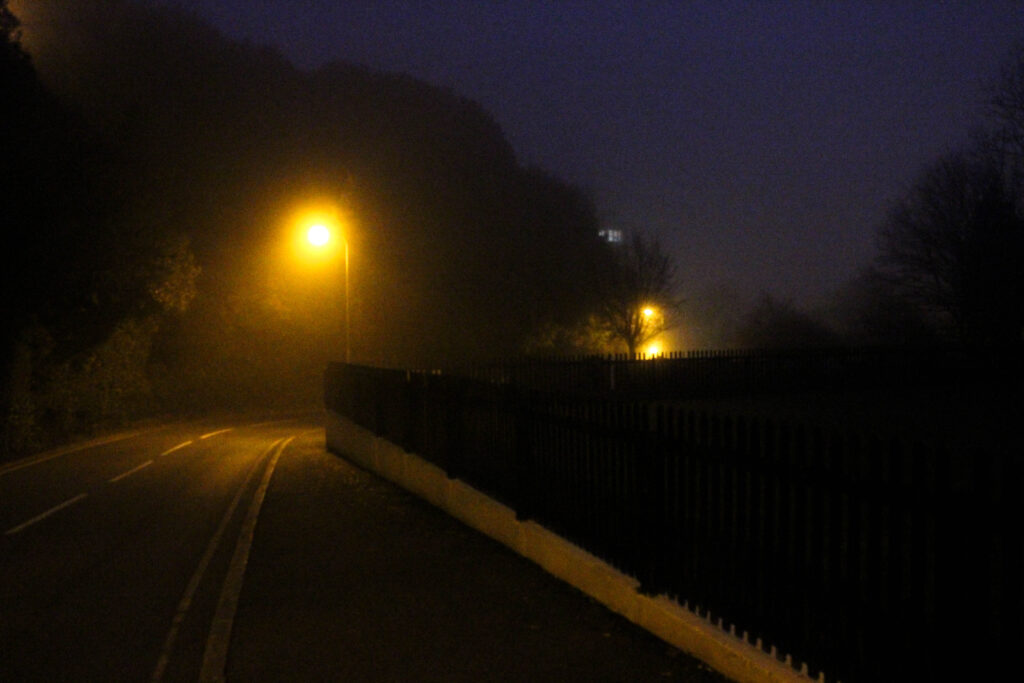
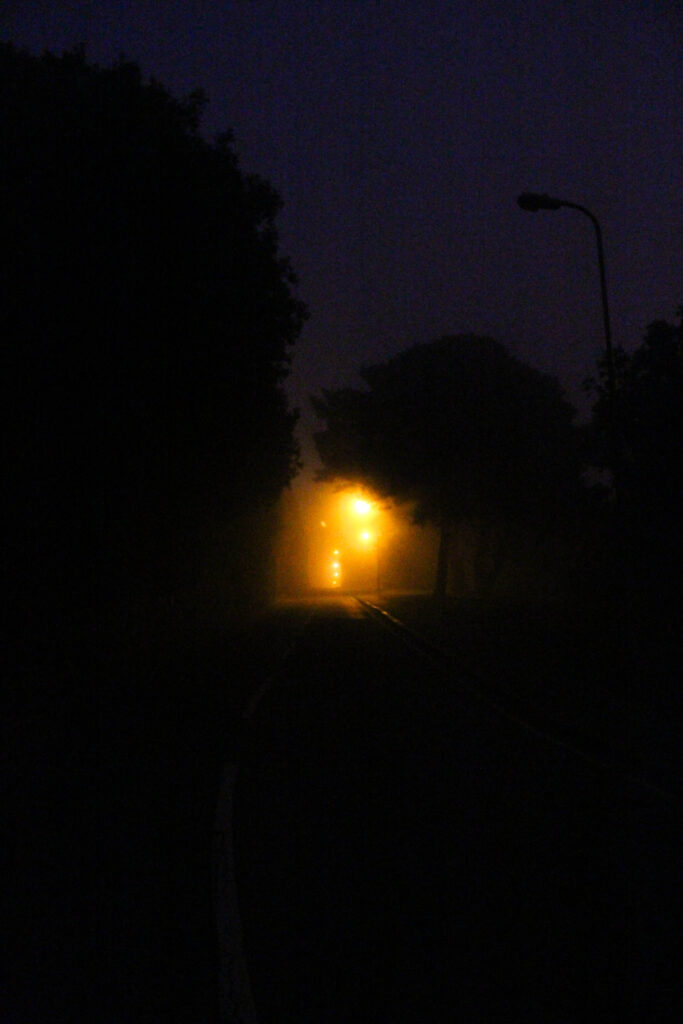
Final Image Selection – Before & After
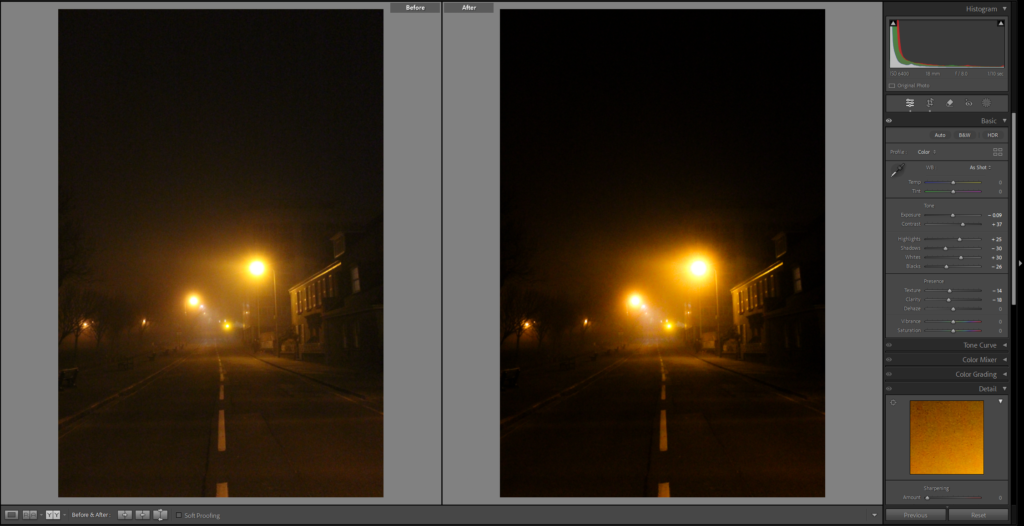
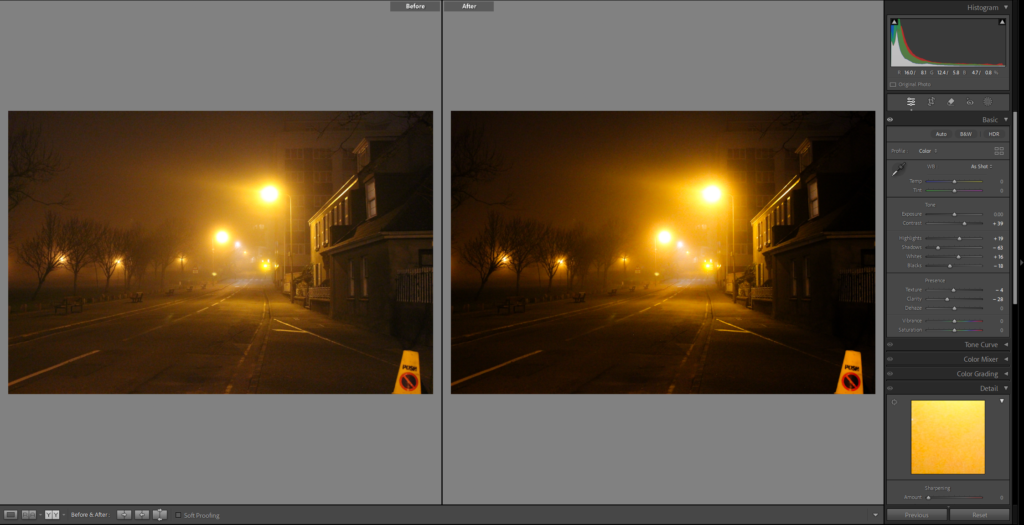
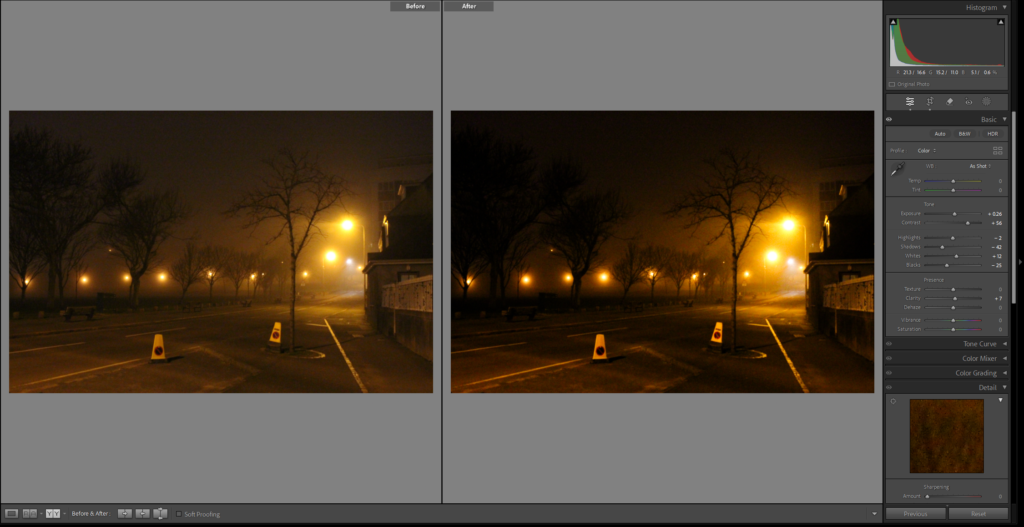
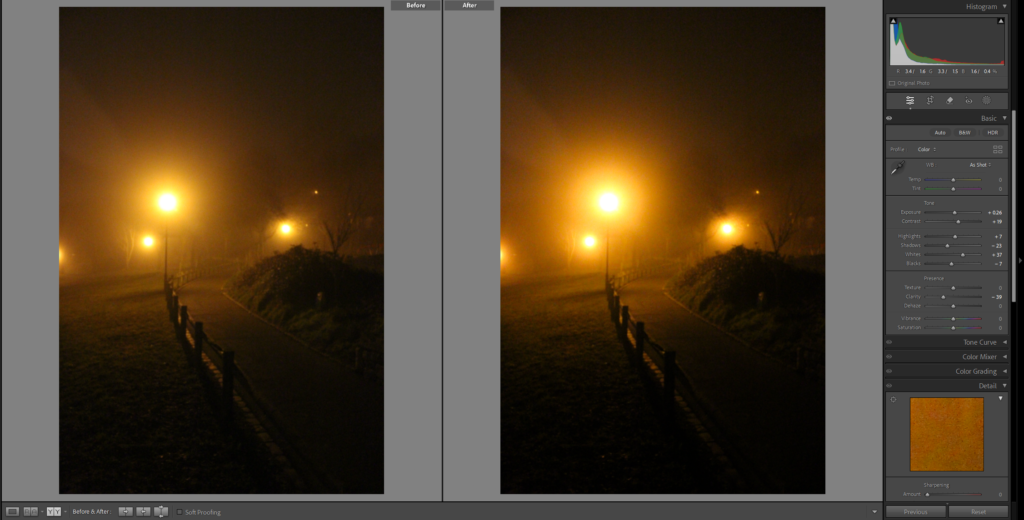
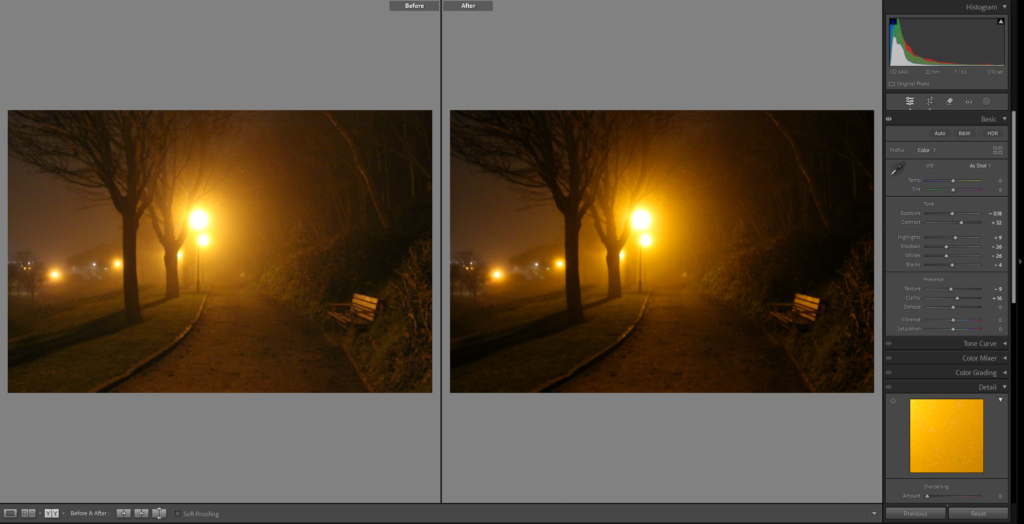
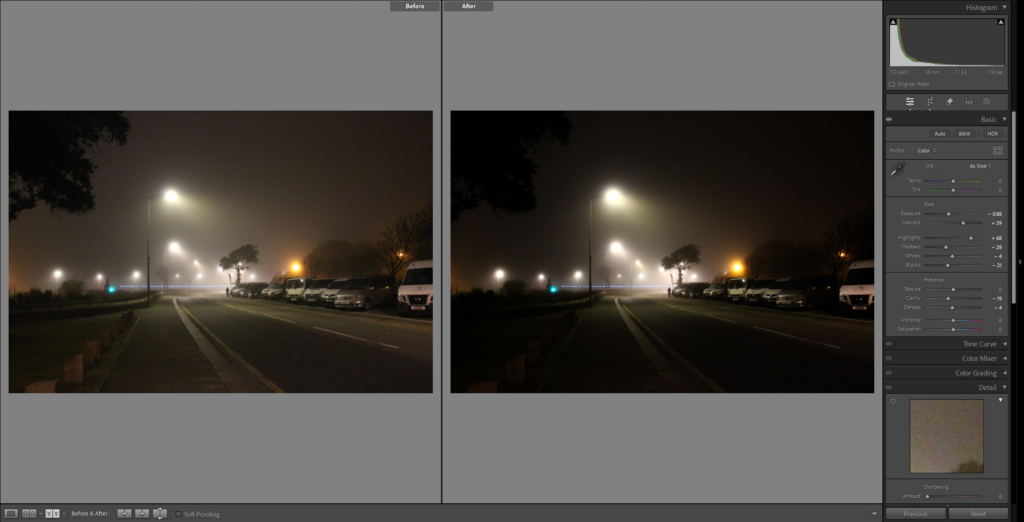

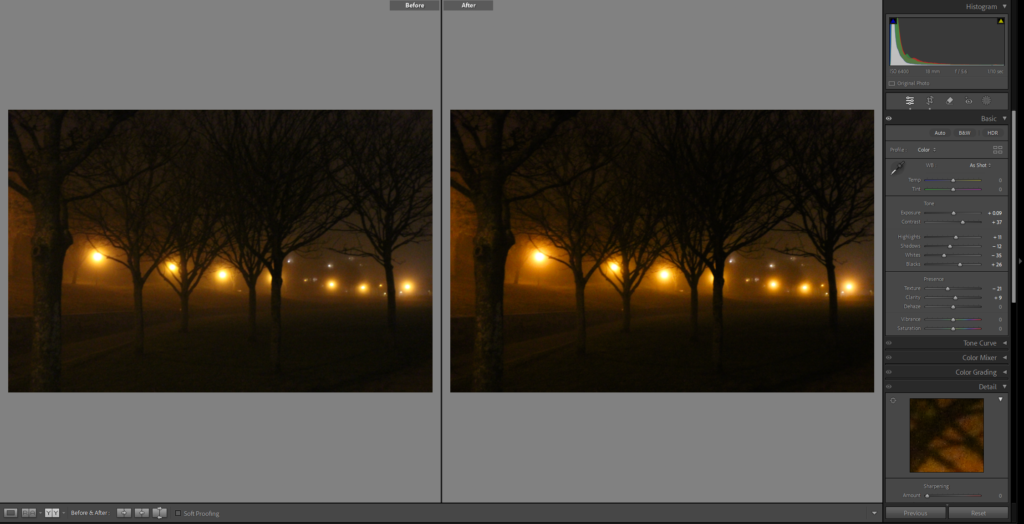
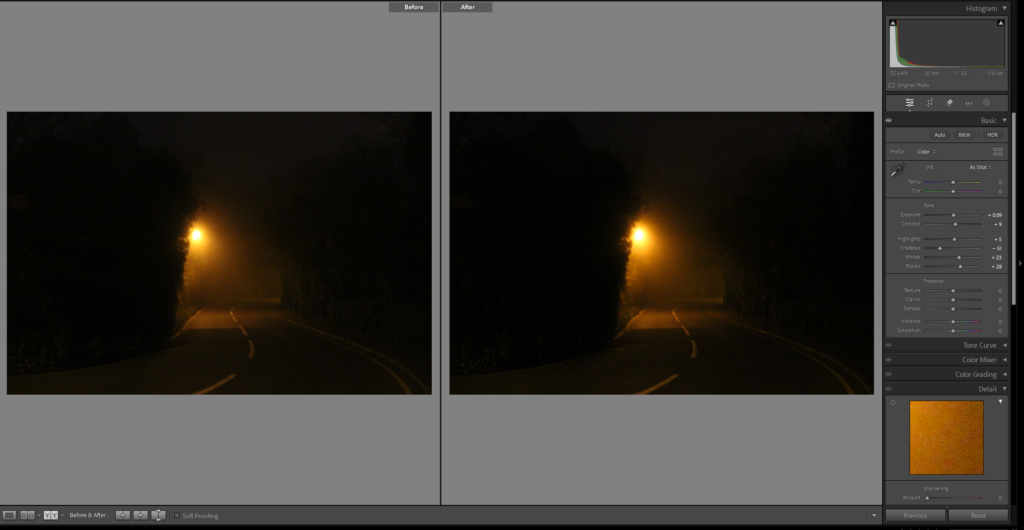
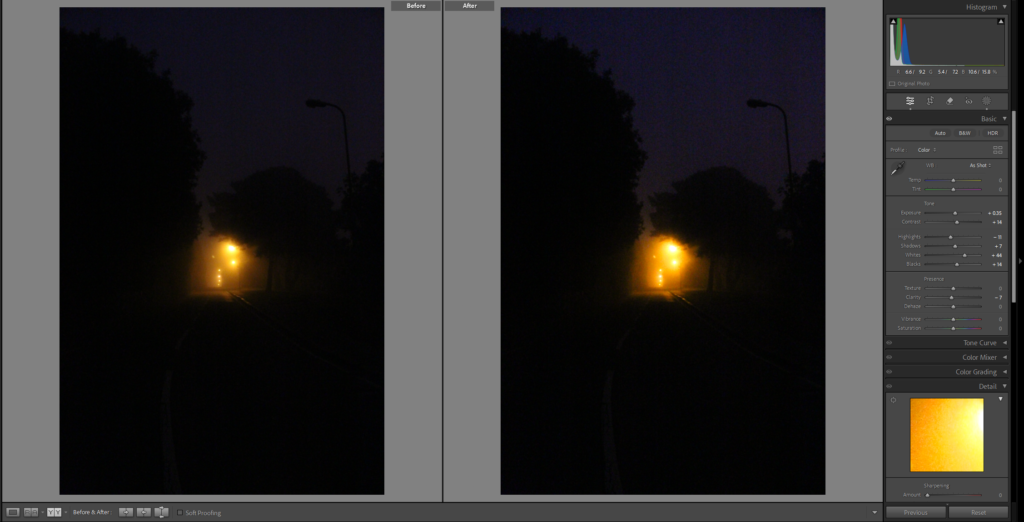
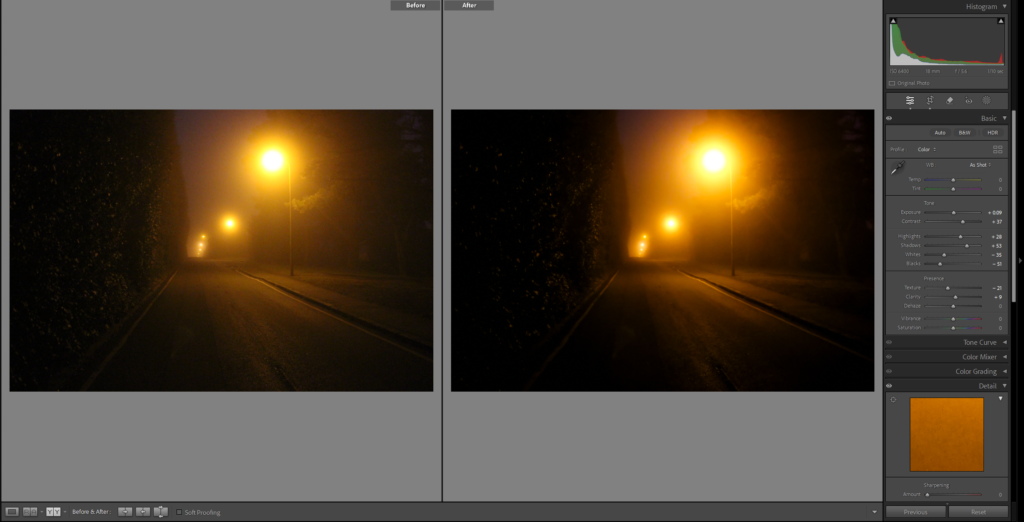
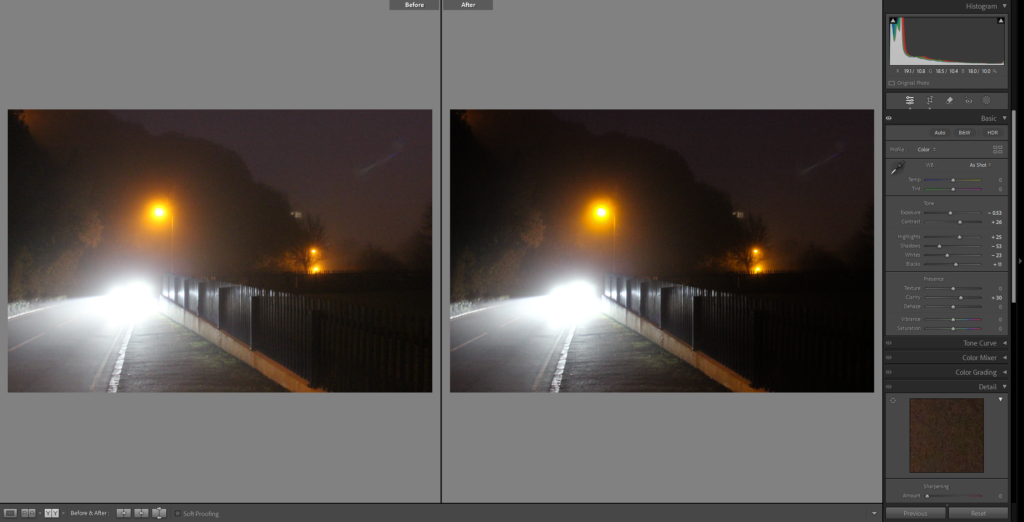
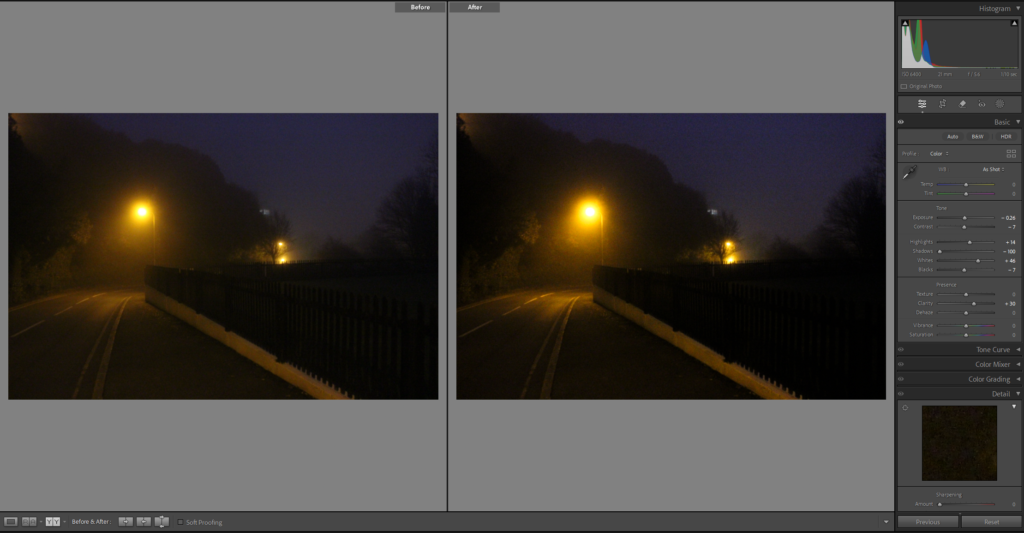
As You can see for these images, I only did subtle adjustments to them. My goal when editing was not to dramatically change the raw photos, but to slightly improve them and to refine the overall mood of the images. Every edit had a high focus on perfecting the contrast, highlights and tweaking the shadows and whites, with most of the photographs, I increased the contrast to emphasize the quality of the fog. The purpose of altering the whites, blacks and shadows to bring out smaller details which were hidden behind darker areas. Overall, my choices when editing were done to keep the natural sense of the foggy night whilst also intensifying the feeling of solitude that the images show.
Favourite photographs from this photoshoot
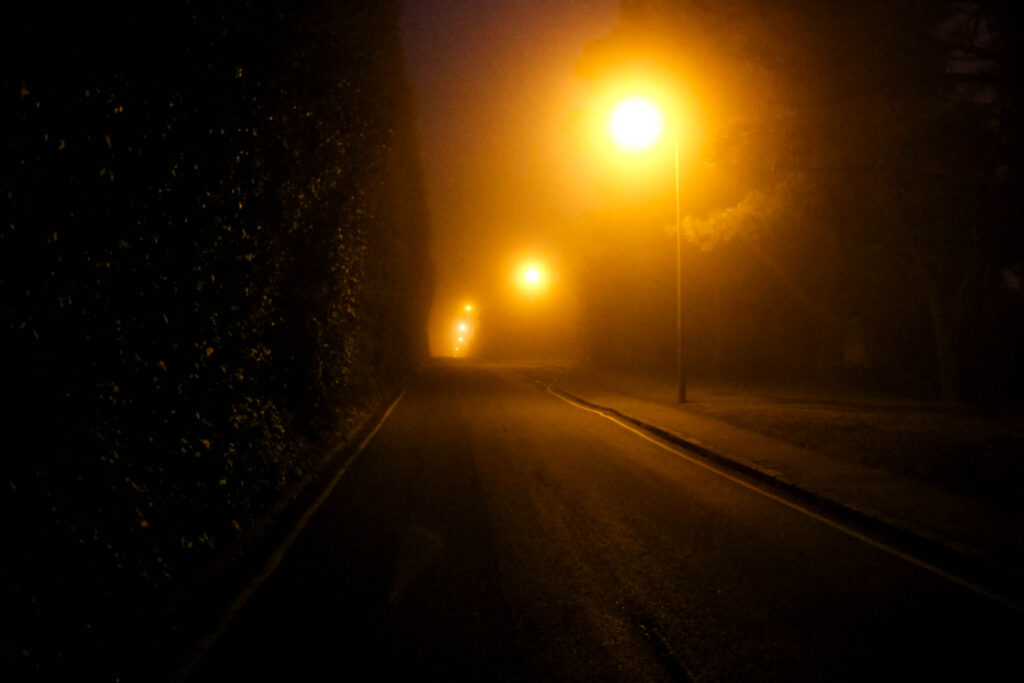
This image shows a long, desolate road being lit up by a warm glow from a row lampposts. The contrast between the left of the image being dark and the right side of the image having an intense amount of light, draws the viewers attention towards and through the road and pavement, almost like leading them into the unknown. My favourite aspect of this image is how it captures the sense of solitude, the empty road in this frame could suggest abandonment, however the working lamposts give an idea of life, fitting perfectly with my theme. This photo will be a main piece inside my photobook, as it clearly portrays the mysterious, lonely mood outlining the dichotomy between the day and the night.
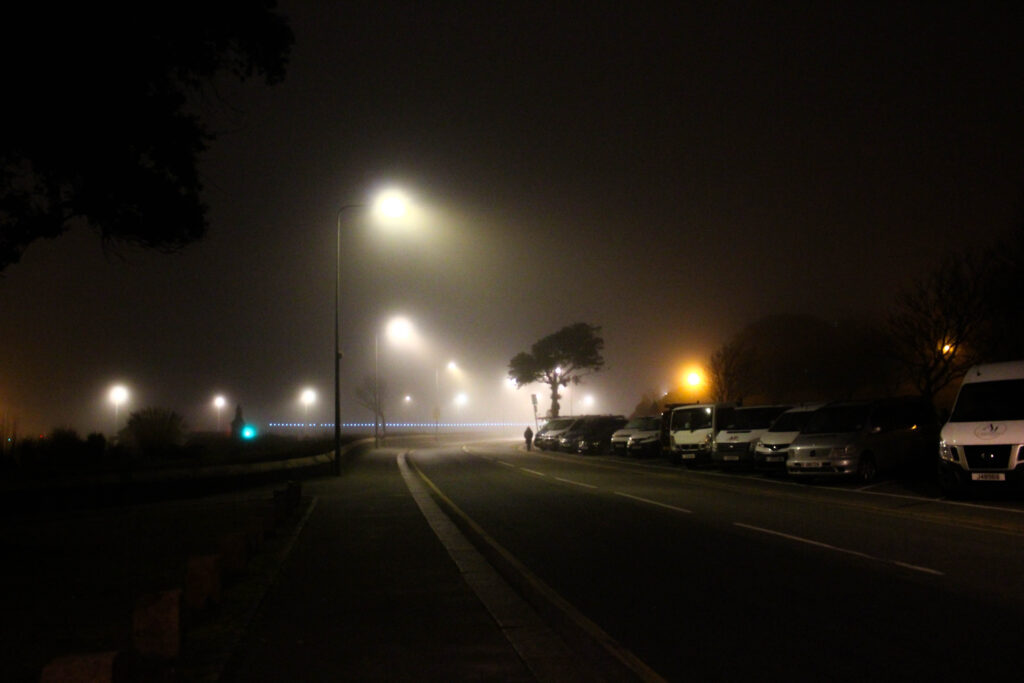
This photograph displays an urban landscape filled with mist, allowing the lampposts to scatter freely. The soft light turns into a warm glow which is complimented by the mist surrounding the lampposts, the leading lines on the road and the lights slowly fading into the distance, it entices the viewer to follow the path into the unknown, similarly to my other favourite image. In my opinion this image is the definition of the normal becoming abnormal, the emptiness of the urban setting mixed with the glow of the artificial lighting, creates a quiet narrative of walking through a place which feels both safe and uncomfortable at the same time. This photograph will also play a key role in my photobook as it reflects my theme clearly, showing how landscapes during the night become abnormal.

